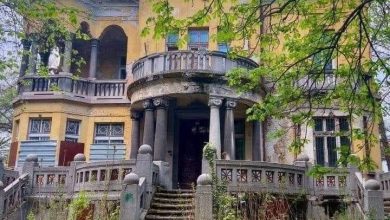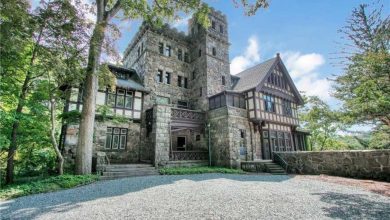Searcy Hospital – Abandoned House
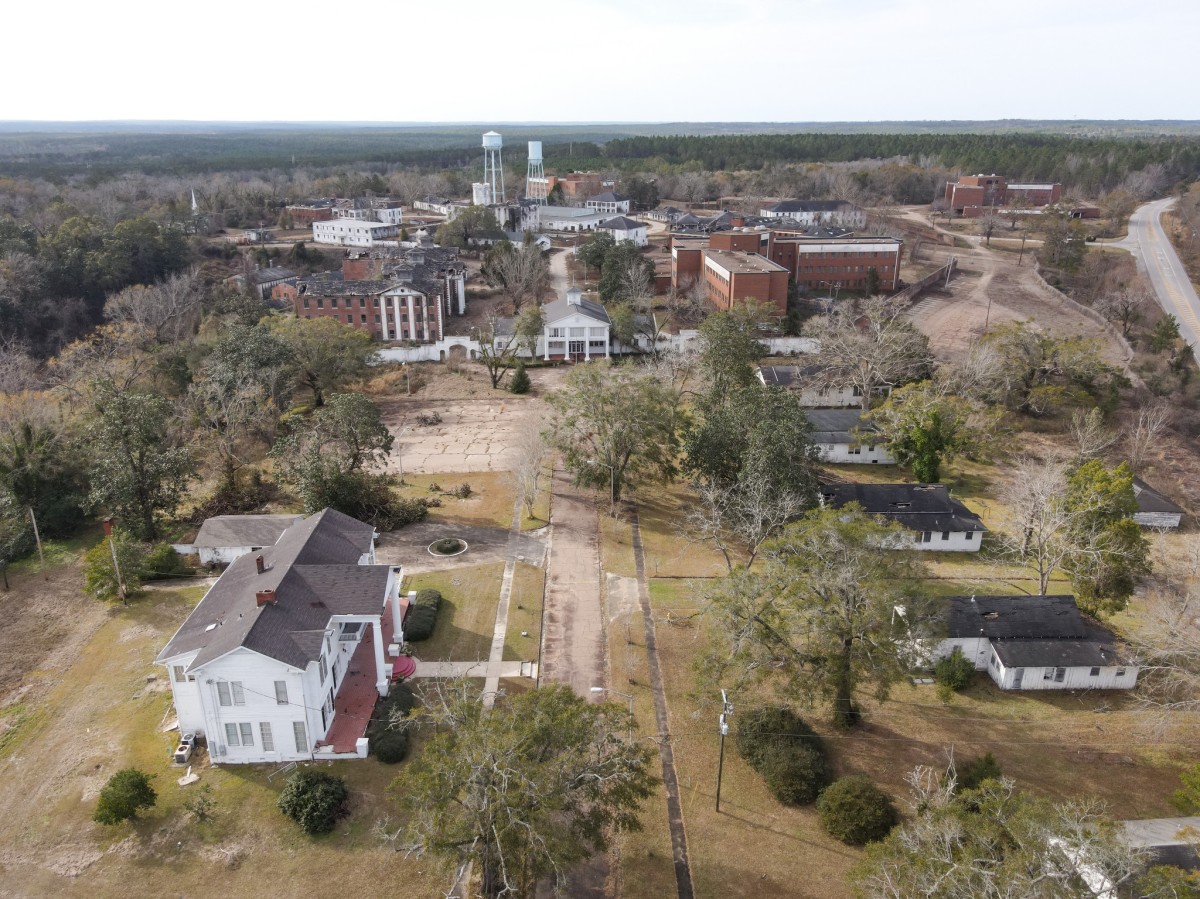
The Mount Vernon Arsenal was established by the U.S. Army near the Mobile River, three miles west of Fort Stoddert, and approximately 30 miles inland from the Gulf of Mexico. Along with the Kennebec Arsenal in Augusta, Maine, it is one of the most complete antebellum arsenals surviving to the present day. Established in 1828 as an ordnance manufacturing base, the Mount Vernon Arsenal served as one of the Army’s main ammunition plants from its inception until the Civil War. A horseshoe-shaped plan was adapted from a general plan for military posts that guided the design and construction. The three-story main arsenal building was situated at the flat end of the horseshoe. Other structures were arranged around the perimeter of the parade grounds and as gates on the 12-foot tall, mile-long, perimeter brick wall. Most of the buildings were completed by 1836. A dozen brick buildings from this era survive today, plus the retaining and perimeter walls and nine panels of the only known extant heavy picket fence.

On January 4, 1861, troops of the Alabama state militia took possession of Mount Vernon on the orders of Alabama governor Andrew B. Moore. The takeover from the small U.S. Army force, commanded by Captain Jesse L. Reno, was peaceful and bloodless. The Arsenal operated under federal control until January 4, 1861, when it was captured by forces from Mobile sympathetic to the Southern cause. After the war it was returned to federal control and used to garrison the occupying U.S. troops. In 1862, after the Battle of New Orleans, the Confederacy moved ammunition manufacturing from the Mount Vernon Arsenal to Selma, Alabama. Selma offered a more secure location farther away from Union forces. Modifications occurred due to the change in designation of Mount Vernon Arsenal to Mount Vernon Barracks on June 25, 1873. The post maintained this designation for the duration of its military history.
On April 28, 1887, the major use of the post was radically altered. At 8:30 a.m., 354 Apache Indian prisoners of war arrived at Mount Vernon Barracks. On May 13, 1888, another 46 Apache prisoners arrived at Mount Vernon. In this group were the leaders of the Apache insurgents, including Geronimo, Natchez (son of Cochise), and Loco. Shelter for the Indians was provided by the construction of a village built outside the wall surrounding the Barracks. The prisoners were relatively free to move about during the day but were required to be back in the village by sundown. There was a minor, yet constant, fluctuation of the prison population. Indians were often transferred to and from Mt. Vernon (a number were sent to Carlisle School in Pennsylvania), and the high birth rate offset the equally high death rate. This high death rate, caused by a malarial type of illness, was attributed to the village’s location. Therefore, it was demolished, and a second village was constructed nearby.


In the 1880s, Dr. Walter Reed, the U.S. Army physician who confirmed that mosquitoes spread yellow fever, served as the post surgeon at Mt. Vernon and worked closely with Geronimo and the Apache Indians. While at Mount Vernon, nearly 1/4 of the Apache population died from tuberculosis. The Apache did not want their burial customs viewed by anyone so they would bury their dead at night in secrecy. Even the Indian soldiers were affected, and a dozen were buried in the National Cemetery in Mobile. It was this high death rate that won sympathy for the Apache and was the reason for them being transferred to Oklahoma.
In October 1894, a majority of the Indian prisoners, Company I, and various ancillary personnel, e.g., the interpreter George Wratten, the hospital steward, etc., were transferred to Fort Sill in the Oklahoma Territory. The Indian village was dismantled and sent by train with them. Unfortunately, the train caught fire in New Orleans and most of the buildings were lost. The Apache Indians reached Fort Sill where they remained prisoners until 1914. Of the remaining Indians, one prisoner was transferred to Fort Sam Houston in Texas and the rest were sent to the reservation at San Carlos, Arizona in November 1894. With the departure of the Apache, the Mt. Vernon Barracks were no longer needed by the military. On December 4, 1894, two weeks after the last of the Apache prisoners left, the Barracks were abandoned.
On March 1, 1895, Congress approved the transfer of the Mt. Vernon Barracks with over 1600 acres to the State of Alabama. However, it was not until December 11, 1900, that the General Assembly of Alabama approved the use of the facility as a mental hospital. The new hospital, established to relieve Bryce Hospital, the state insane facility, and Graystone, its accompanying farm complex, of their overcrowding by establishing a mental institution specifically for African American patients. To prepare the Mt. Vernon Barracks for use as a hospital, the State of Alabama appropriated $25,000 for renovations.

In his 1902 report to the Board of Trustees, Dr. James T. Searcy, administrator of both the Mount Vernon Hospital and its counterpart Bryce Hospital (for white patients) in Tuscaloosa, stated he found the buildings at the Mt. Vernon Barracks dilapidated and that much of the valuable timber and movable property had been destroyed. In an effort to save money, many of the windows, doors, and security safeguards were made by the employees and patients at Bryce Hospital in Tuscaloosa and shipped to Mount Vernon by train. A kitchen, laundry, and heating and lighting plant were constructed to prepare the mental institution for the influx of patients. On May 20, 1902, a train chartered for the occasion transported 318 African American patients and 25 staff members from Bryce Hospital in Tuscaloosa to Mount Vernon. The railroad charged $500 for transporting the patients and asked for the payment to be made in gold.

In 1906, Dr. James T. Searcy publicized a report about a mysterious epidemic that was afflicting patients at the Mount Vernon facility, but not its staff. The undiagnosed illness had killed more than 50 patients. The disease produced disorders of the gastrointestinal or central nervous systems and caused dermatitis. Working with Mount Vernon superintendent Dr. E. L. McCafferty, Searcy’s physician son, Dr. George H. Searcy, conducted a study of patients and determined their cases were caused by ingesting moldy cornmeal, which was not fed to the nurses. The duo eventually diagnosed the malady as Italian pellagra, a disease associated with a dietary deficiency of niacin and protein. The McCafferty-Searcy study was among the first scientific studies of pellagra in the United States. The first identification of pellagra was at the Mount Vernon Hospital, before subsequently being identified throughout the country. Patients would come from all over the country for treatment from Dr. McCafferty. When Dr. James T. Searcy resigned in 1919, Mount Vernon Hospital was renamed Searcy Hospital in his honor. It was not until after Dr. J. T. Searcy’s death that he received a posthumous citation from the Alabama Medical Association for his pioneer work on pellagra and his meritorious service to mankind. The Medical Association’s citations have only been awarded to a few men and are highly coveted by the profession.
Not all patients who were admitted came voluntarily, many were sent by court order. In 1910, Della Hamilton murdered her husband, Elmore Hamilton, by striking him in the head with a hatchet in their home near Montgomery. She said that she killed her husband because he would not let her go to church. When she decided to leave the house and go, he brought her back home. About a month before the killing, Mrs. Hamilton she was confined to the county jail for dementia. After her arrest and being told of the charge of murder, she went on a rampage and destroyed the lights in her jail cell according to reports. Ten days later, Judge J. B. Gaston deemed her insane and ordered her to be confined at Mount Vernon Hospital for the rest of her life.
On August 20, 1918, as World War I was beginning to near an end, 50-year-old Tom Bailey was committed to Mount Vernon hospital by the Mobile Probate Court. There was no next of kin listed on his record and during his 41 years at Searcy, there was no record of him ever receiving any correspondence or anyone ever visiting him. Tom Bailey died on August 3, 1959, at the age of 91 and was buried the next day in the hospital cemetery at the expense of the state.
According to local newspapers, by May 1935, more than 10,000 patients had walked through the doors of Searcy Hospital since it first opened. In 1935, the patient population was listed at 1,676, but would steadily grow each day. By September 1937, there were 1,741 patients at Searcy Hospital. The allowance paid by the state for each patient was $3.25 per week. In the 1930s, the state owned 2,192 acres at Mount Vernon and much of it was farmland for the institution. The land was worked by the patients who tended the farm, garden, and dairy all going towards making the institution self-sufficient.
In 1939, Dr. McCafferty was honored by the Alabama Medical Association and the Mobile County Medical Association for his research work on pellagra. Dr. Emit L. McCafferty died several years later on January 15, 1946, from a heart attack caused by the flu. He was buried on his 69th birthday. Dr. Harry S. Rowe, who had been a staff member since 1923, succeeded Dr. E. L. McCafferty as superintendent. Several major buildings were built during Dr. Rowe’s tenure, including the Hospital for Men and the Hospital for Women in the 1950s.
In January 1968, Searcy Hospital made news headlines after a four-hour-long riot led to two inmates escaping. Officials said a riot broke out in a criminal ward that housed 150 male inmates. They threw beds, busted windows, and wrecked the ward causing nearly $8,000 in damages. One escapee, Charles Underwood of Tuscaloosa, was captured in Citronelle, about 15 miles from the facility. Another inmate, identified as Thomas Rowry of Sumter County, who had been at Searcy since 1963 on a charge of assault with intent to murder was still at large. He had previously escaped from Searcy in 1963 and was recaptured in California months later. Dr. Rowe told the newspaper it was the worst uprising he had ever seen at the hospital and things would have been much worse if he had not received immediate help. When word went out at around midnight that inmates in one barrack, about one-third of them confined to a criminal ward, had taken a hospital attendant hostage and were running wild, as many as 200 police officers from surrounding communities responded. Unable to reason with their demands, police fired tear gas and sprayed fire hoses into the ward after the inmates refused to come out. Two inmates were injured during the incident. Mobile County deputies were stationed at Searcy for several days afterwards as a precautionary measure. Dr. Rowe temporarily transferred 10 inmates, who he believed were the ringleaders, to Atmore State Prison Farm until some of the damage in the wards could be repaired.
In 1970, Dr. Jaime E. Condom was named superintendent after Dr. Rowe retired. Dr. Condom was raised and educated in Cuba until the beginning of the Cuban Revolution. He and his family then fled to Miami, and shortly after to Spain, where he received his doctorate in medicine in 1962 from the University of Madrid School of Medicine. He would later move back to Miami where he earned his citizenship in 1966. While in Miami, Dr. Condom attended the University of Miami School of Medicine where he continued his education with postgraduate studies. In 1963, Dr. Condom accepted a position with Searcy Hospital. He practiced family medicine on the weekends and afterhours. From 1968 until 1970, he served as the medical director and from 1970 until 1980 served as superintendent of Searcy Hospital. Under Dr. Condom’s leadership, administrative staffing was established at Searcy and separated from Bryce. He was responsible for the transition of the institution from a custodial facility to a full-service treatment hospital and oversaw the court-ordered desegregation.
In the 1970s, with the federally mandated abolition of racial segregation in state-run institutions, Searcy began accepting both black and white patients. The move came just on the cuff of a profound philosophical shift within the field of mental health itself that favored decentralized treatment of the mentally ill, which rendered large hospital complexes like Searcy increasingly obsolete. Over the following decades, its buildings slowly fell into disuse. In December 2010, the federal government deeded the property to the Alabama Department of Mental Health and restricted its sale: all the money must go back to mental health. Searcy Hospital permanently closed in October 2012 with little fanfare. The land was surveyed but never appraised and no one has expressed an interest in the property either.
There are 40 buildings on the site, 32 of which are considered to be historically significant. Nineteen buildings survive the 1830s-era construction period. Most have been altered over the years and most are suffering serious deterioration from compromised roofs, windows, and walls. Two buildings have collapsed since the facility closed and many are covered in overgrowth. Only Mount Vernon and Kennebec, Maine arsenal complexes survived the military’s 1830s building program as more than one building. Ironically, Kennebec Arsenal also became a state mental hospital around 1900 and was abandoned a century later. It was recognized as a National Historic Landmark in 1970 and is now enjoying an extensive revitalization effort. The Mount Vernon Arsenal and Searcy Hospital complex were added to the National Register of Historic Places in 1987.
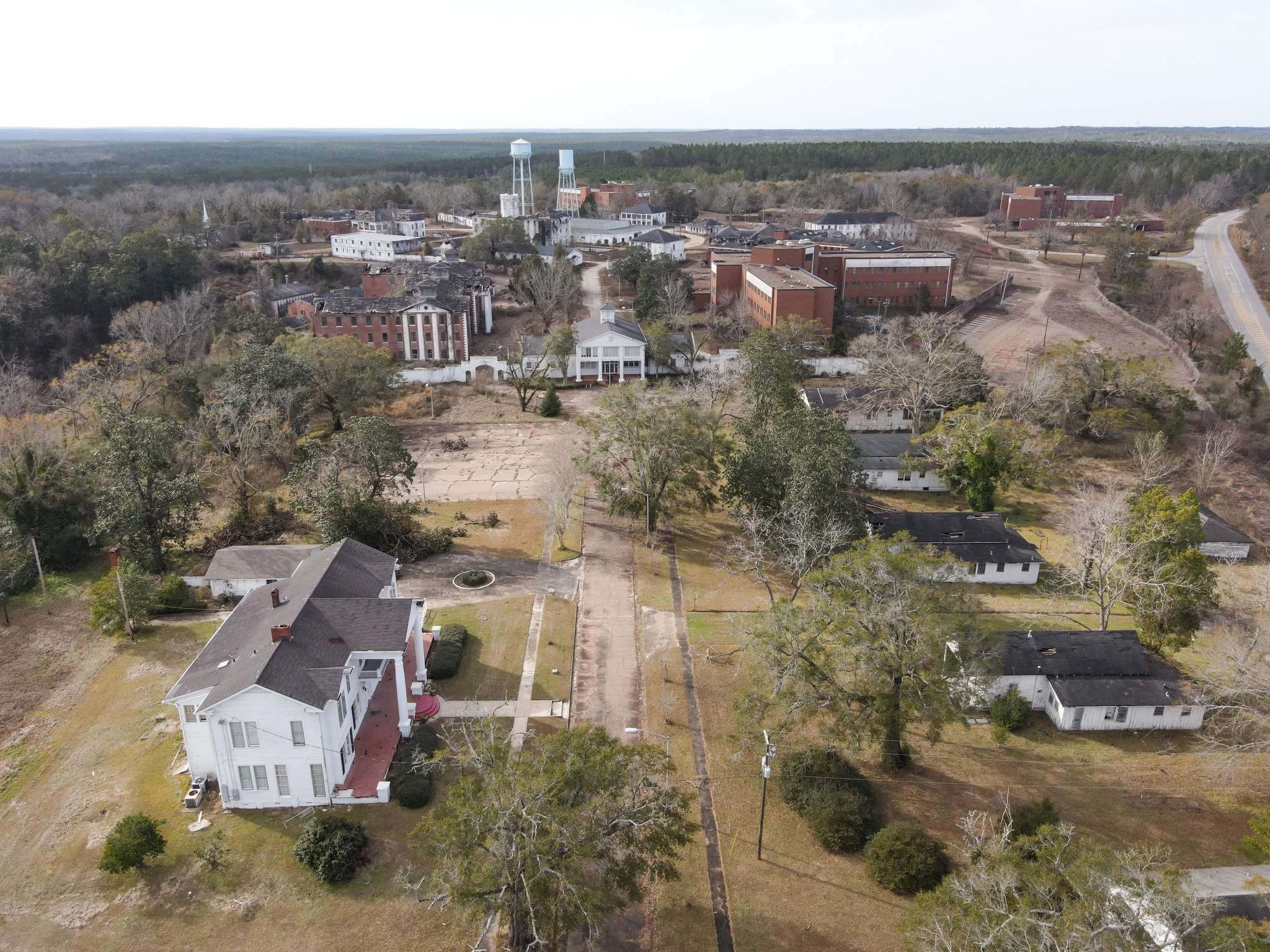
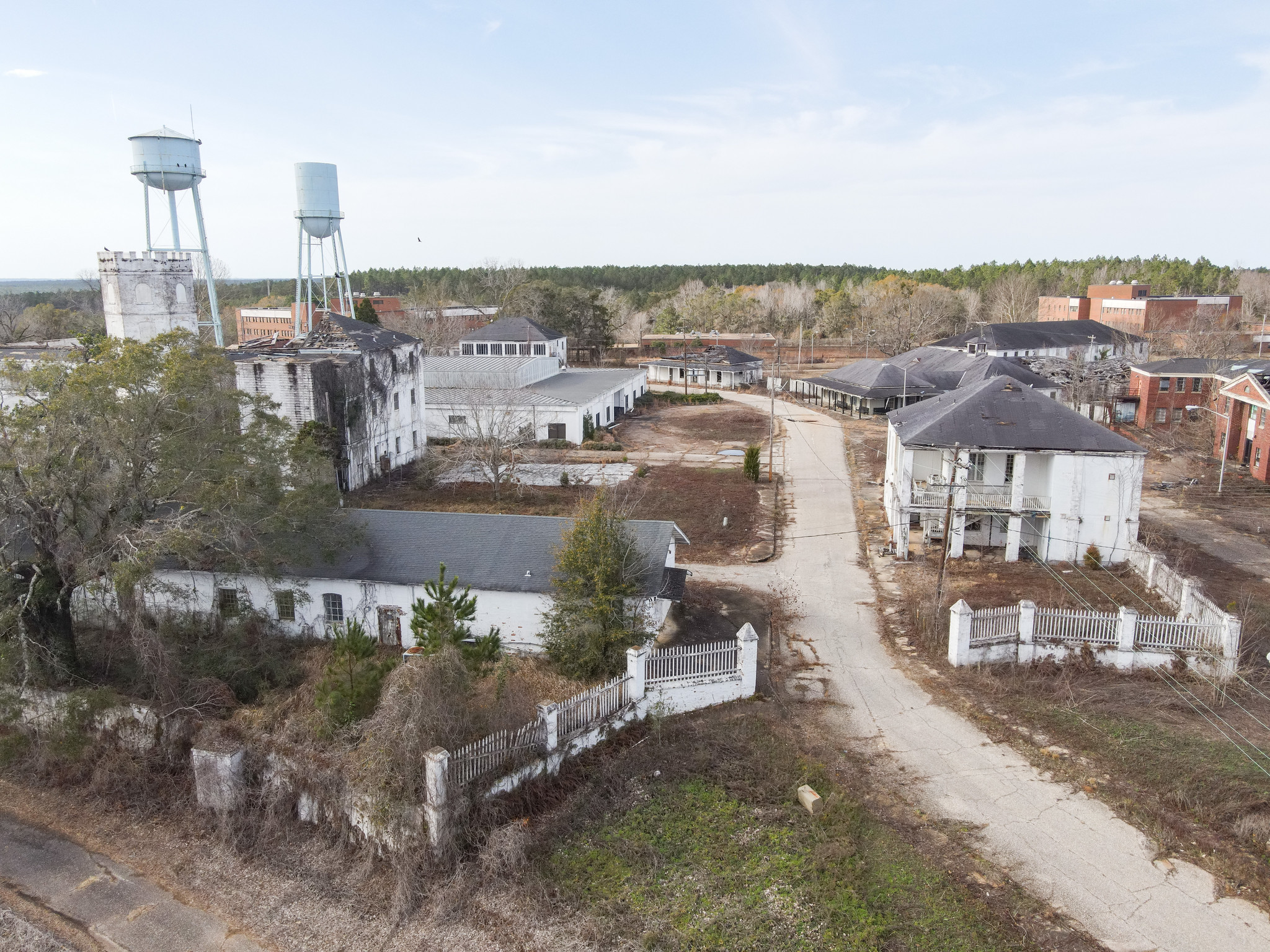
In contrast, Mount Vernon’s architectural integrity is seriously threatened by years of deferred maintenance due to insufficient resources to maintain the facilities. In addition, there is significant uncertainty about the future of the Searcy Hospital complex. Although the property was added to the NRHP, which grants recognition but only limited protection and no direct preservation funding. Historians believe that Searcy Hospital merits consideration for National Historic Landmark status, some contend that it may qualify as a World Heritage Site. A growing consensus among Alabama’s cultural resource managers indicates that Searcy needs a long-term solution that will require years to implement. Most importantly, the grounds need immediate action to address the condition of each building. Improved security is also necessary to protect the state’s investment and the irreplaceable historic structures that are deteriorating. Protection is also required for the substantial archaeological resources that have yet to be unearthed across the 1500-acre site.
Two large cemeteries for African American patients with as many as 700 graves are protected by the Alabama Burial Law but are now so overgrown, they have become difficult to locate. In addition, there are the gravesites of numerous Chiricahua Apache Indians who were buried in secrecy. The sites of two Apache villages with log cabins have been discovered but there is still much more that has yet to be uncovered. The pieces of this extensive historic site deserve protection, preservation, and revitalization for the State of Alabama to capitalize on the immense value of this extraordinary place. In recent years, Searcy has been hit with numerous tornadoes and straight-line winds that have severely damaged many of the historic buildings, yet little has been done to repair or salvage the structures.
Years of neglect have caused many of the buildings to become extremely dangerous, and several people have been hurt in the last couple of years according to authorities. During a tour of the grounds, law enforcement that shared a number of stories of rescuing people from buildings after breaking bones or falling through floors. In one instance, several people climbed the water tower and once they reached the top, the ladder broke behind them leaving them stranded. The fire department had to be dispatched to get them down. If you explore Searcy, please remember it is a state-owned property and anyone caught trespassing can potentially be charged with a felony. The state continues to maintain a 24/7 security presence as well as local and state law enforcement patrolling the property.
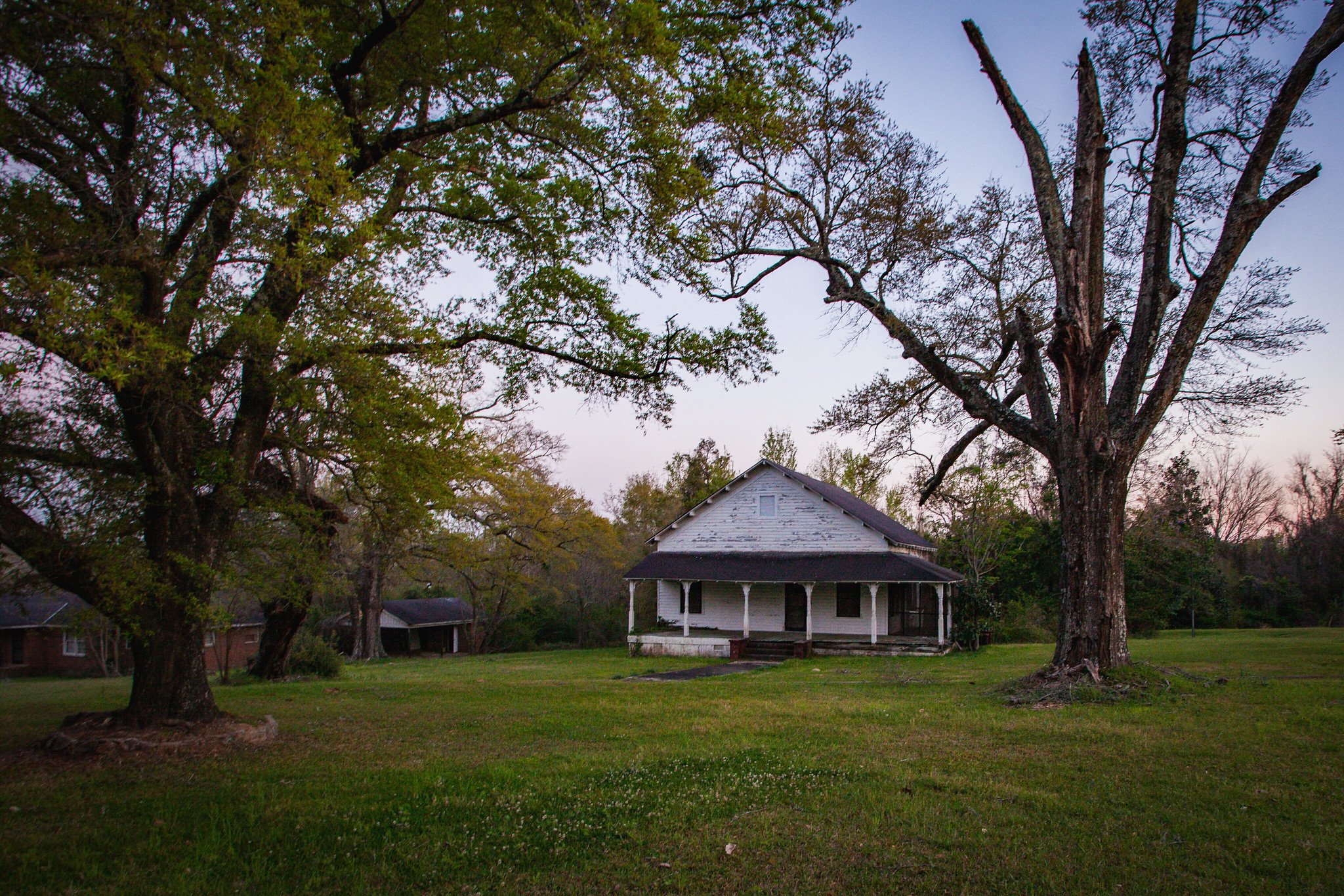
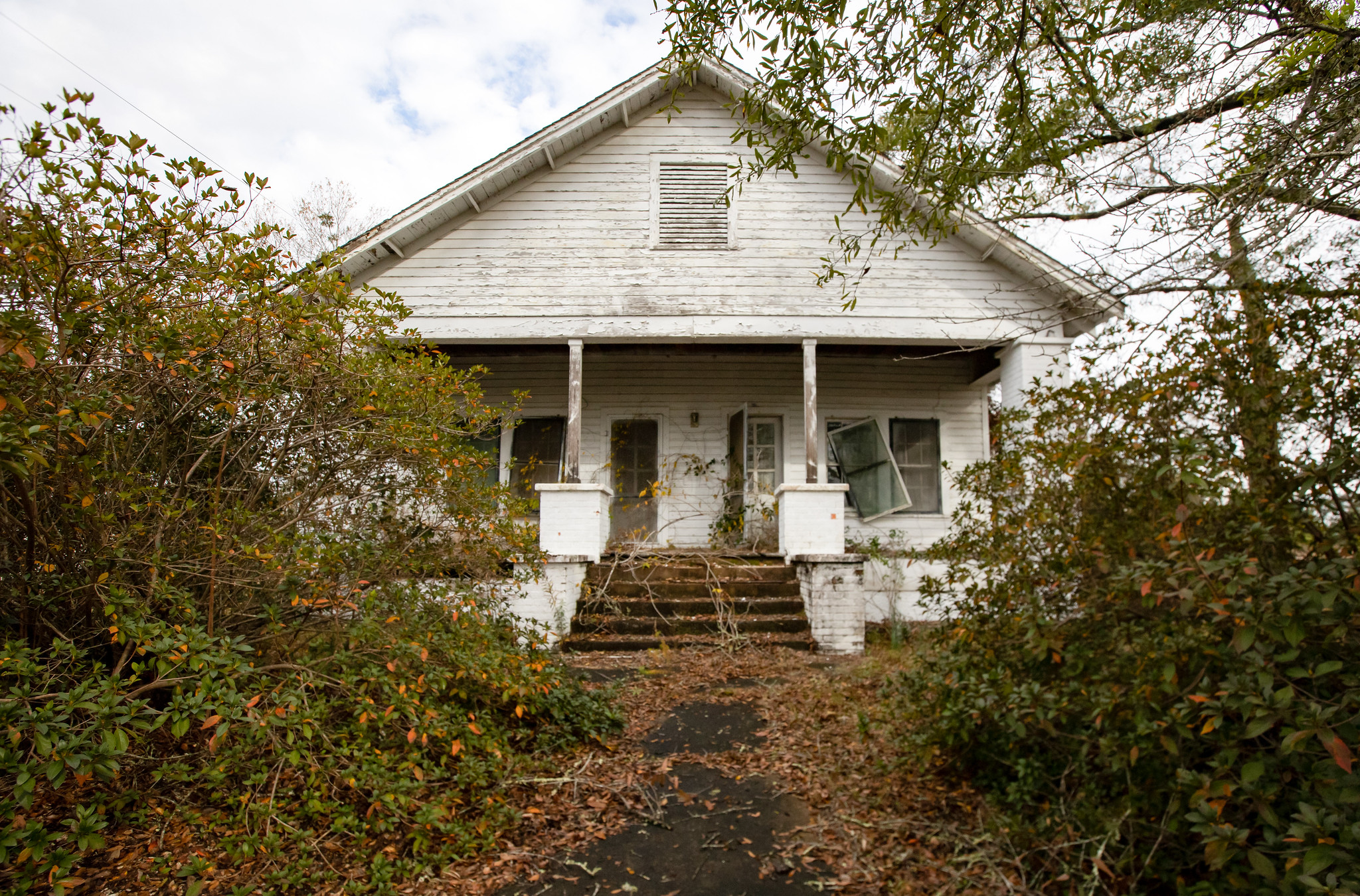
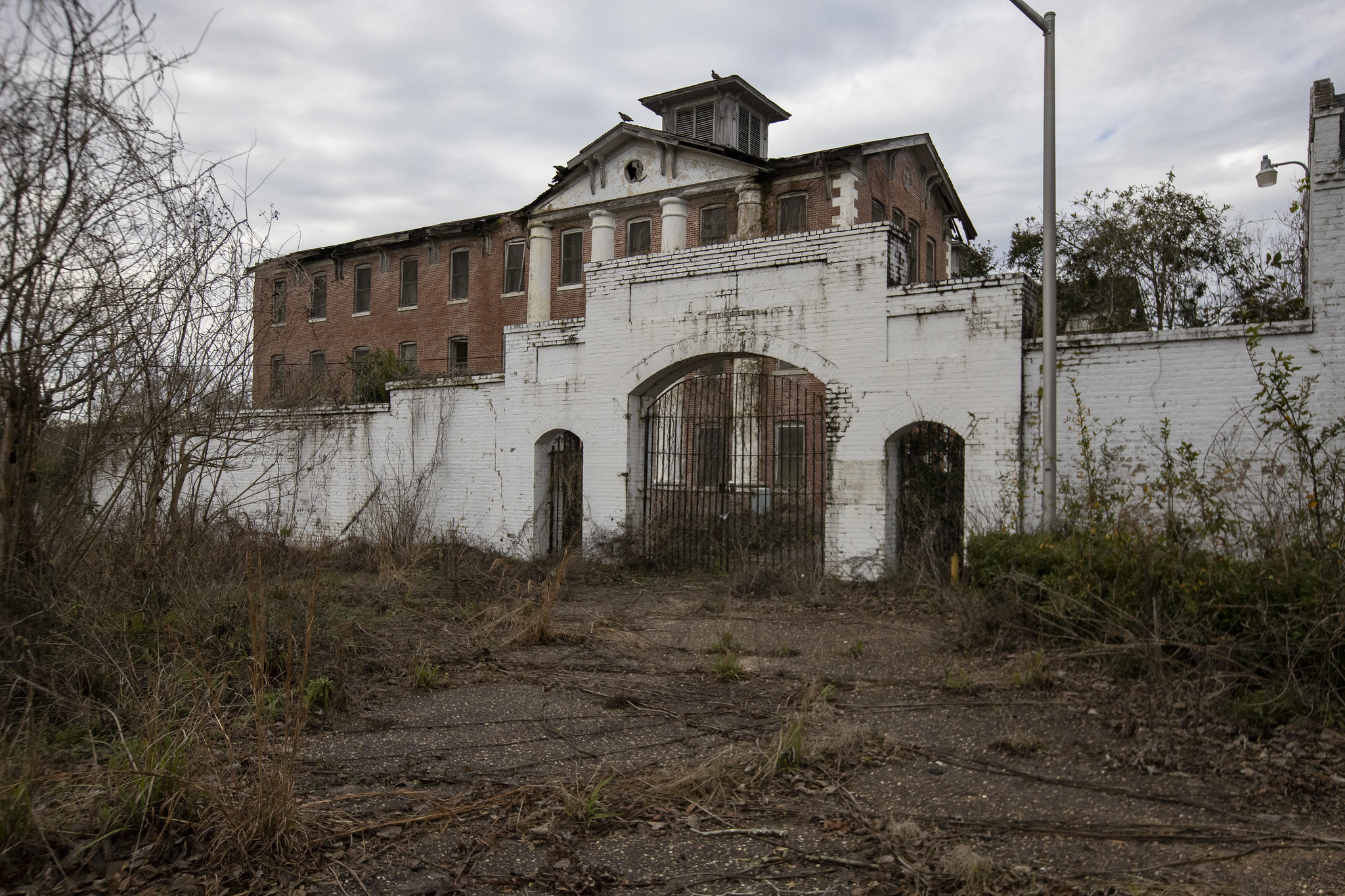
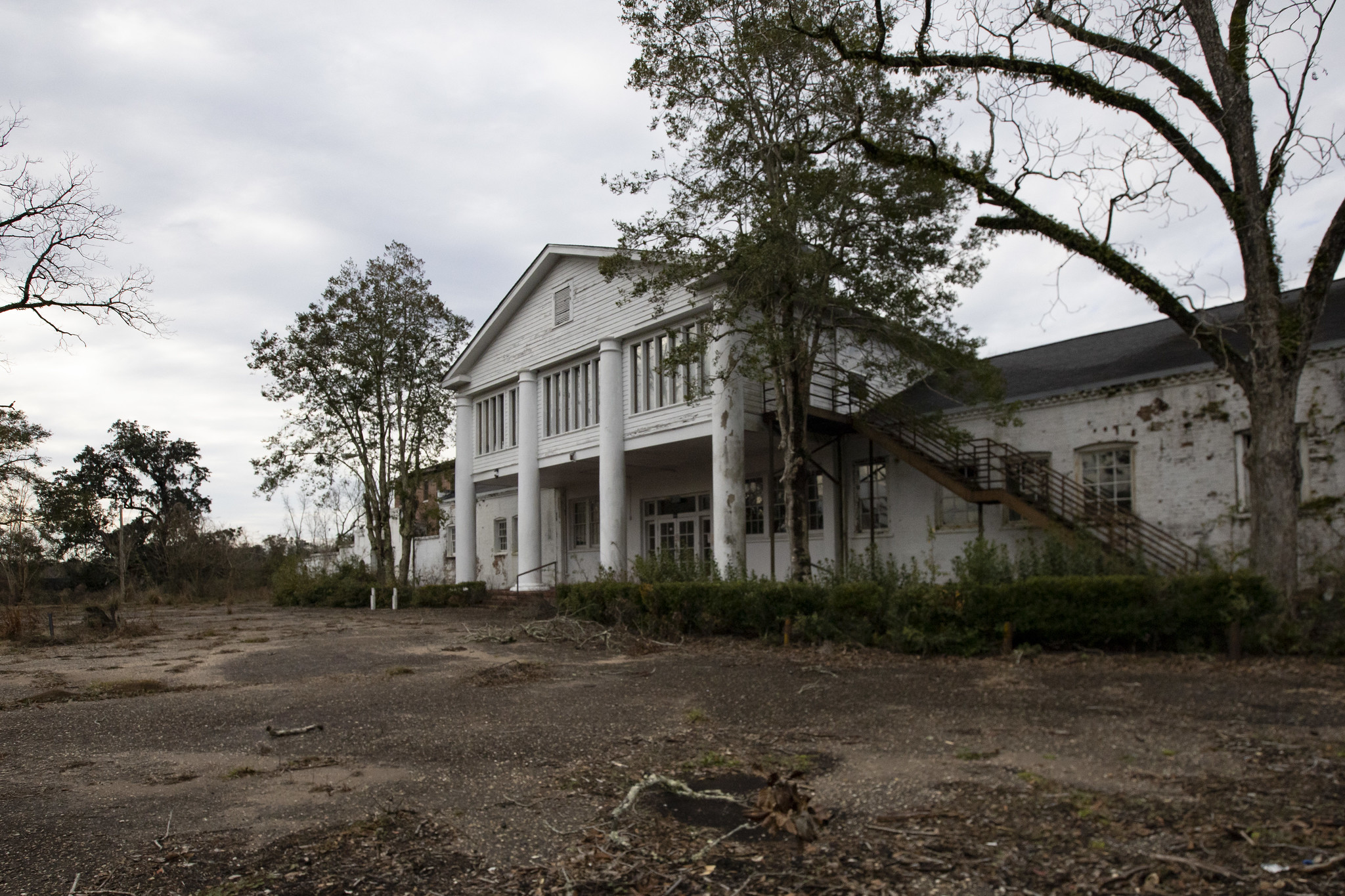
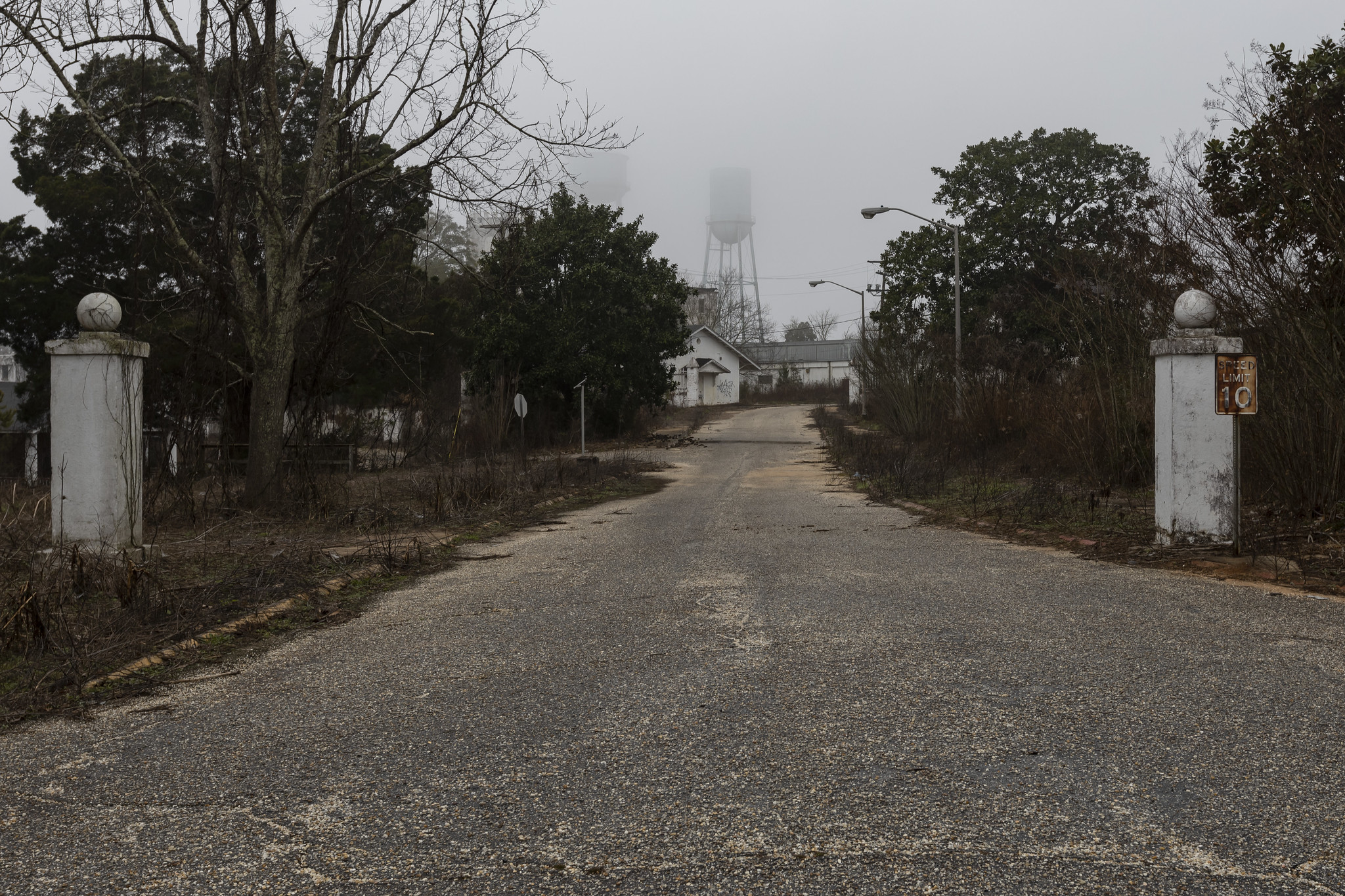
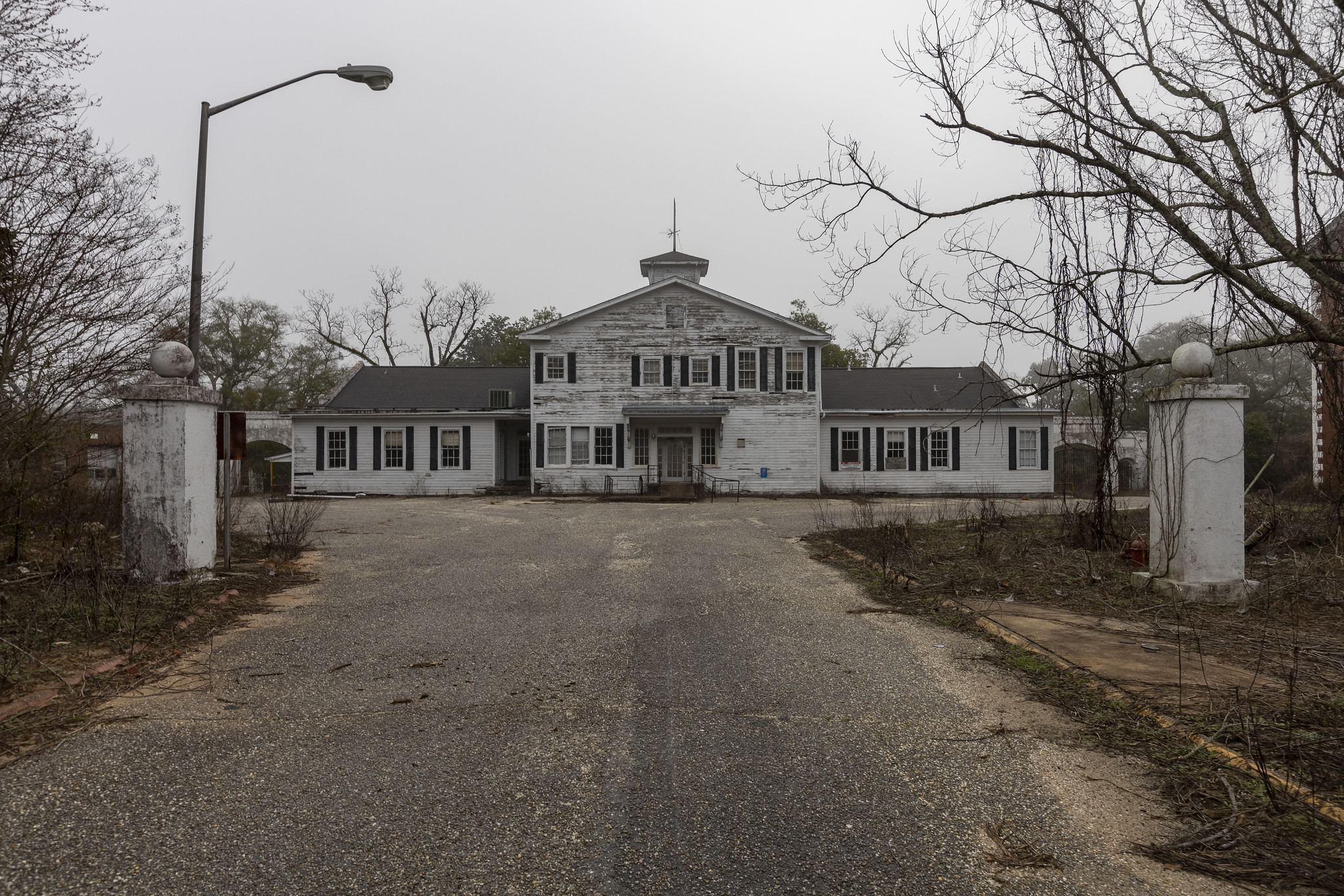
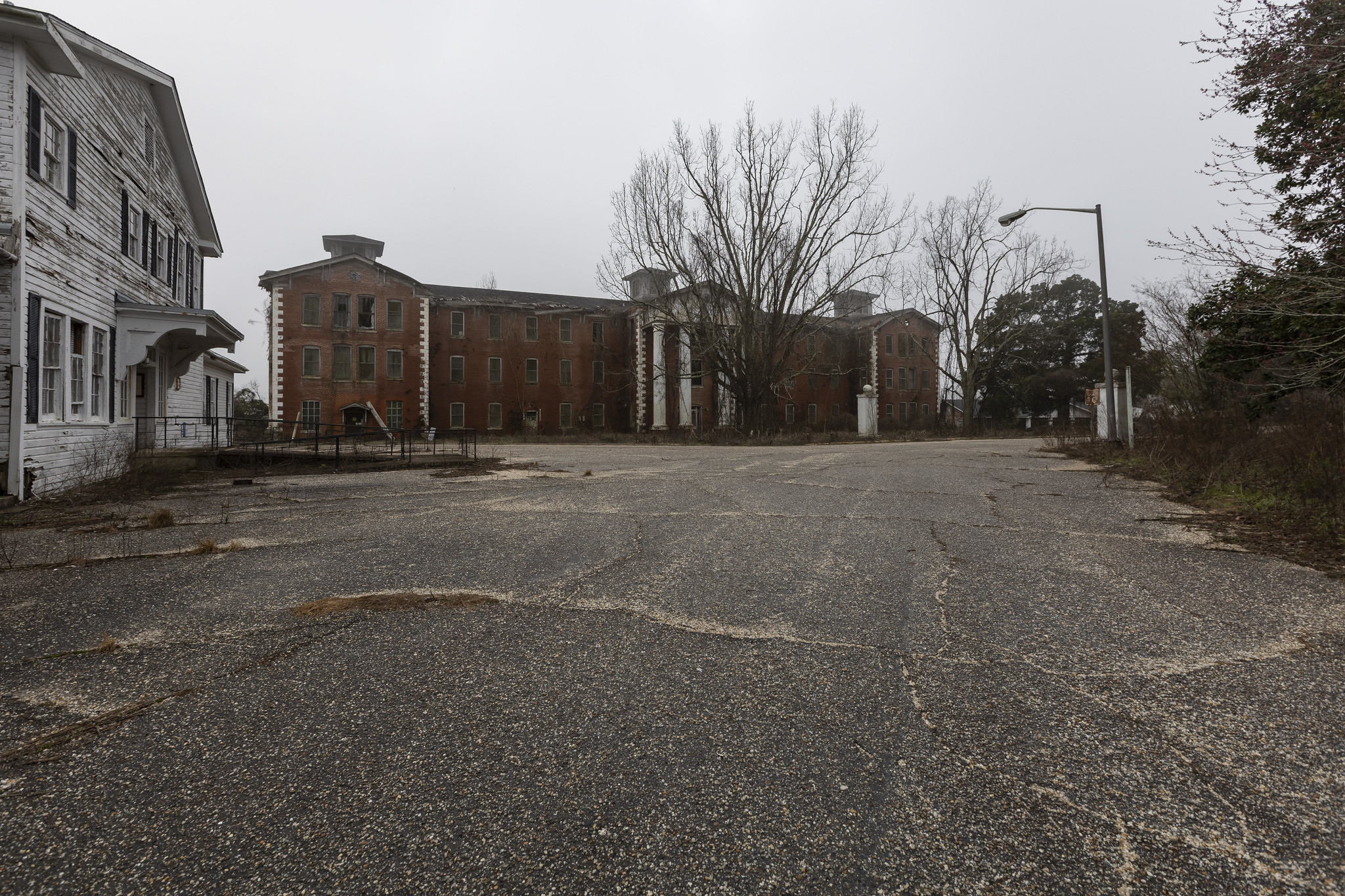
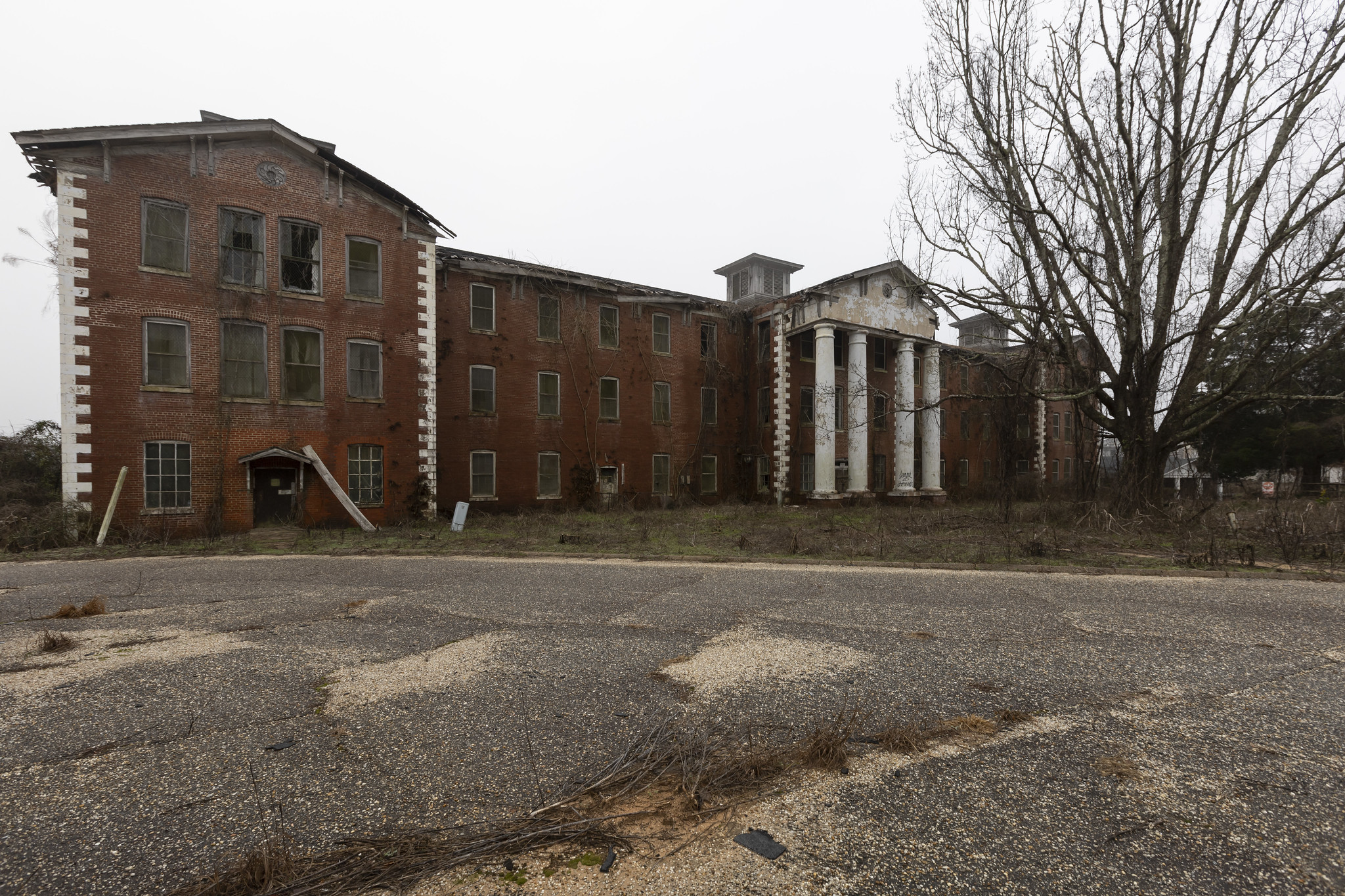
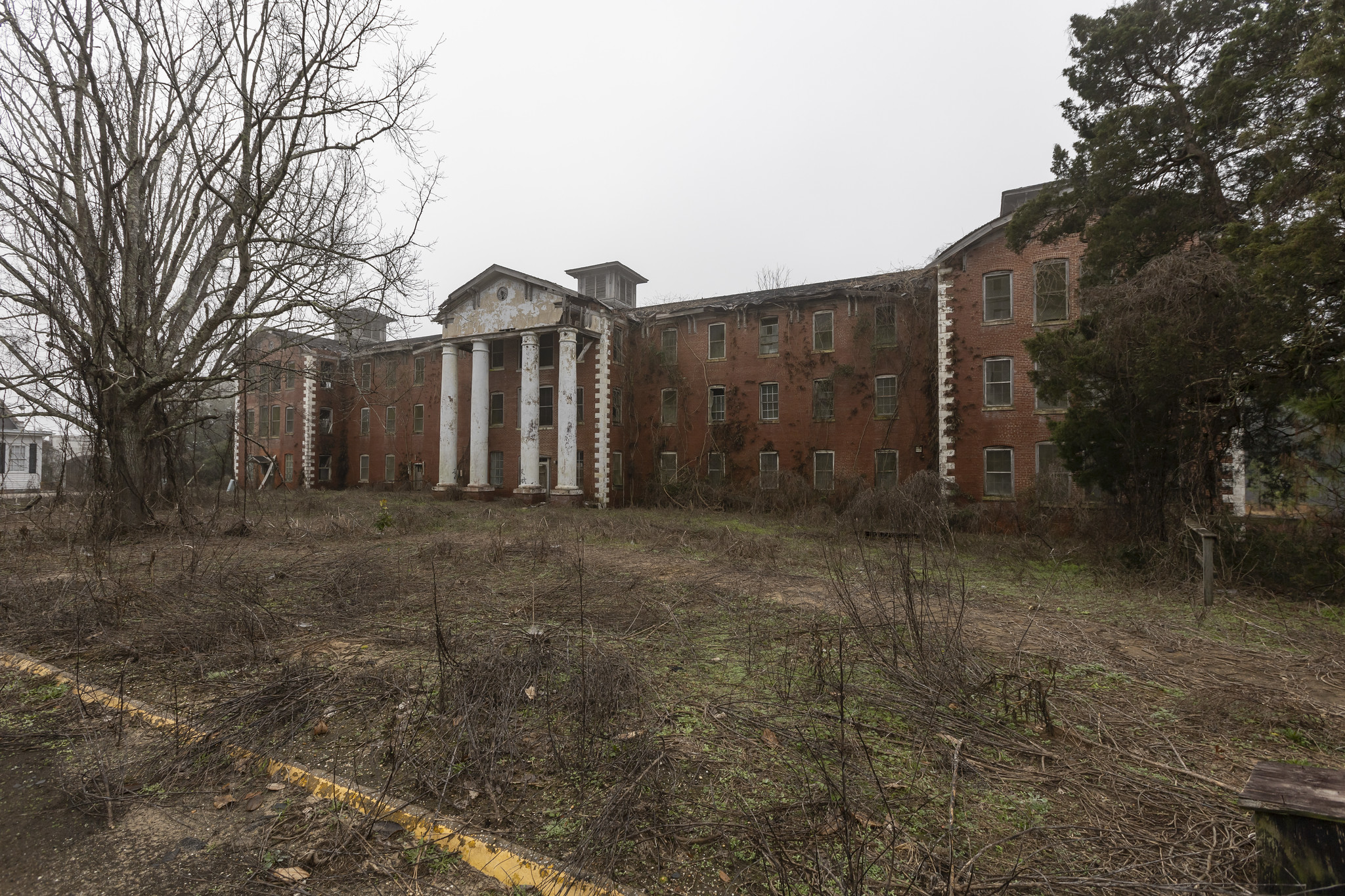
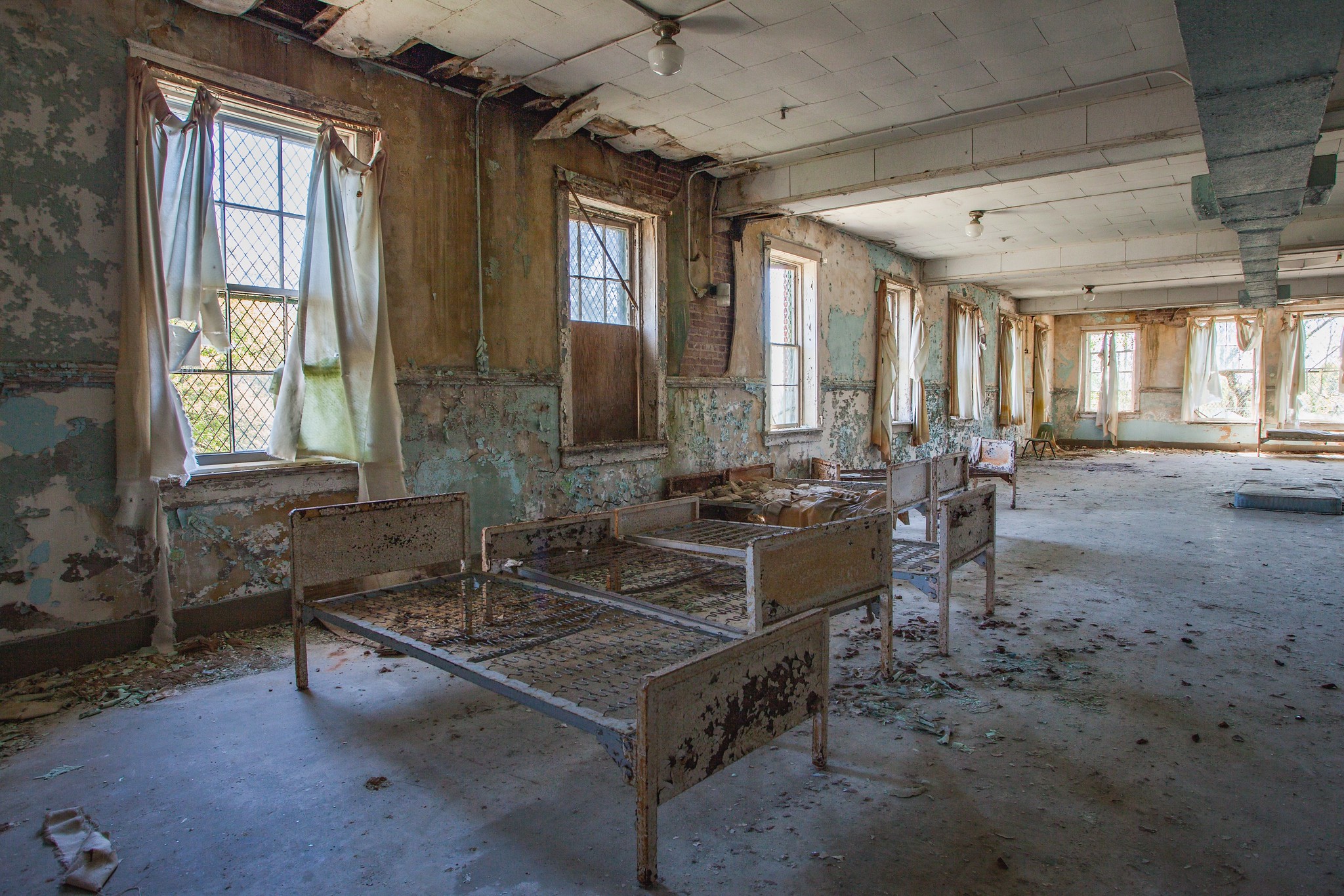
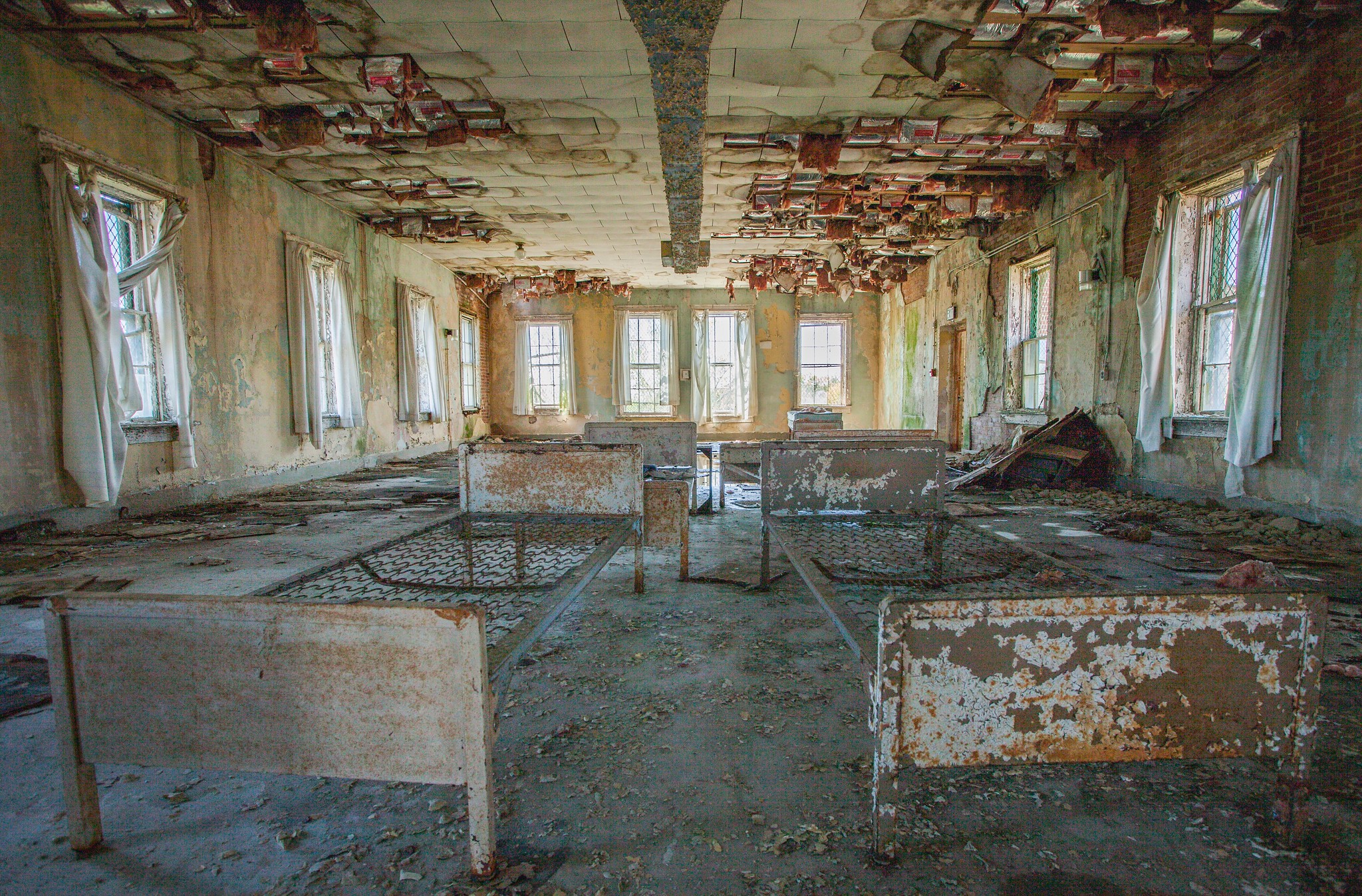
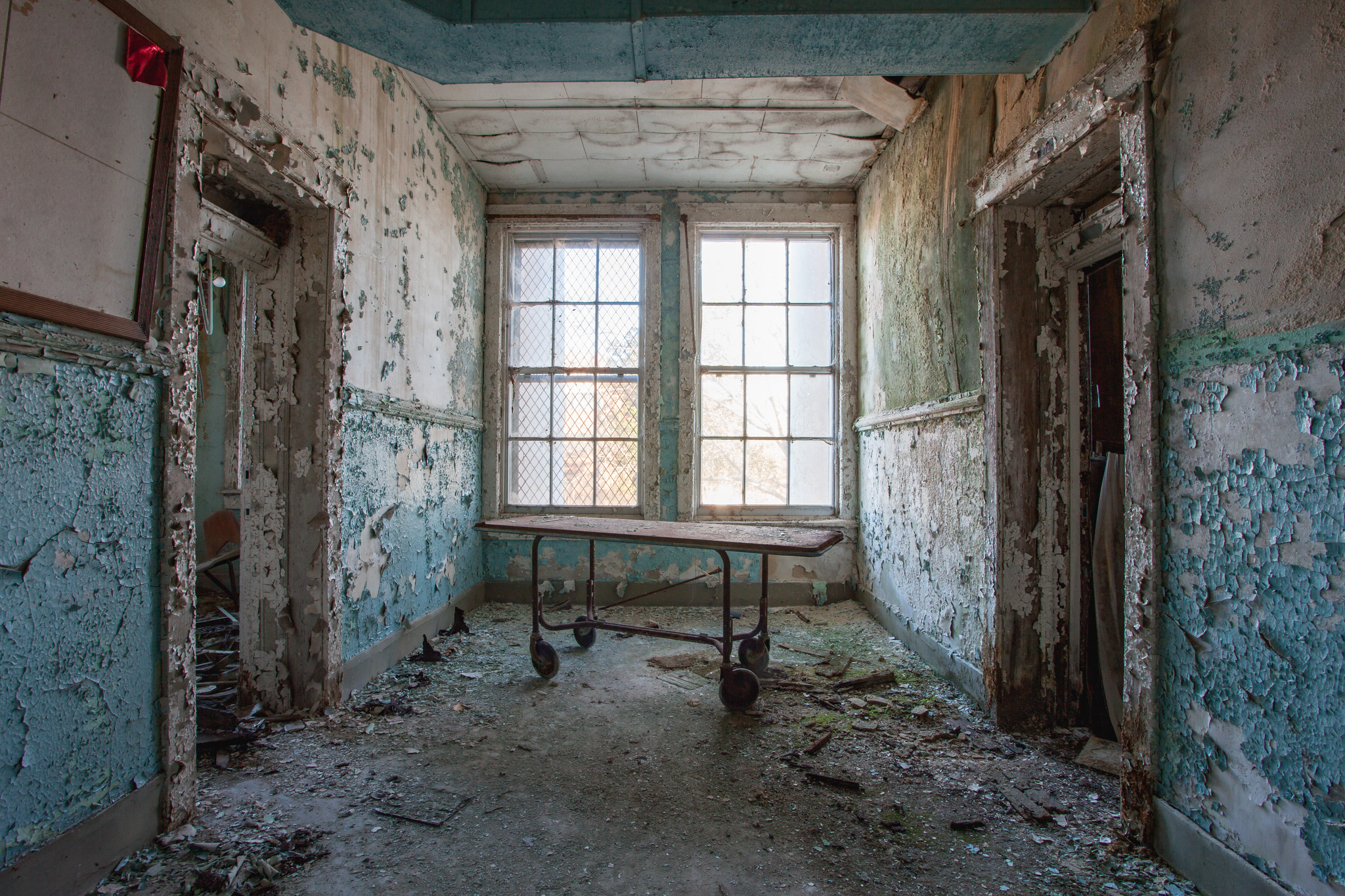
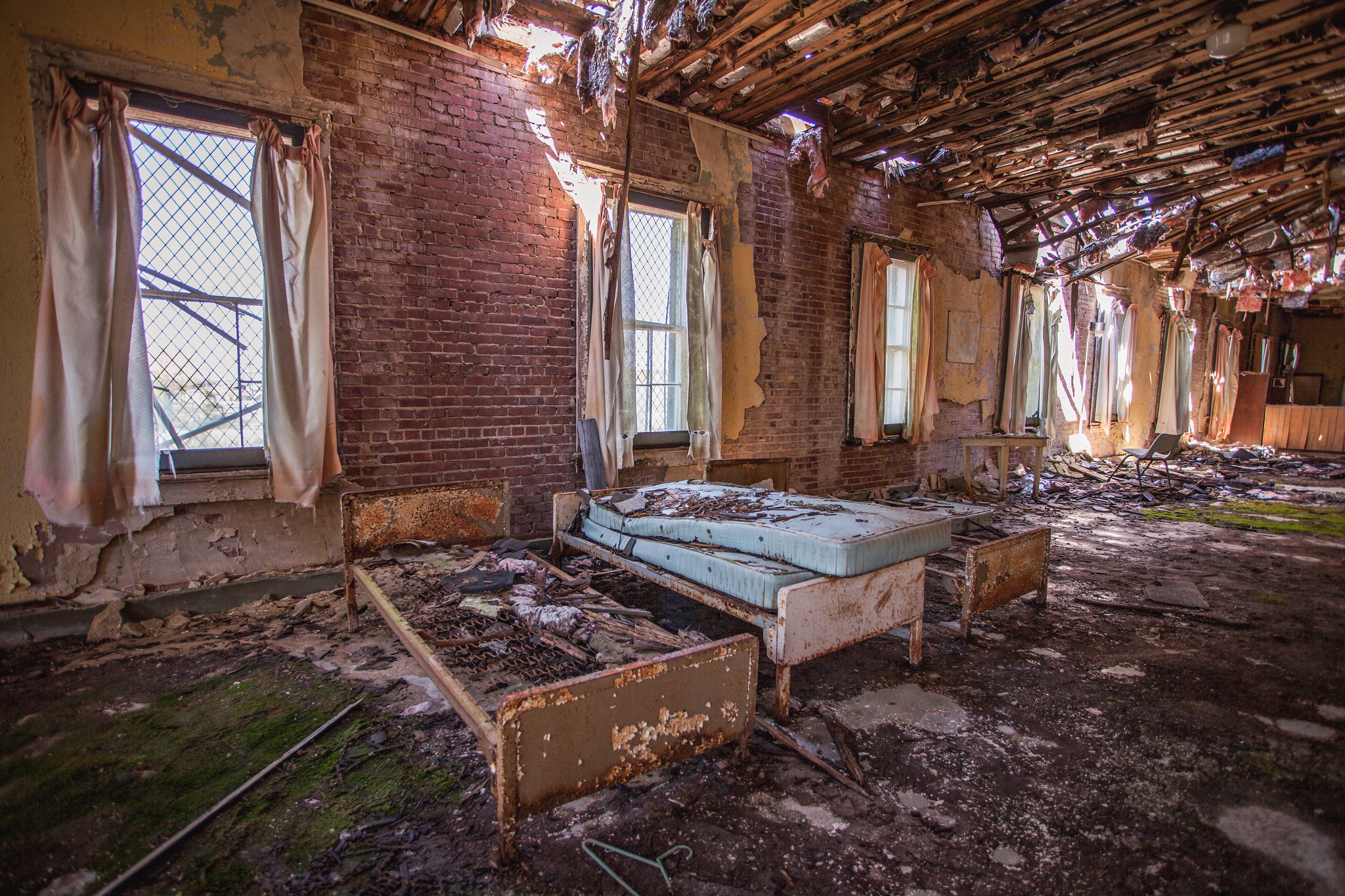
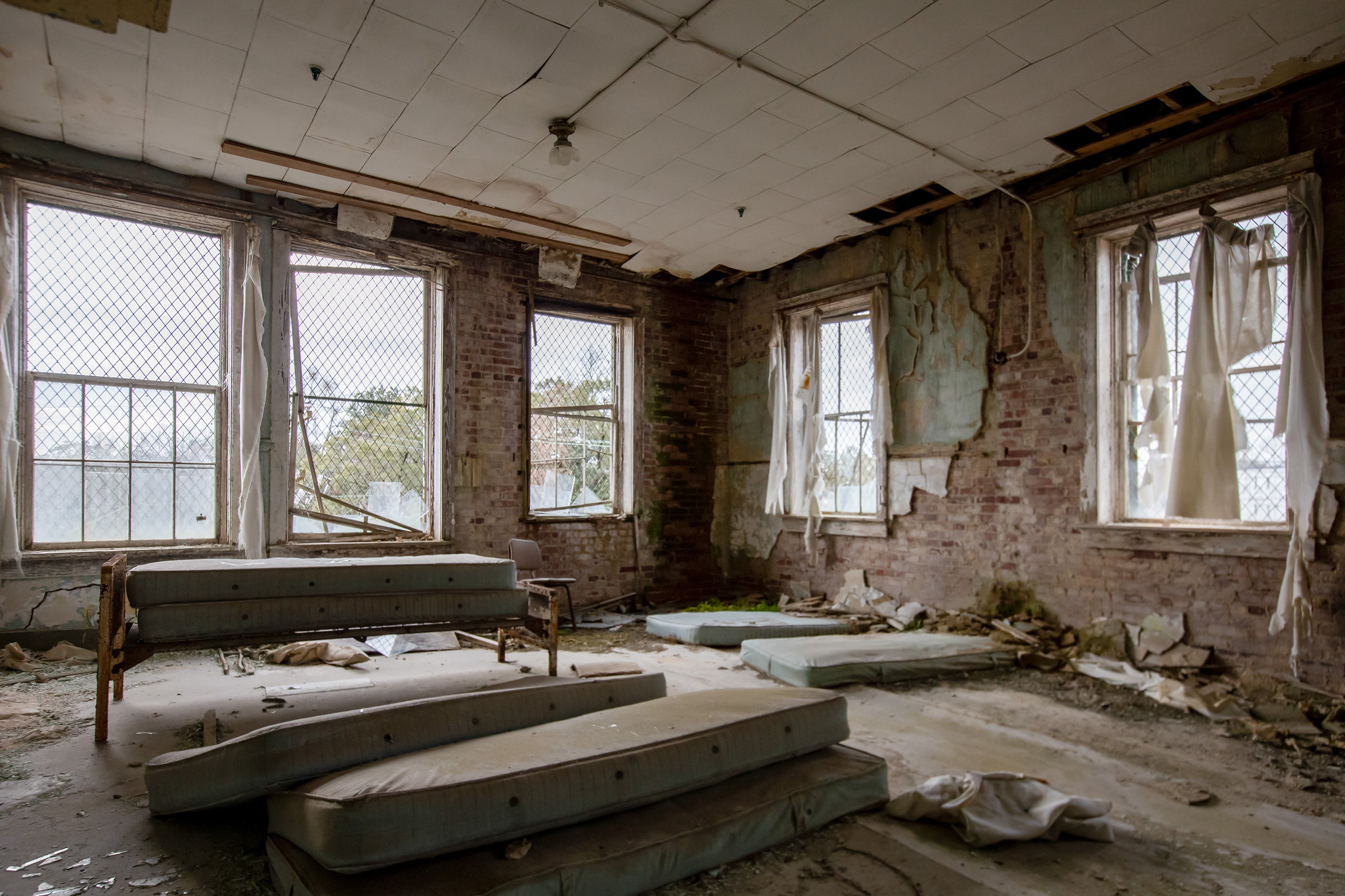

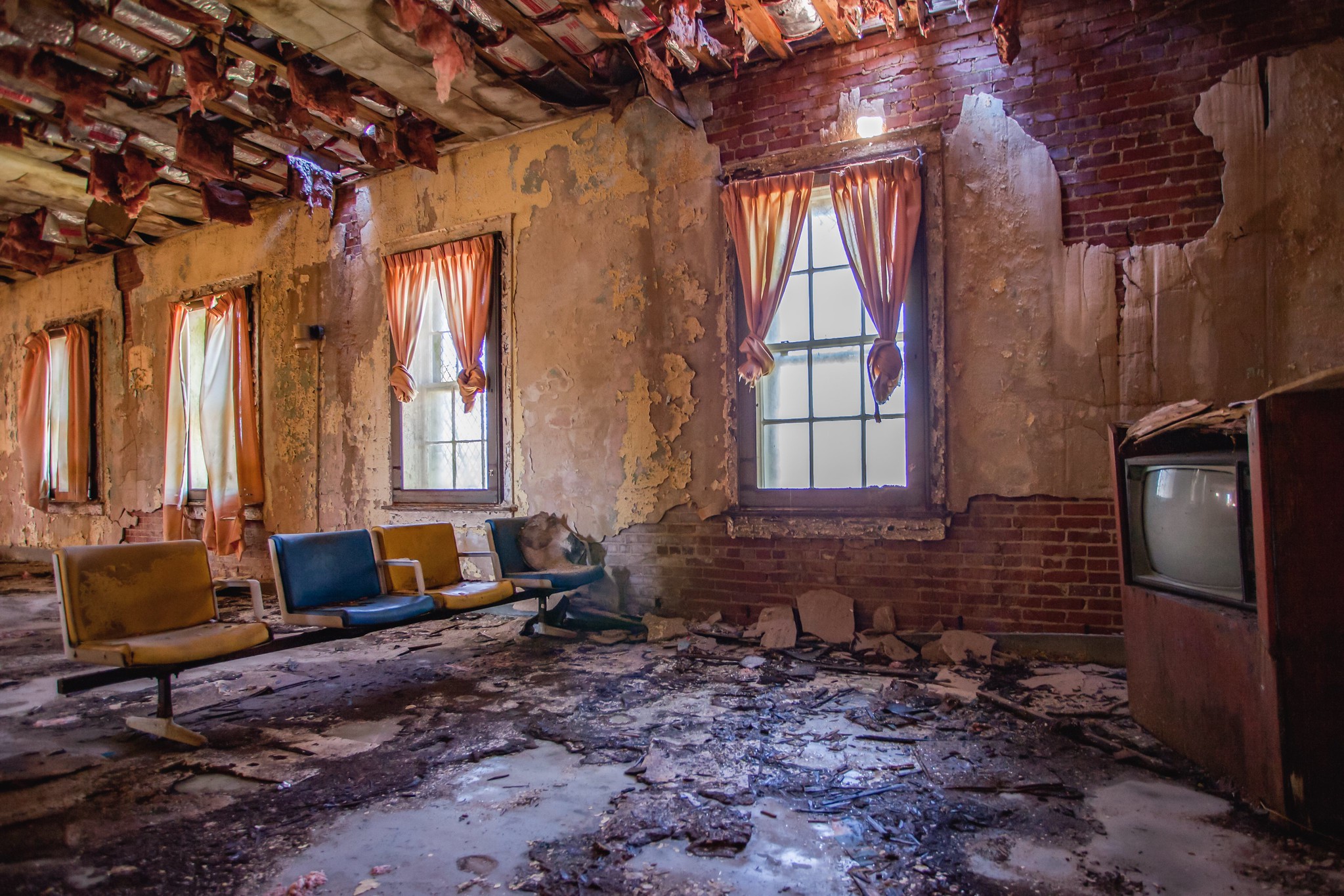
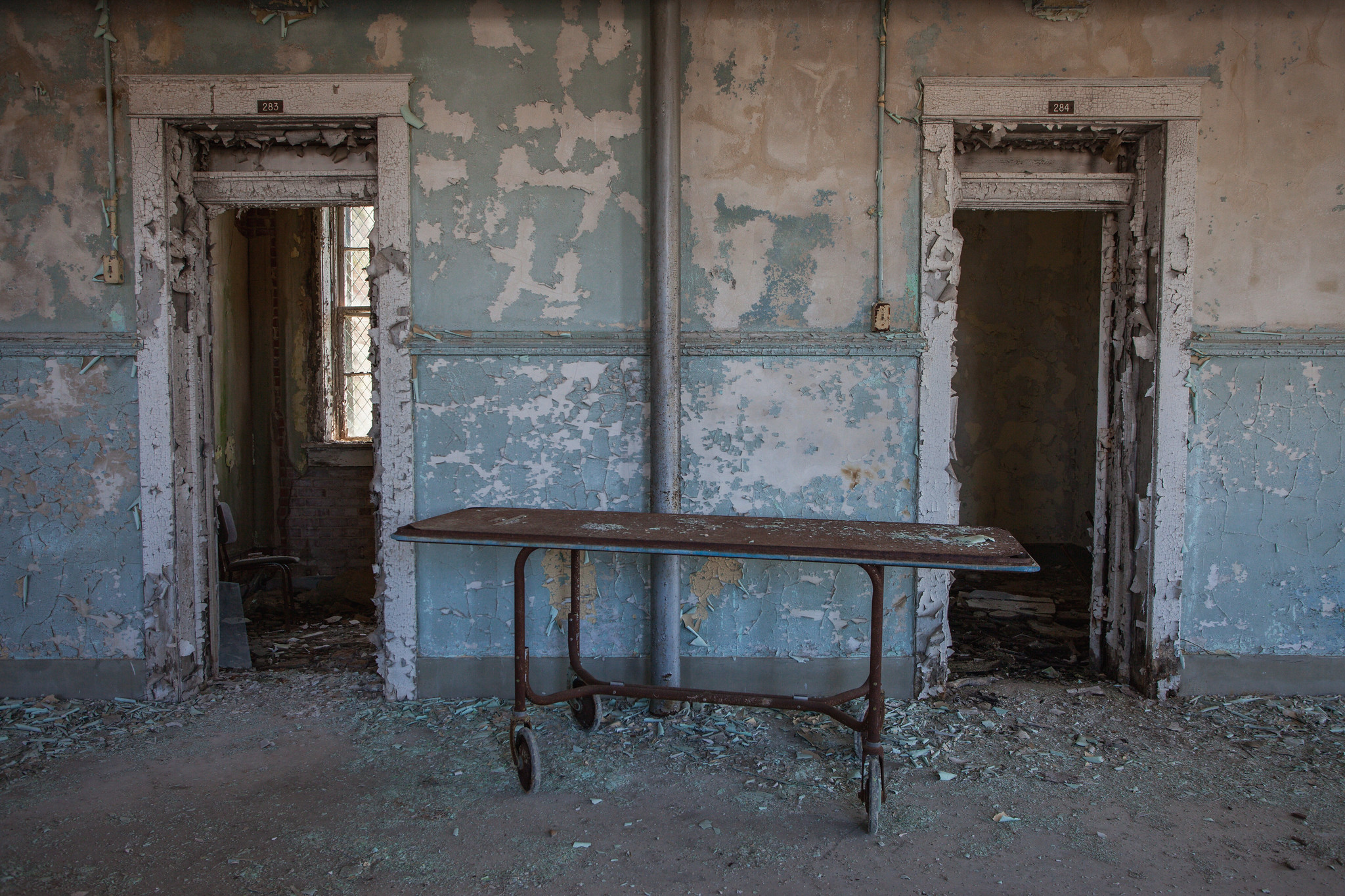
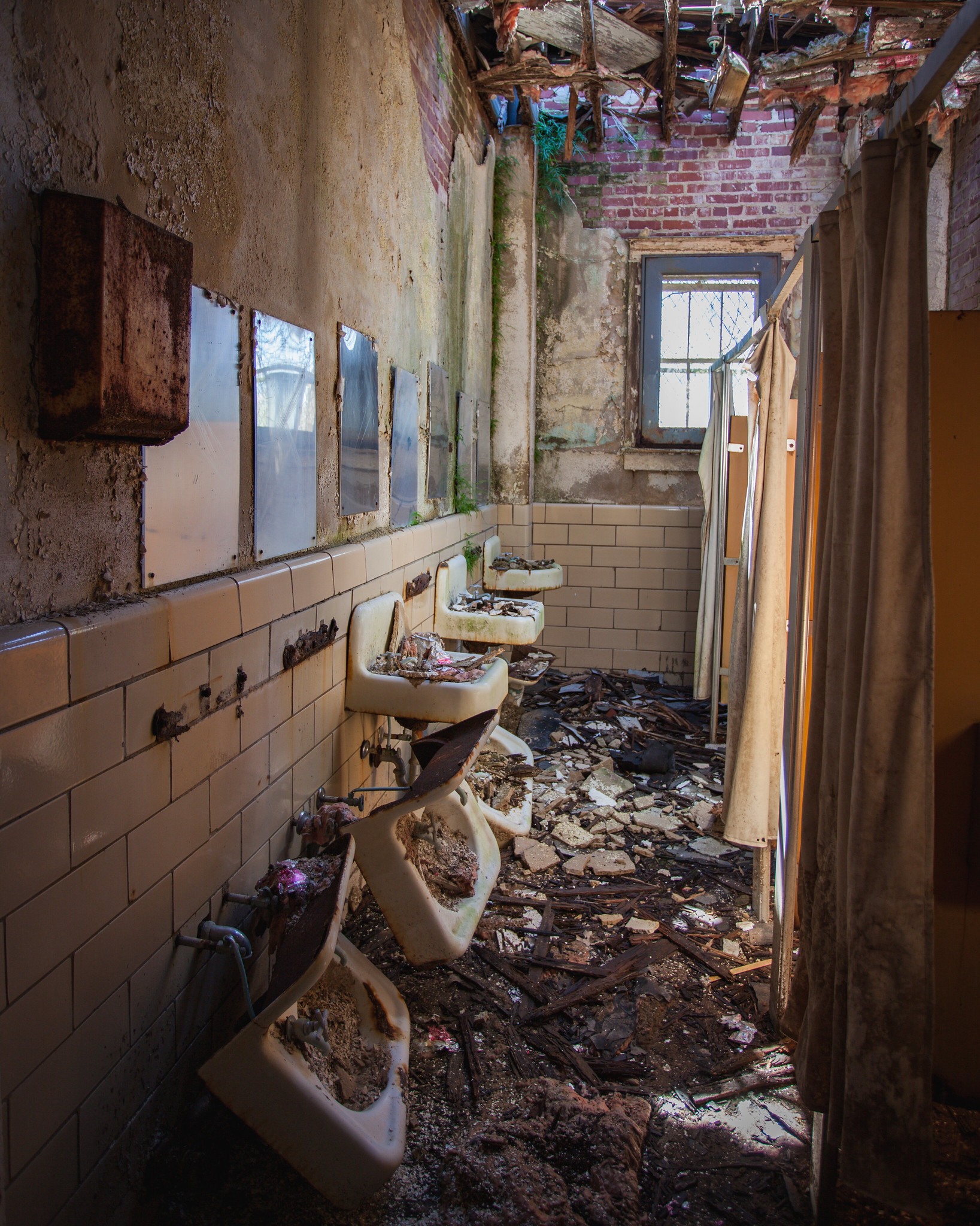
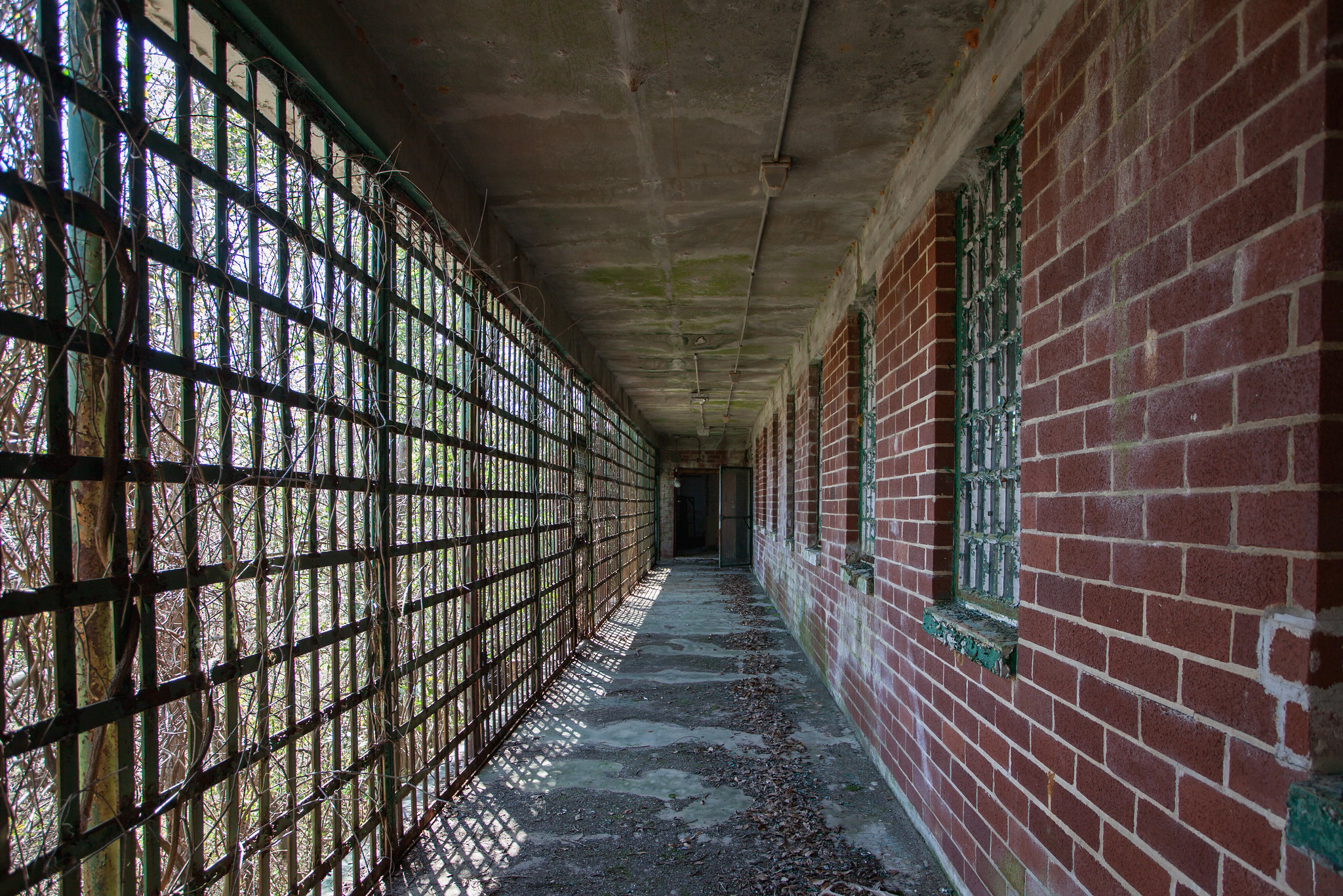
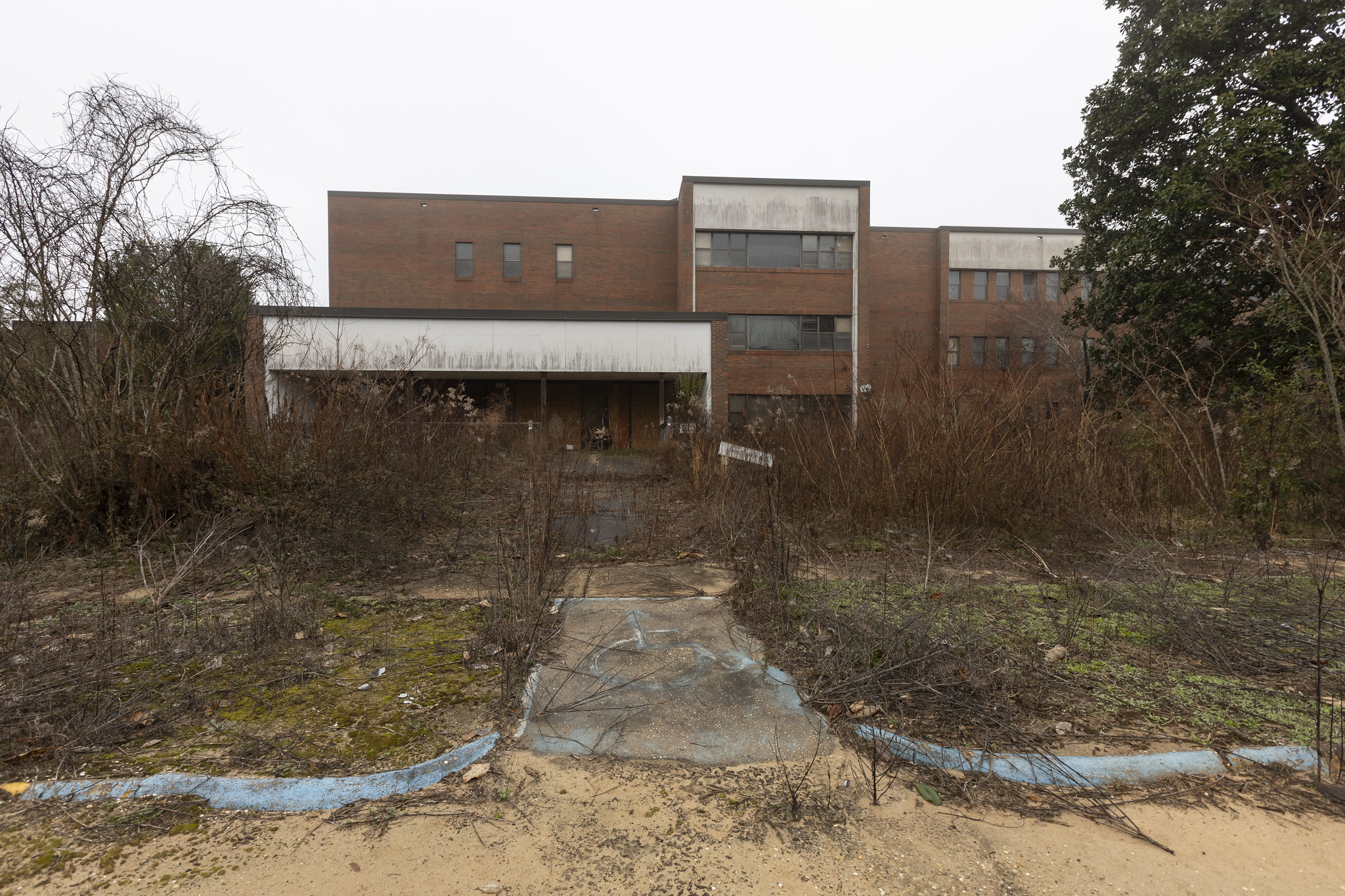
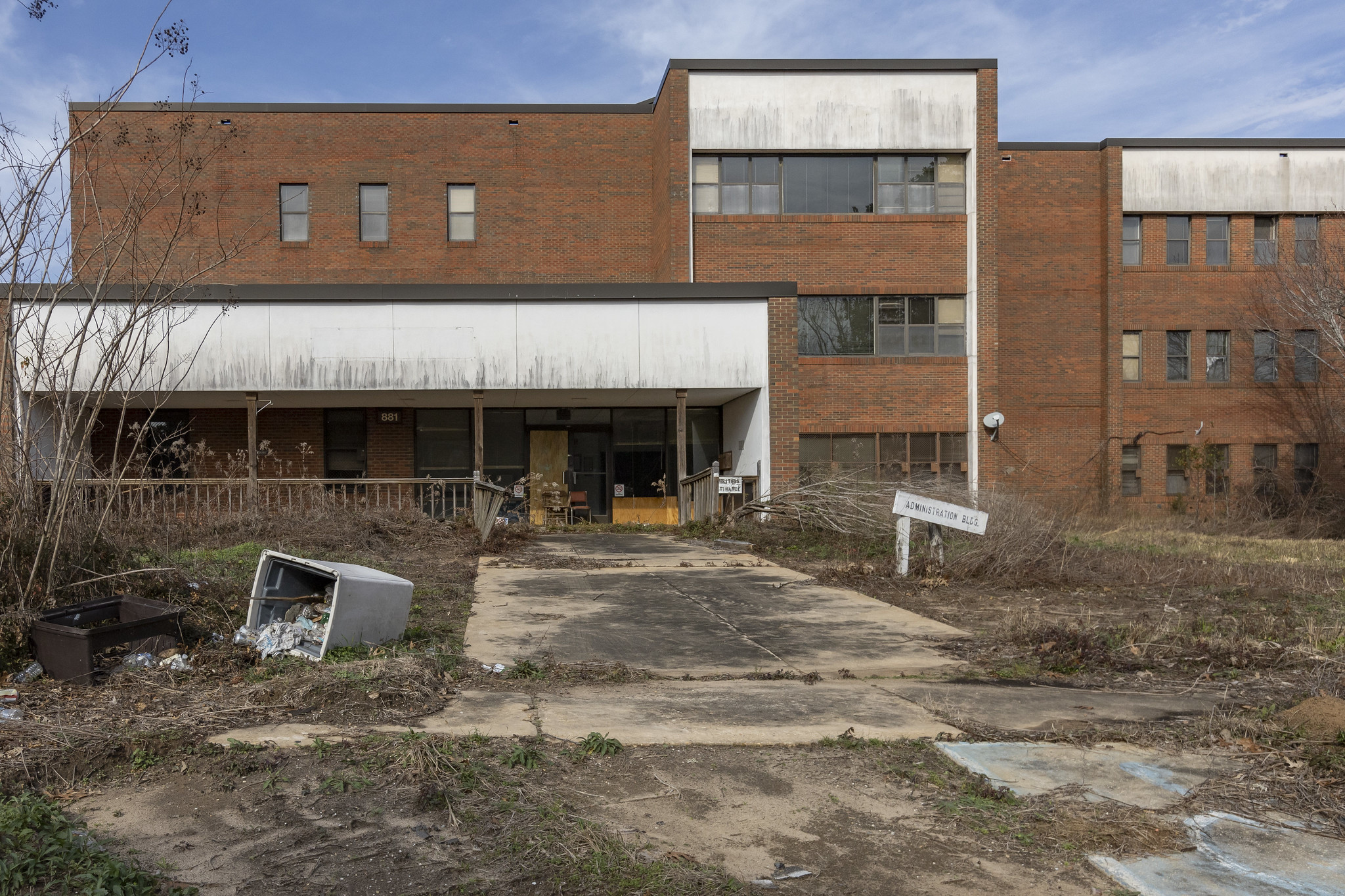
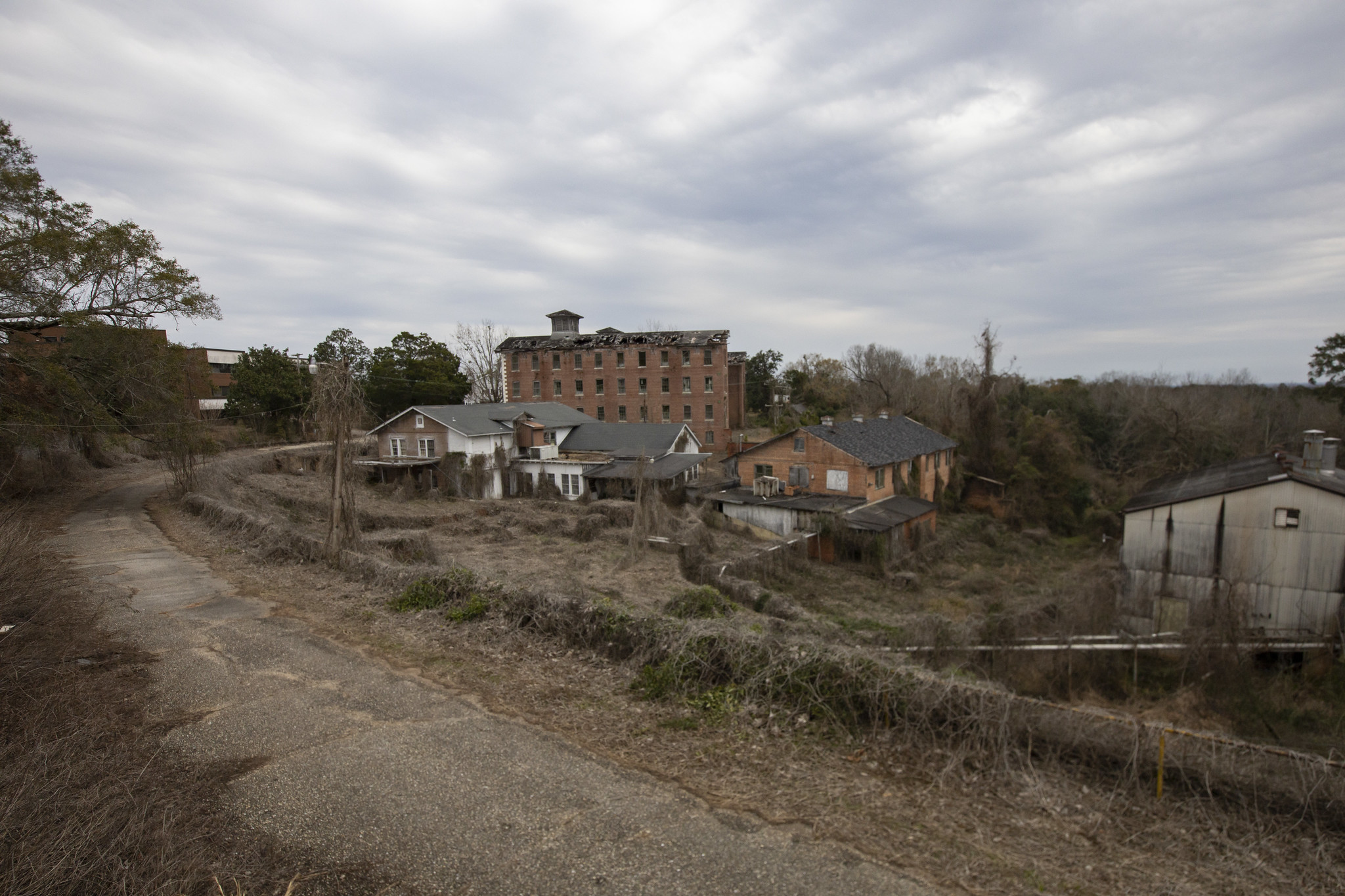
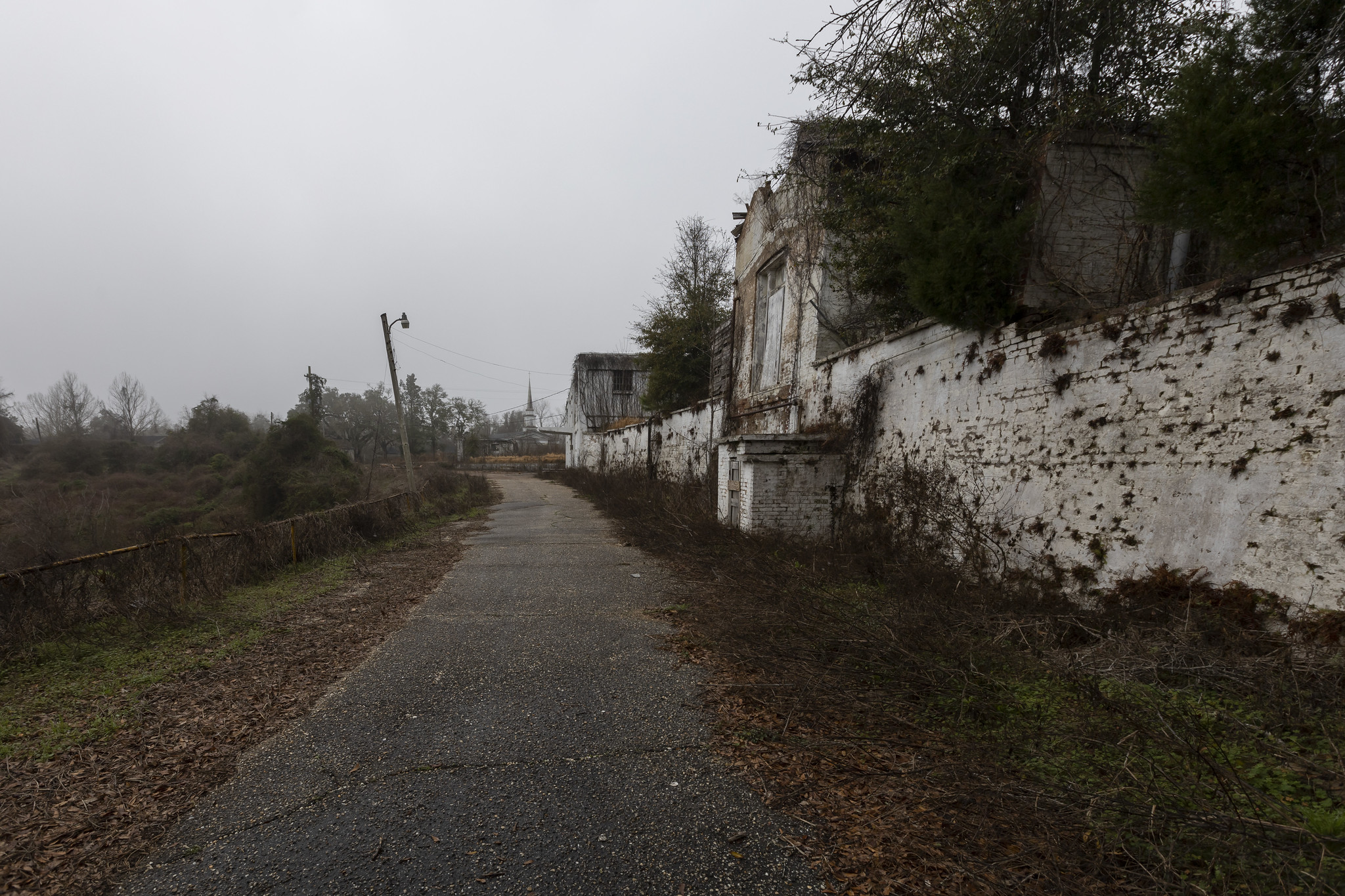
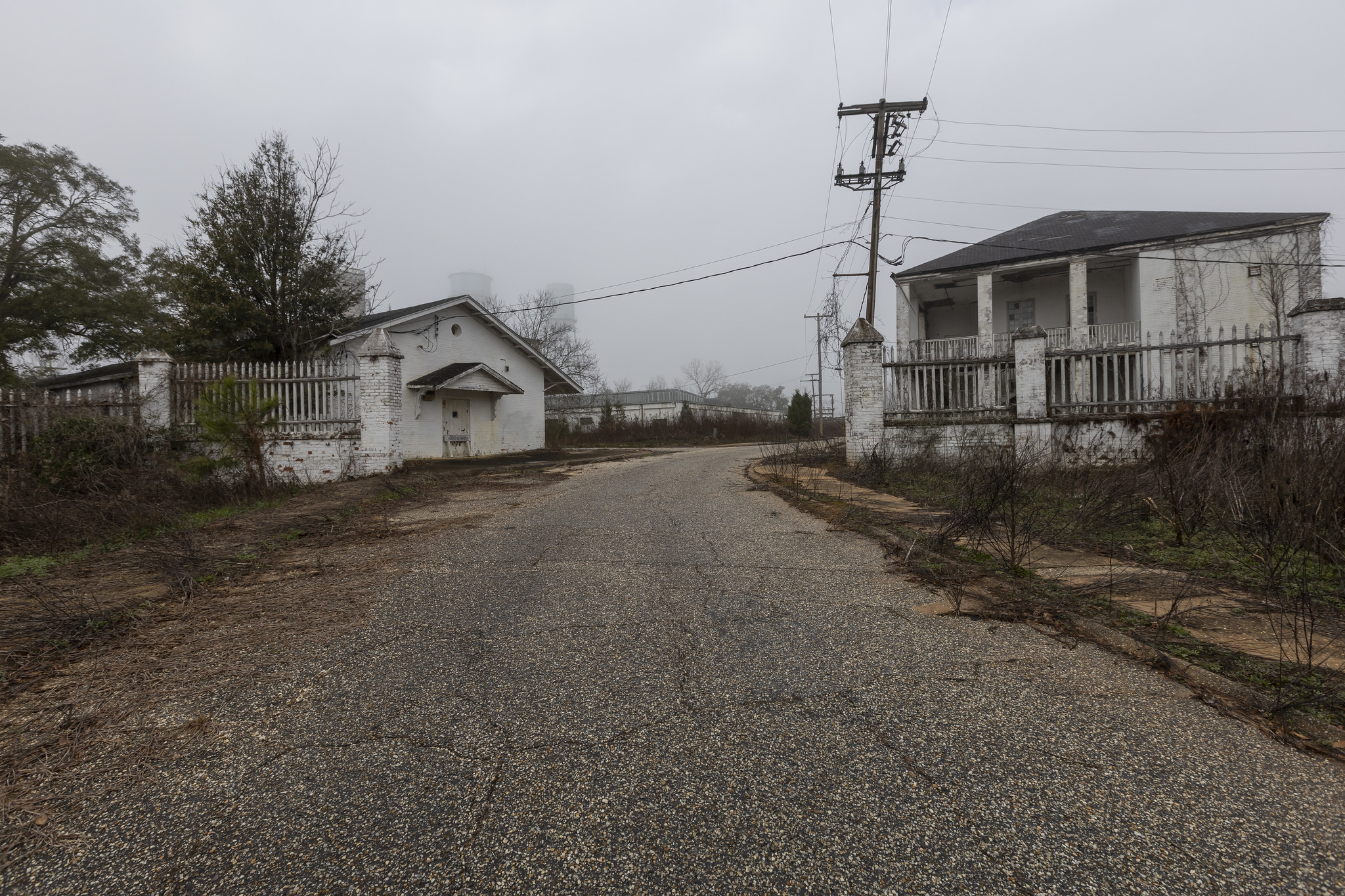
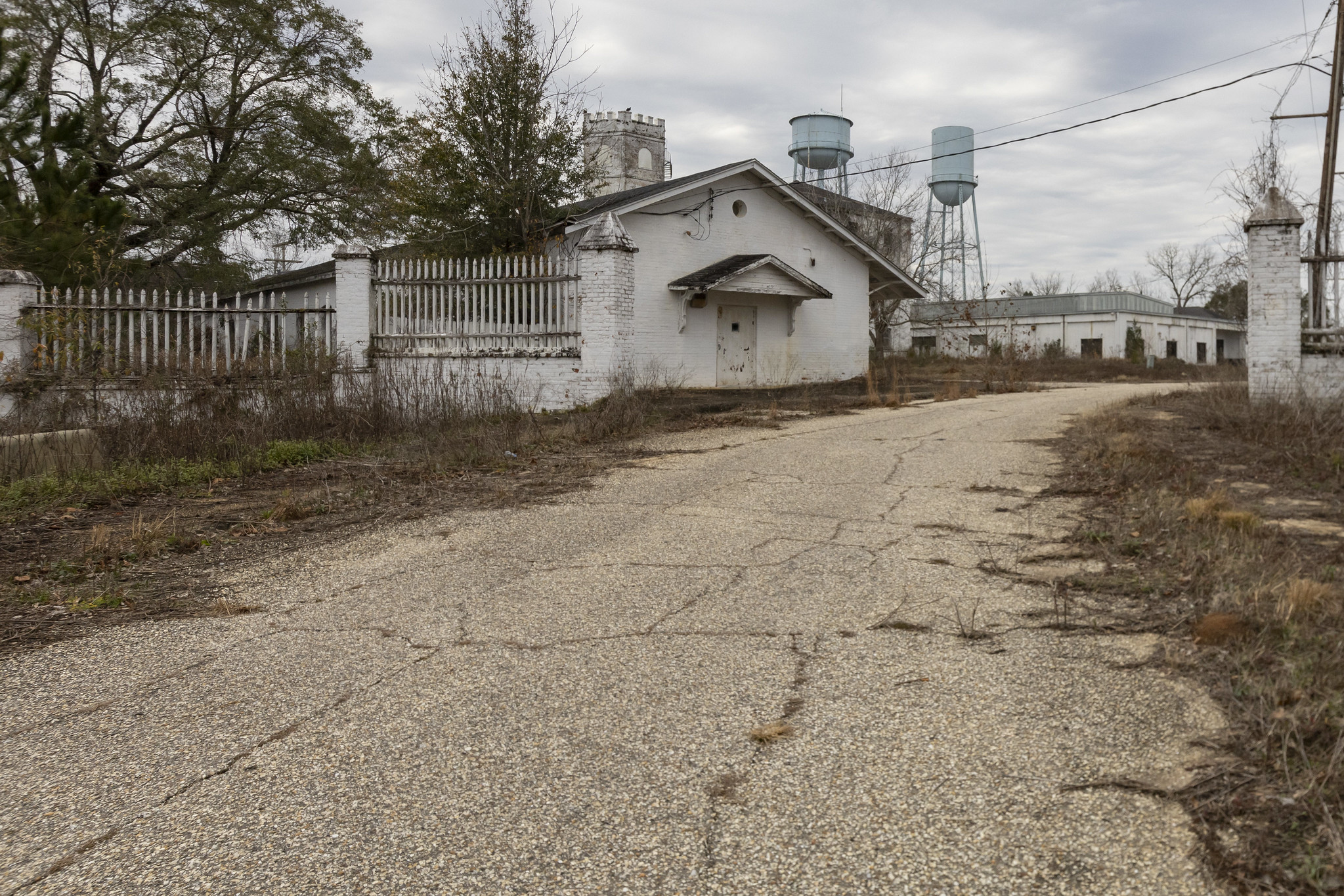
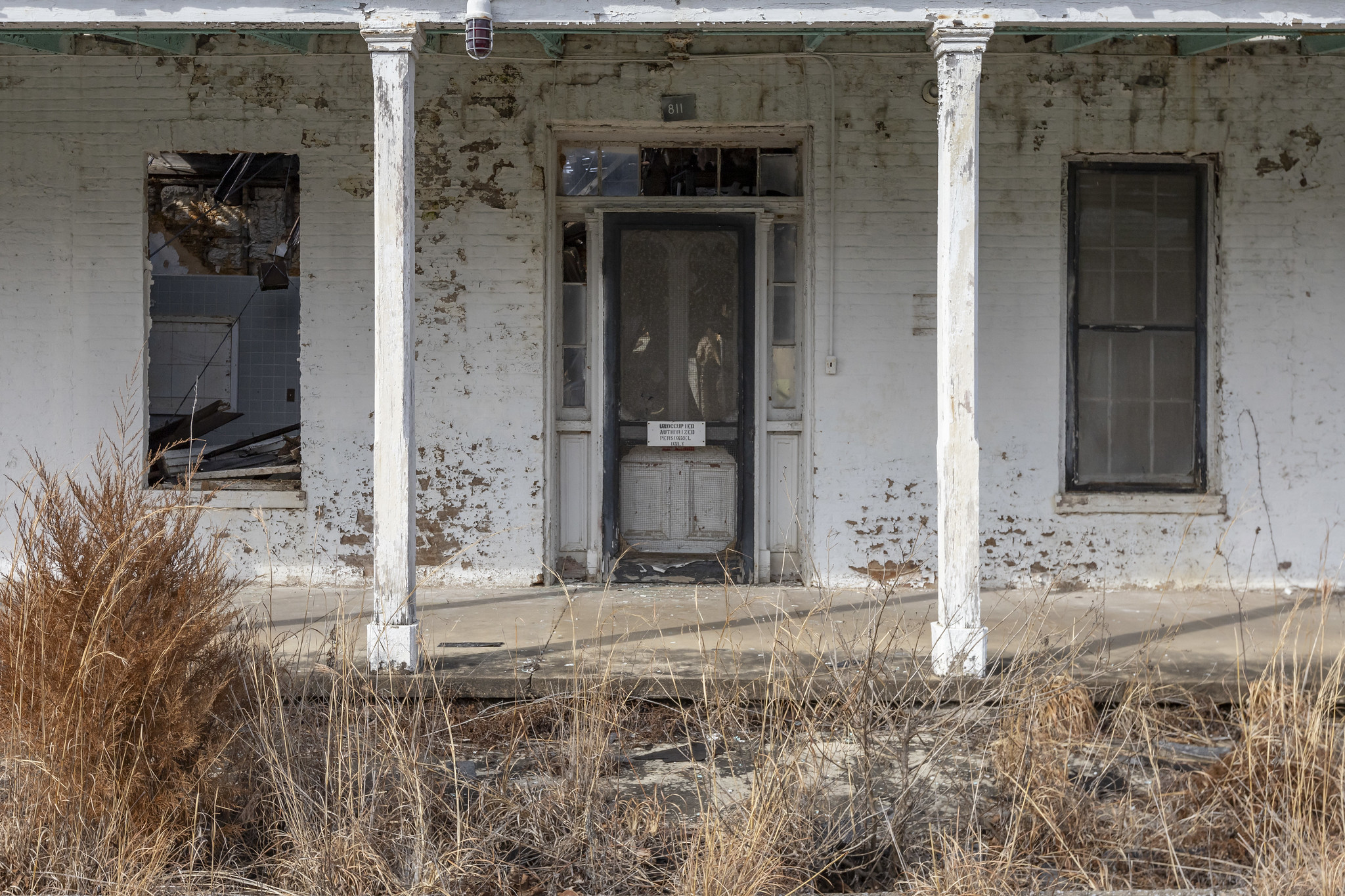
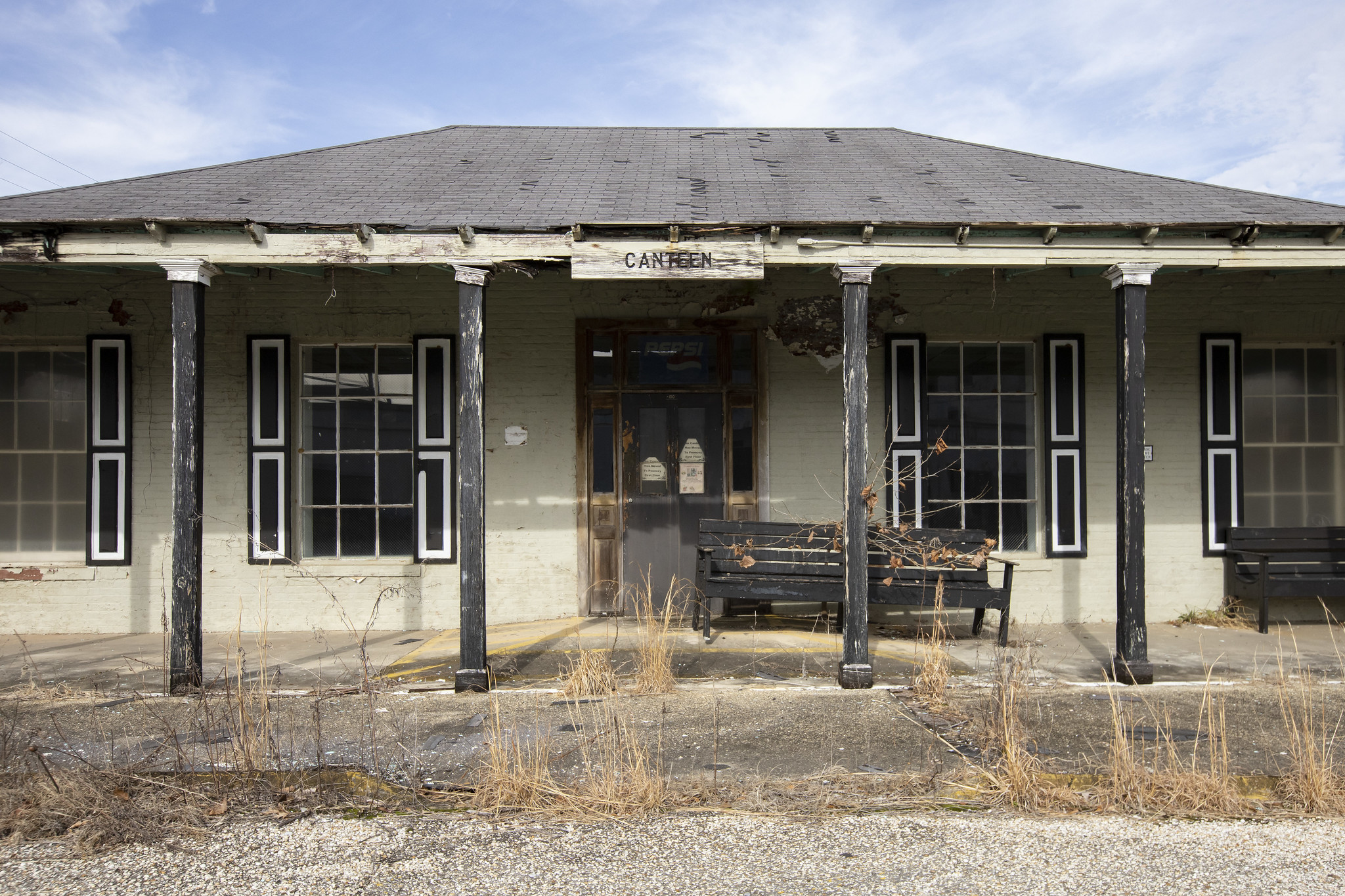
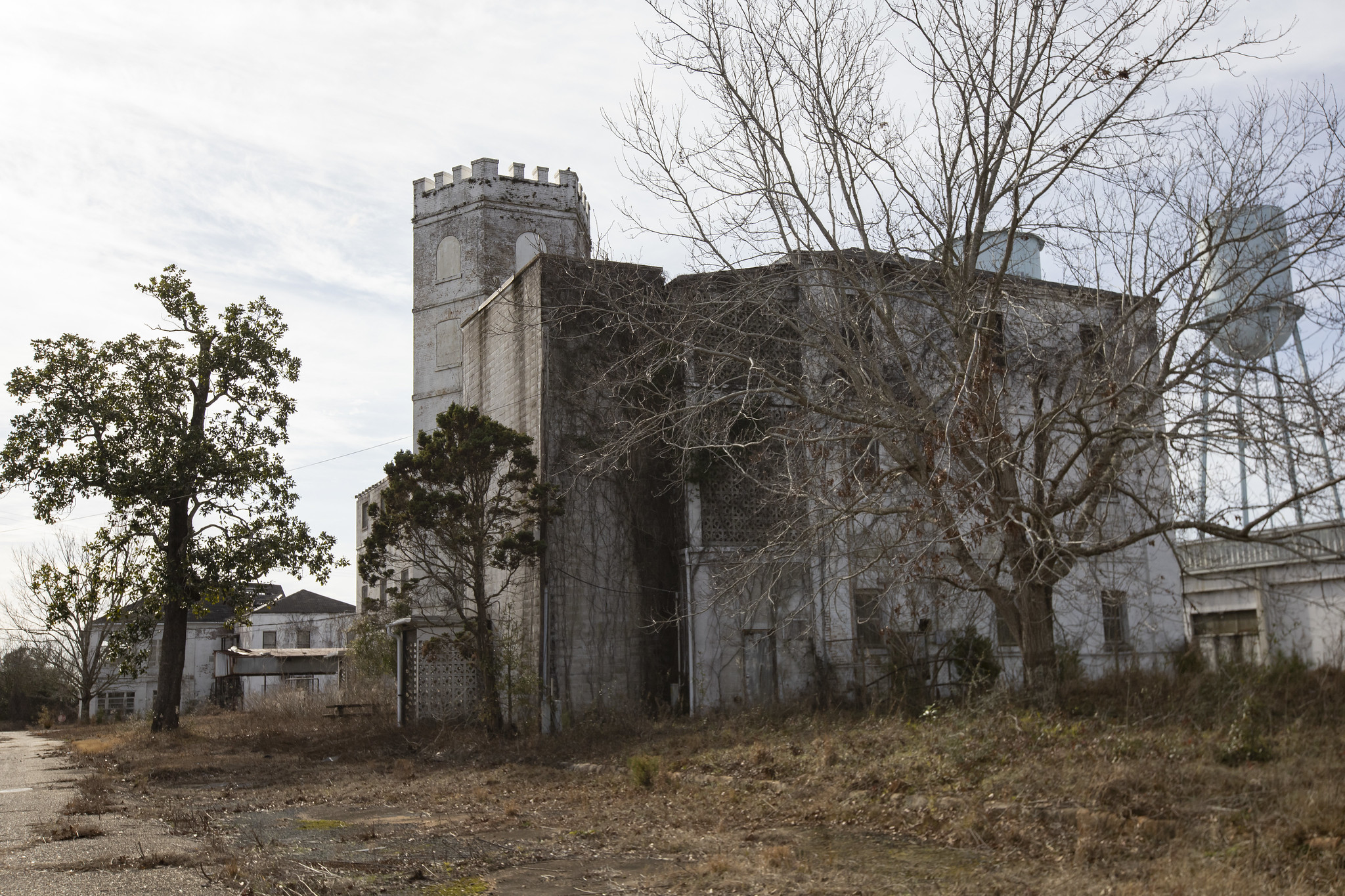
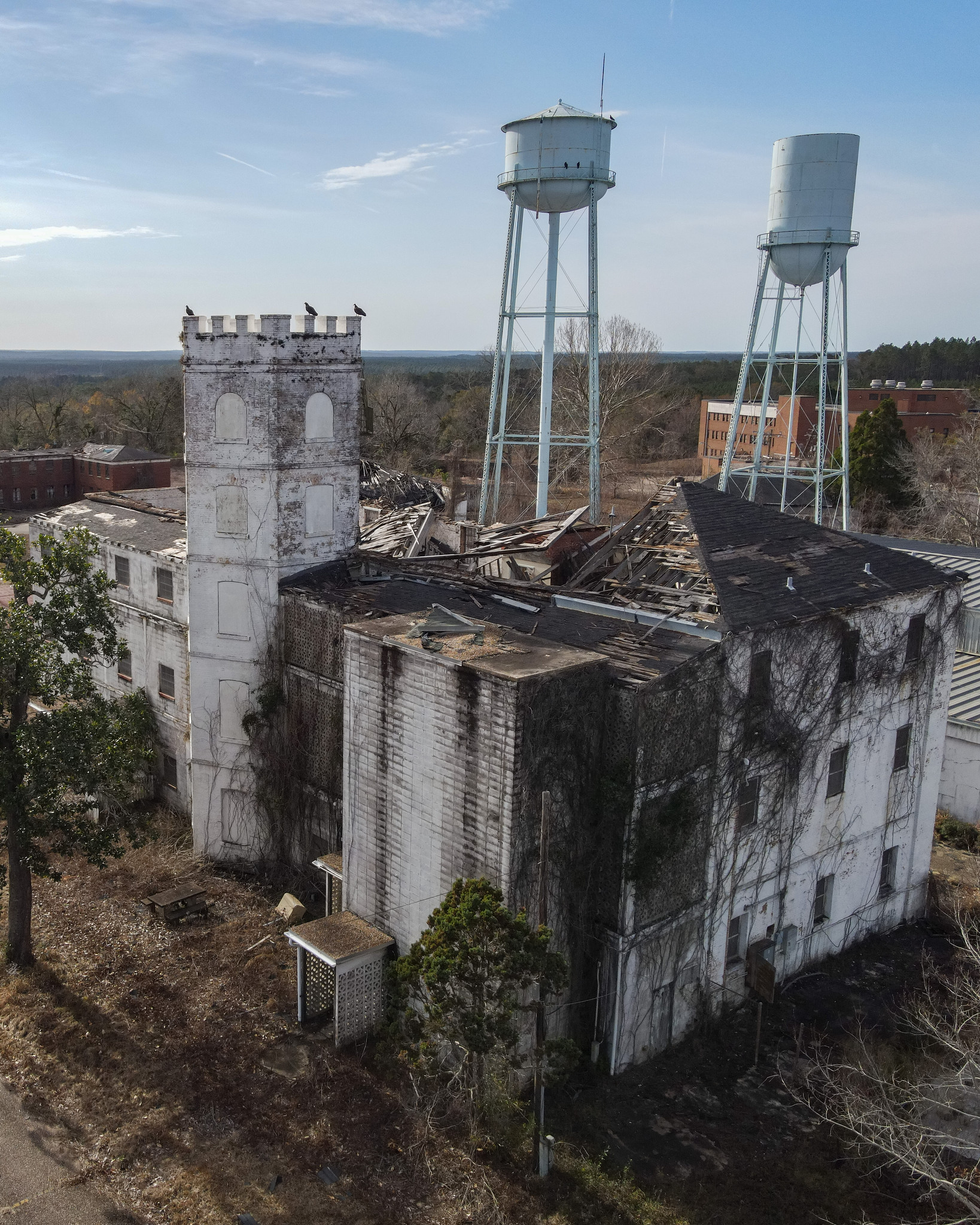
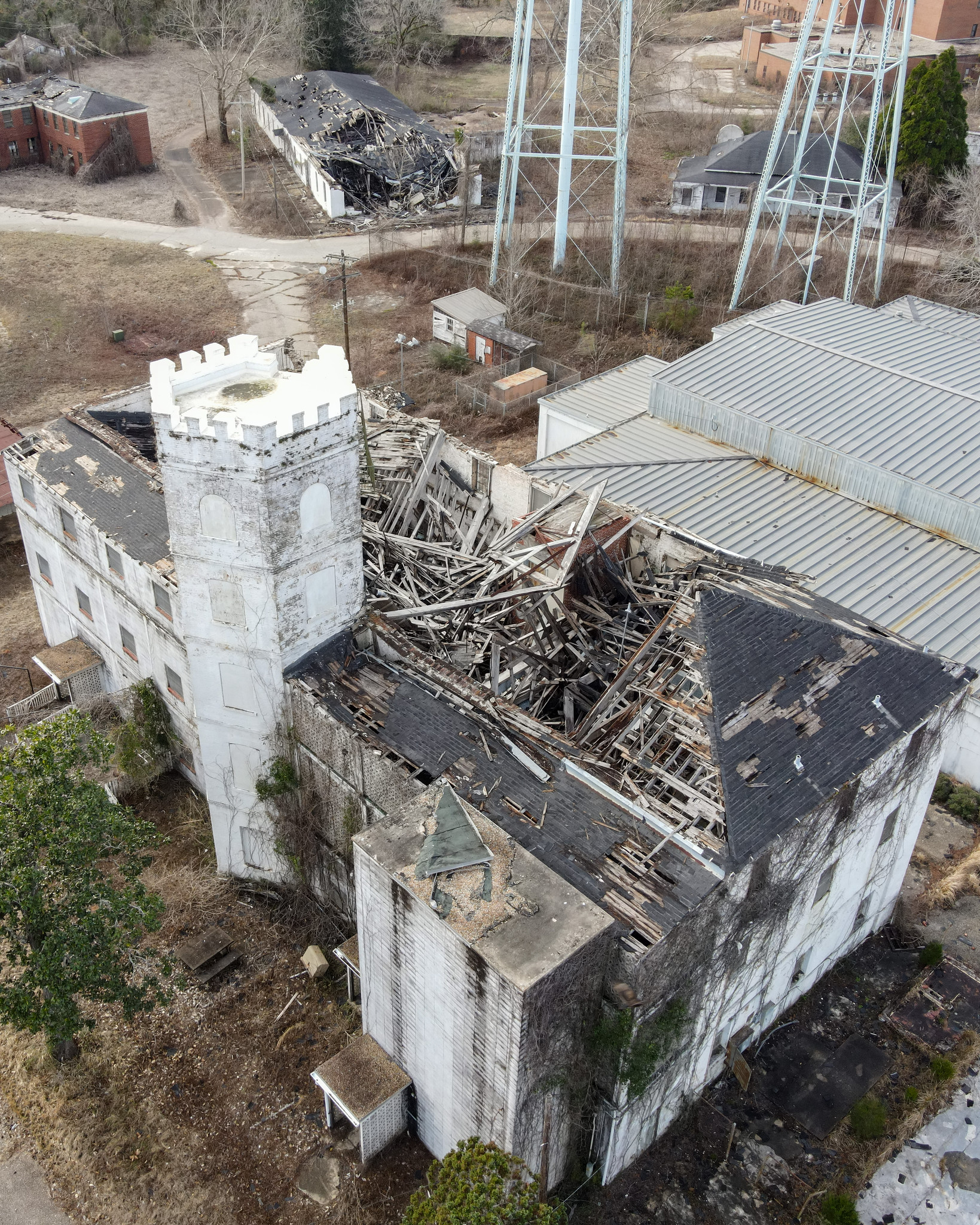
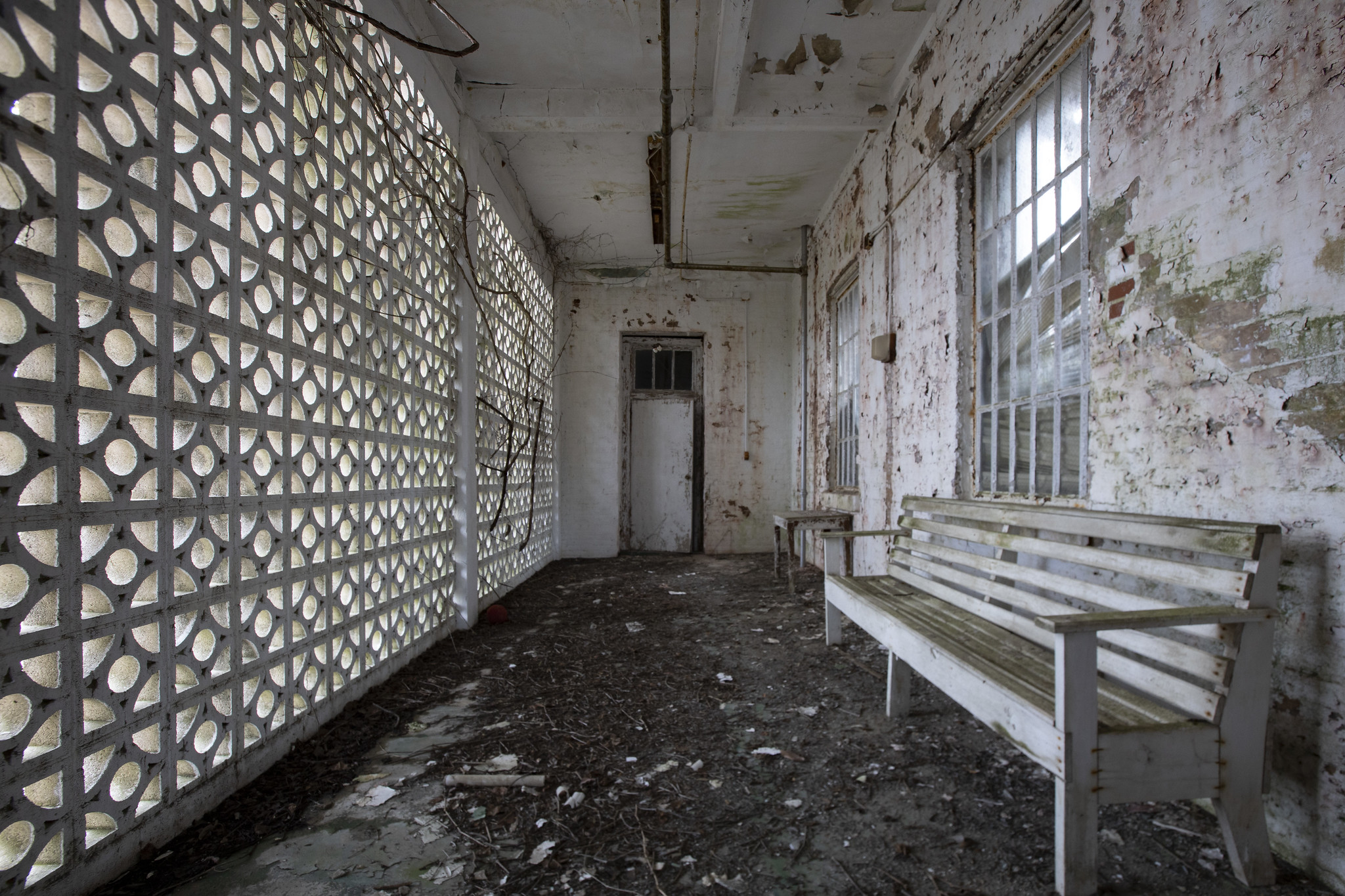
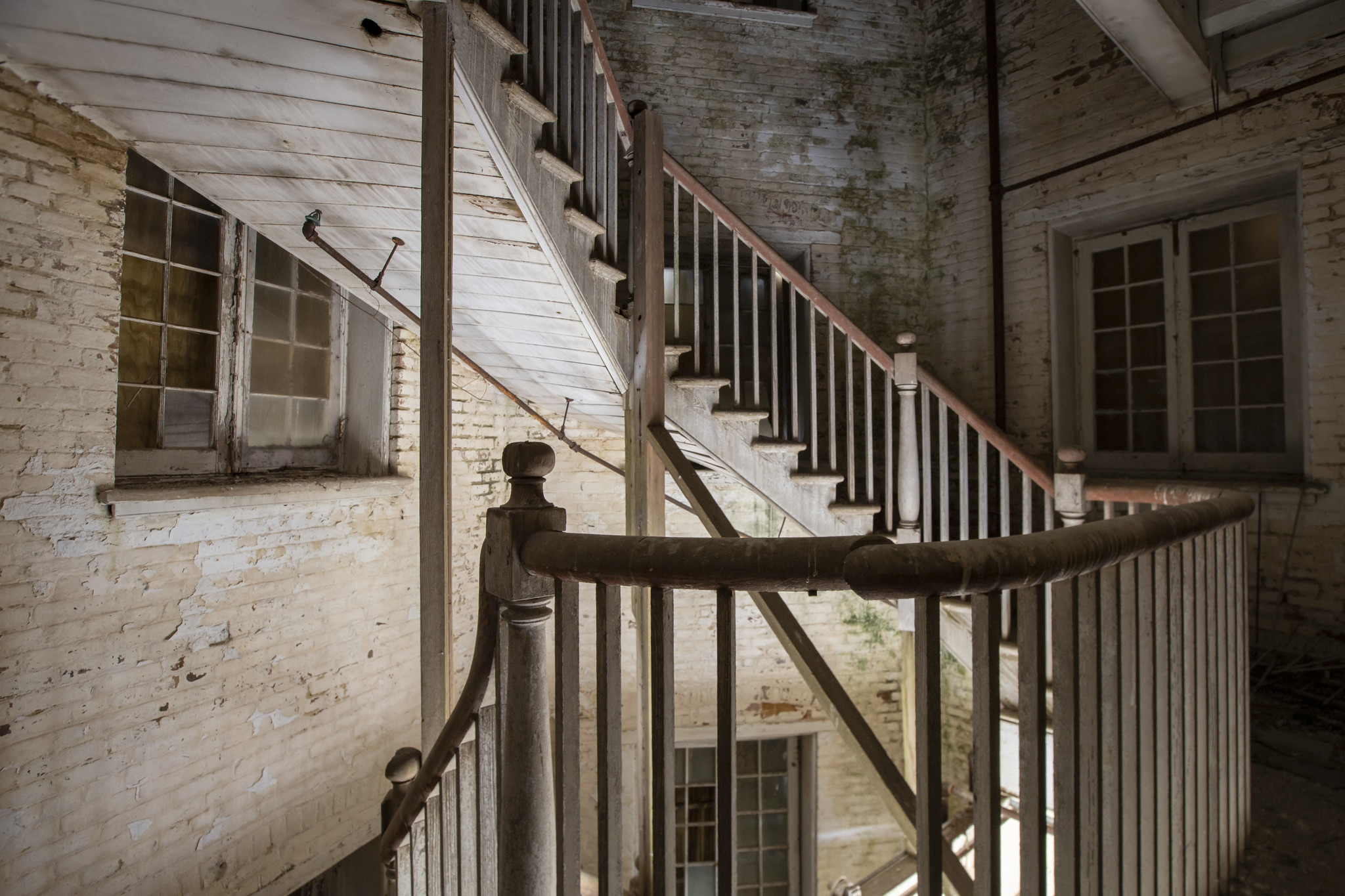
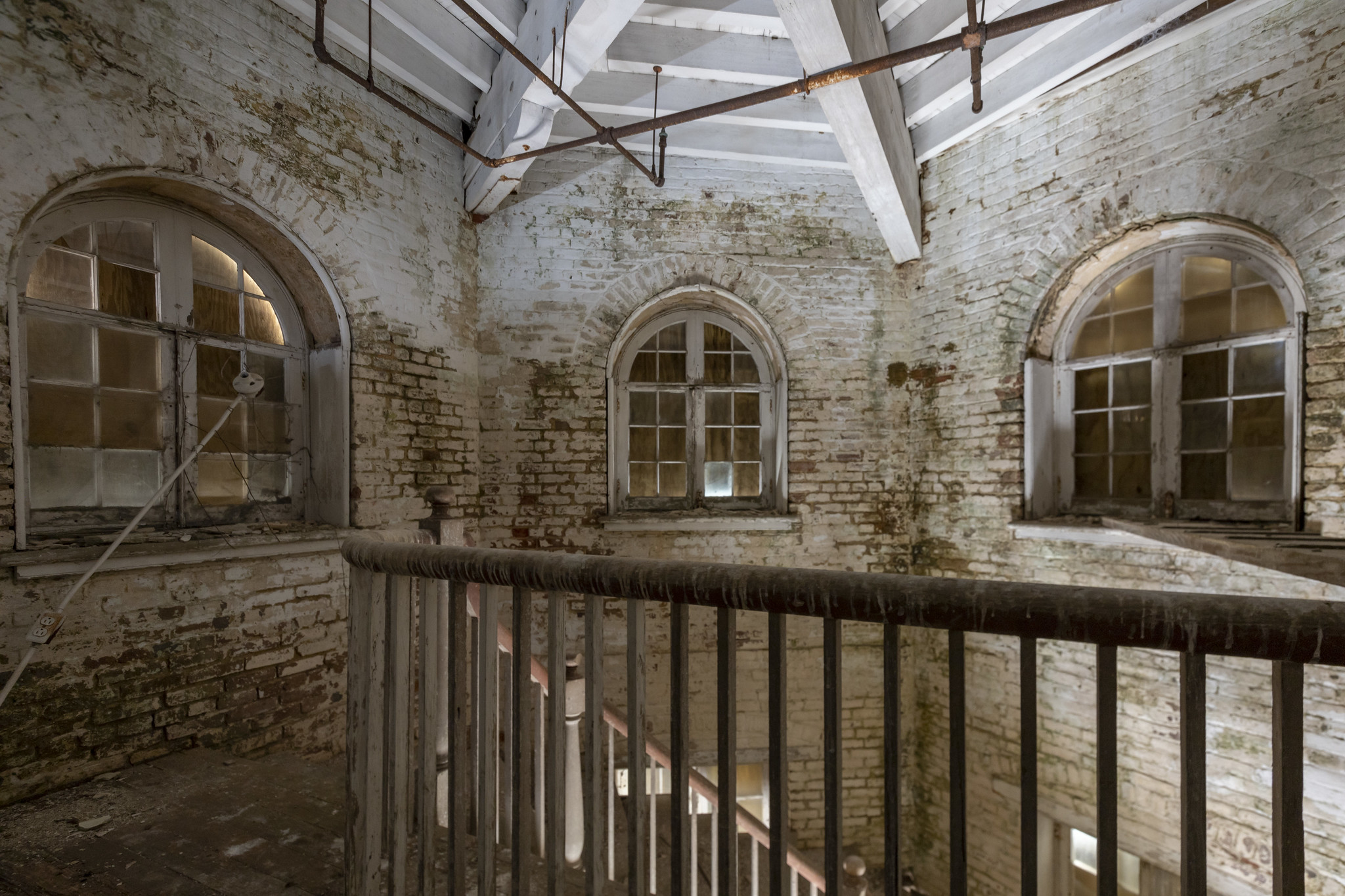
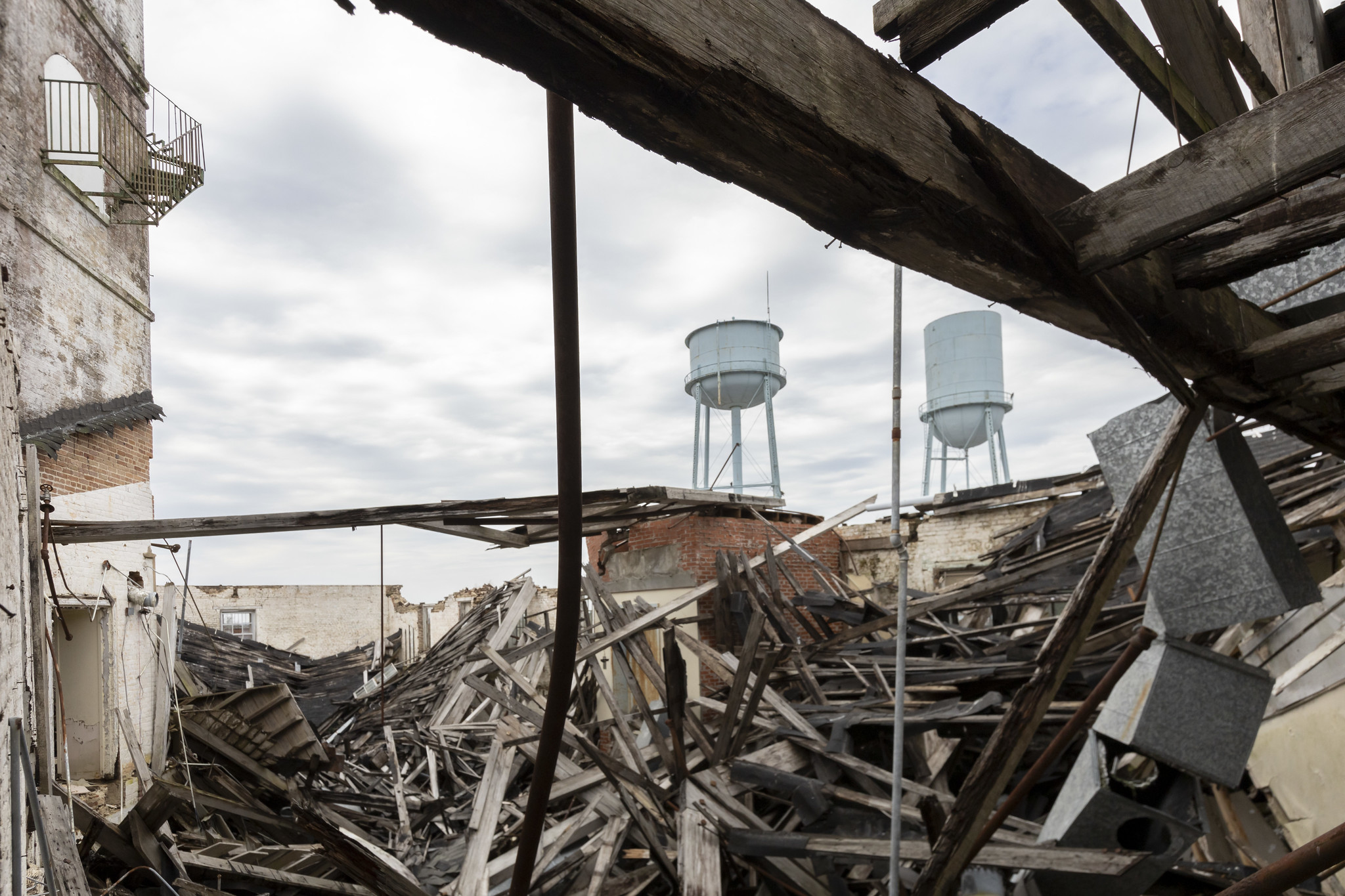
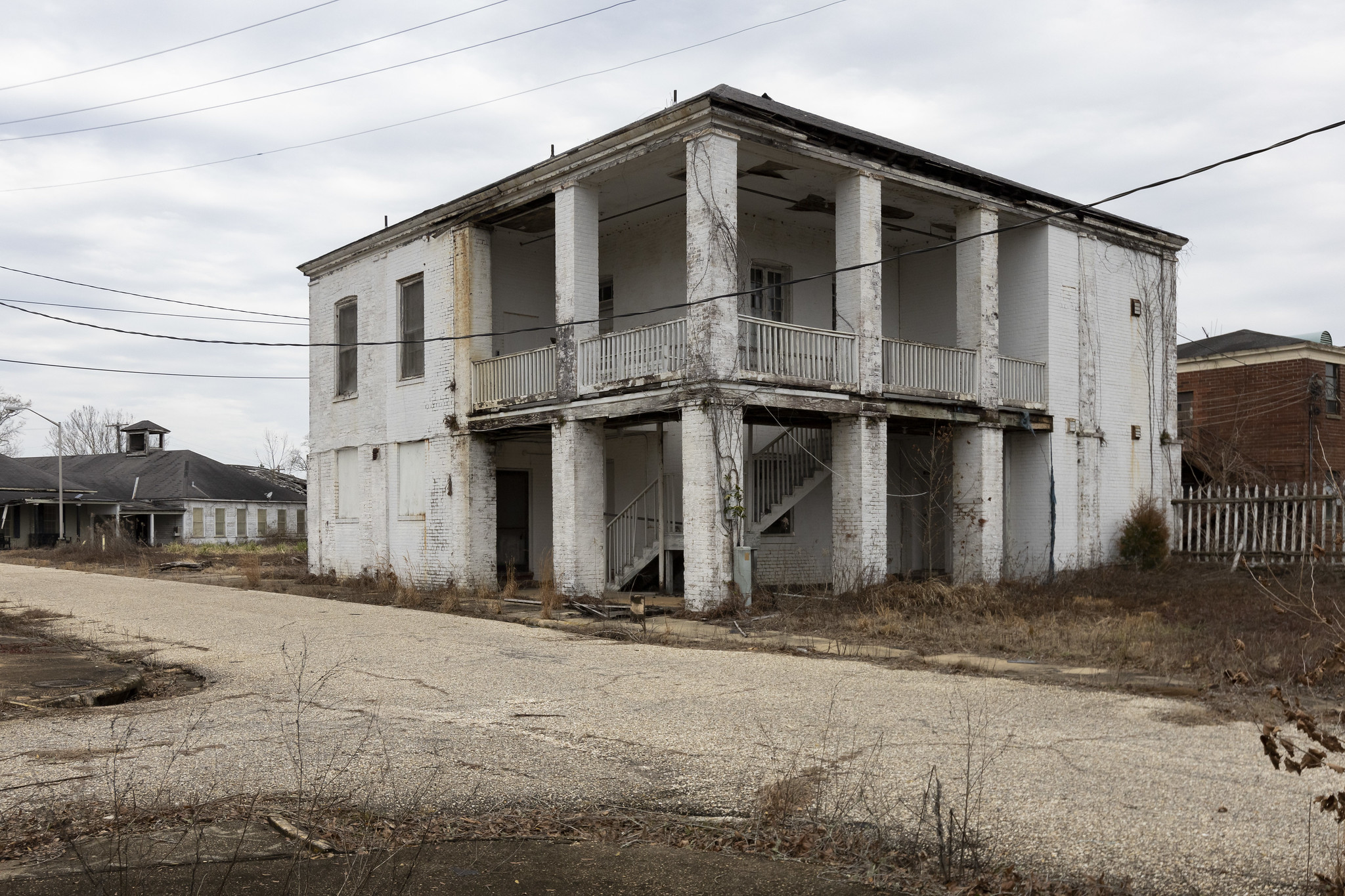
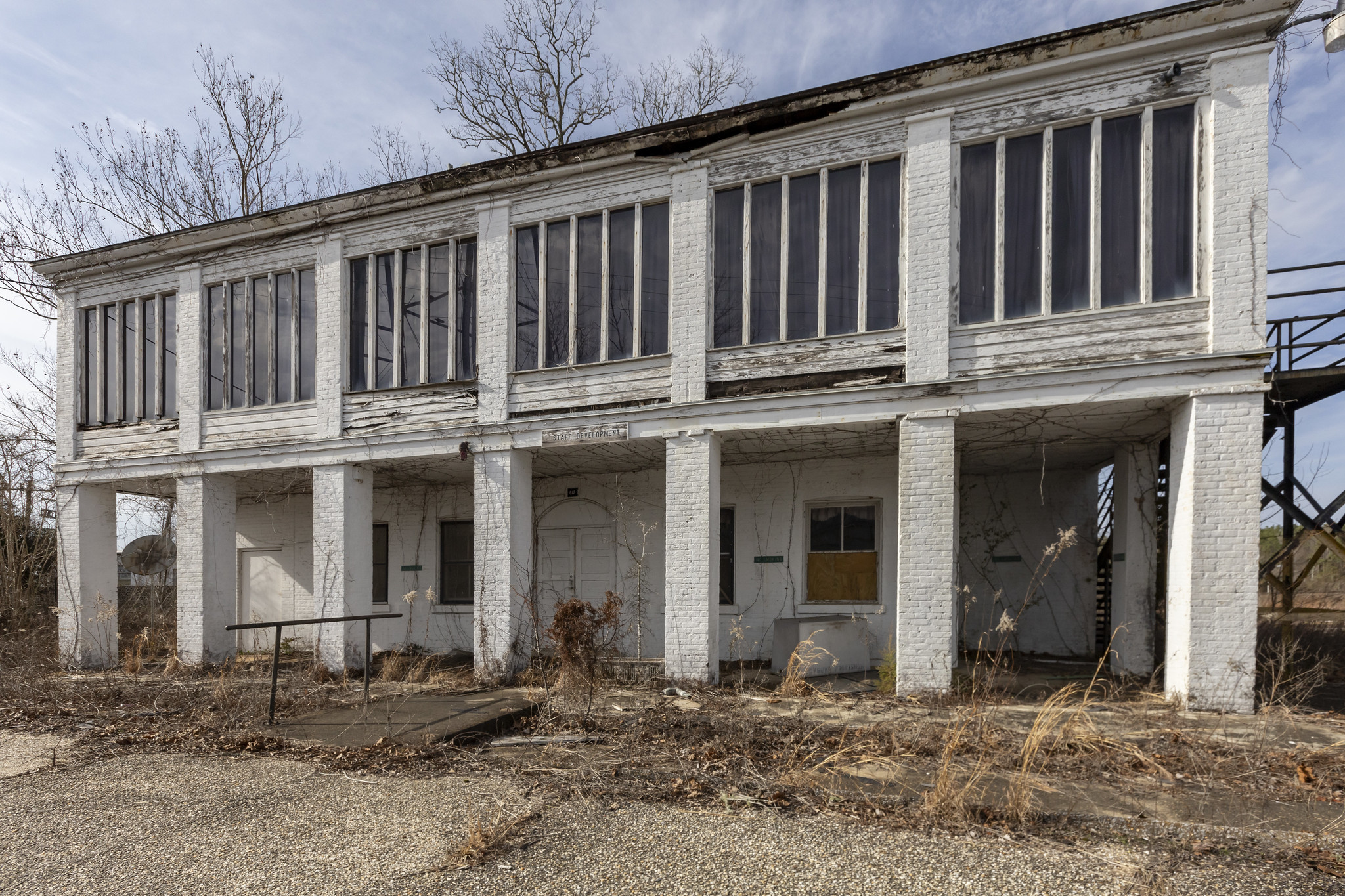
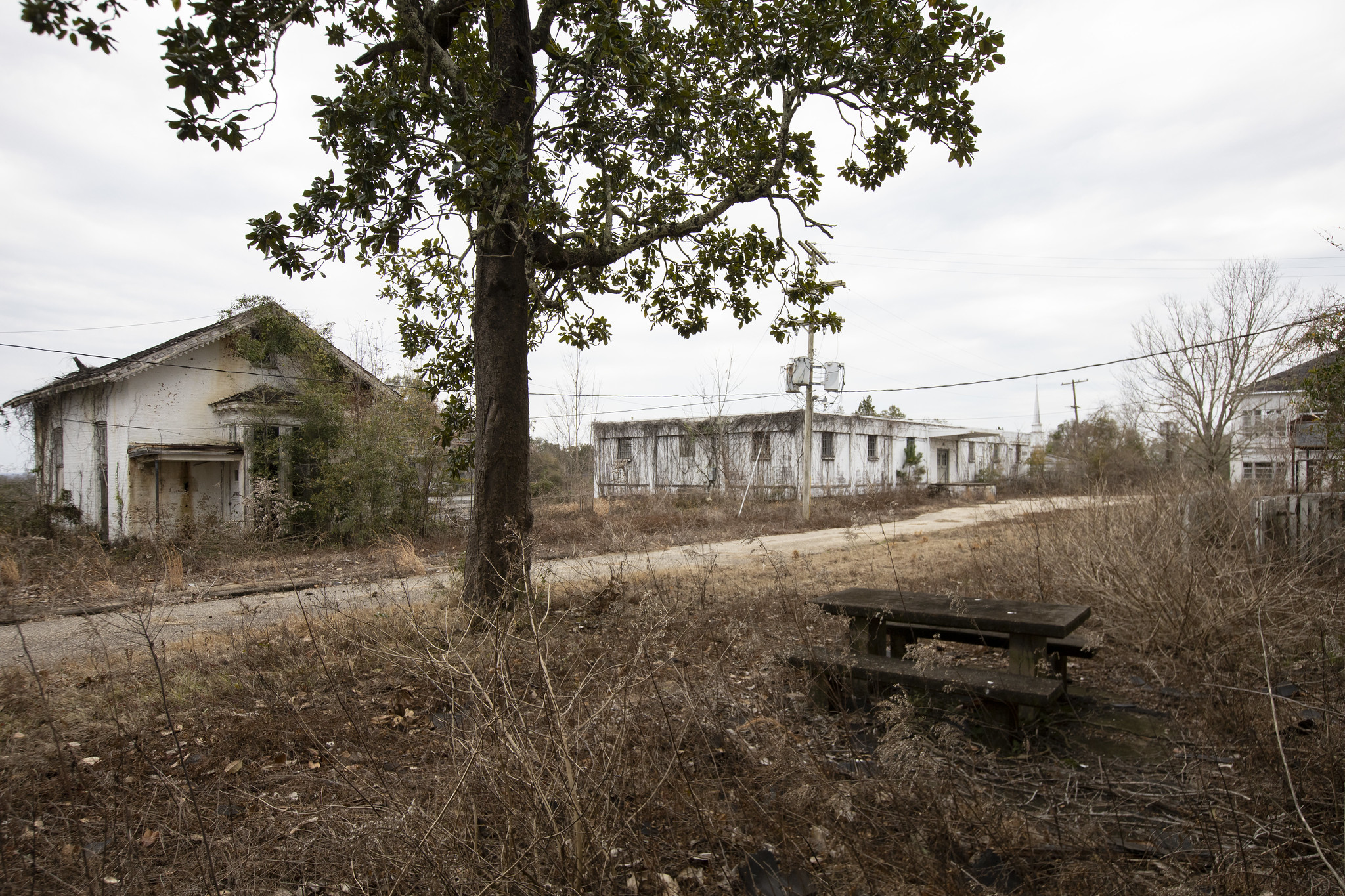
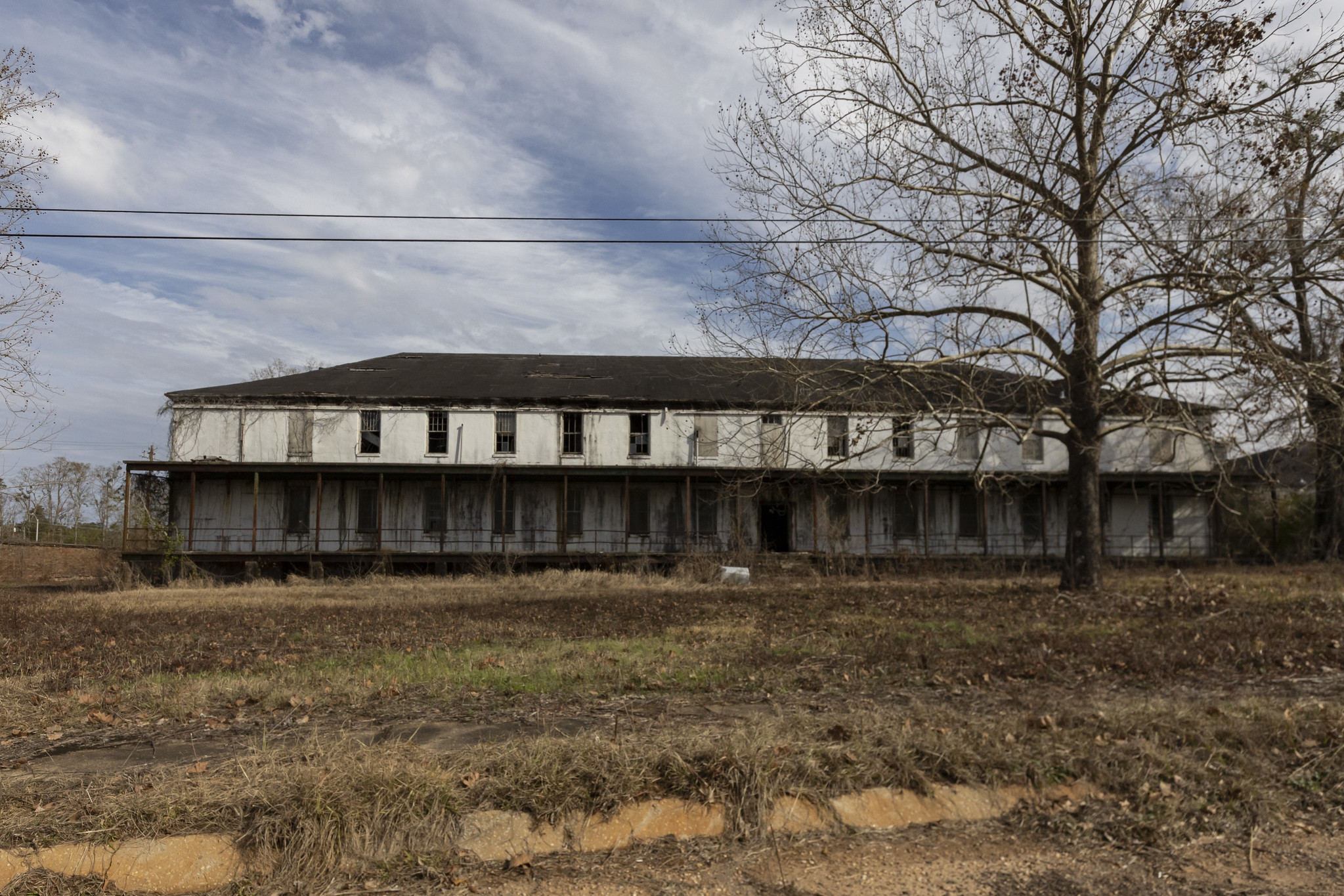
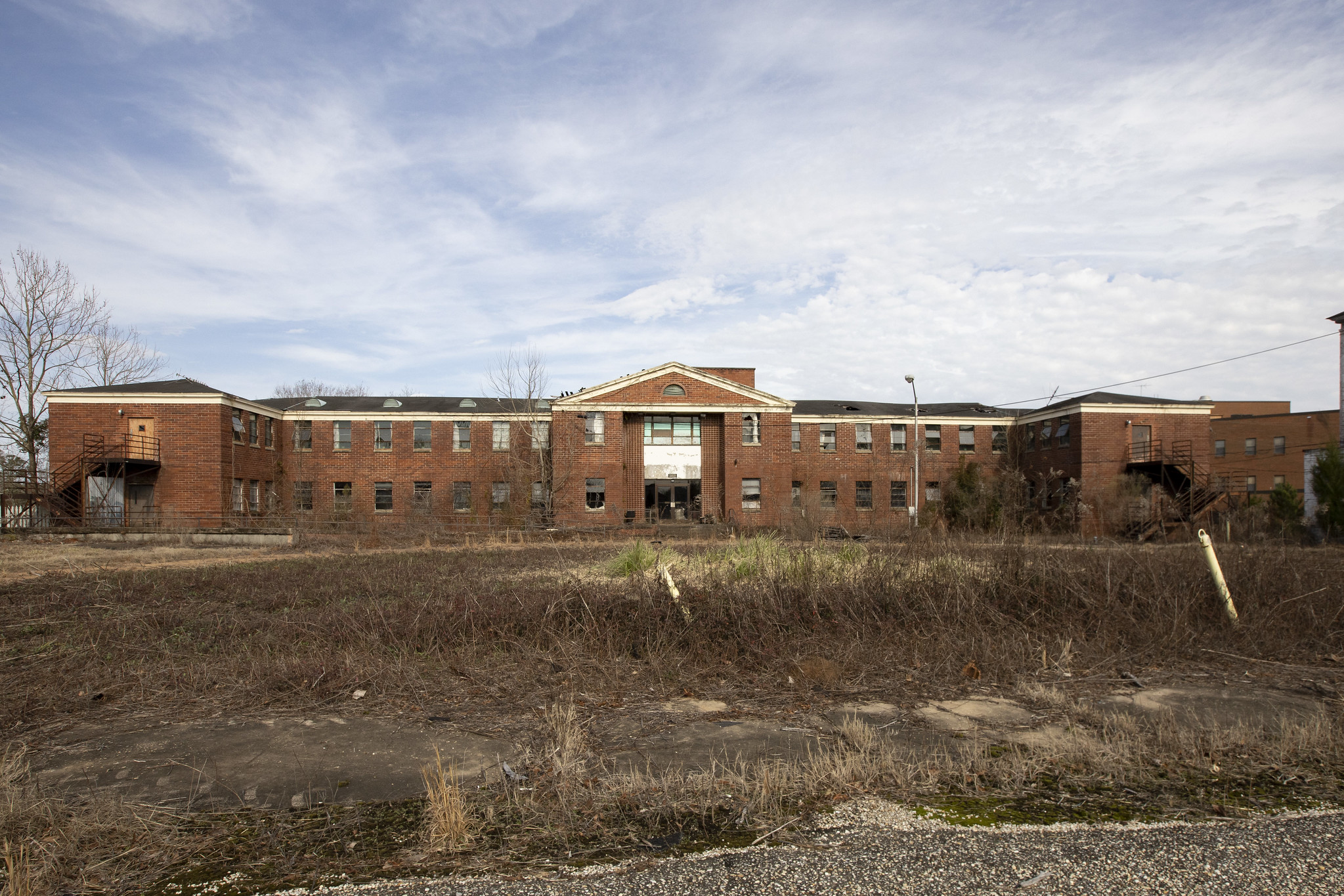
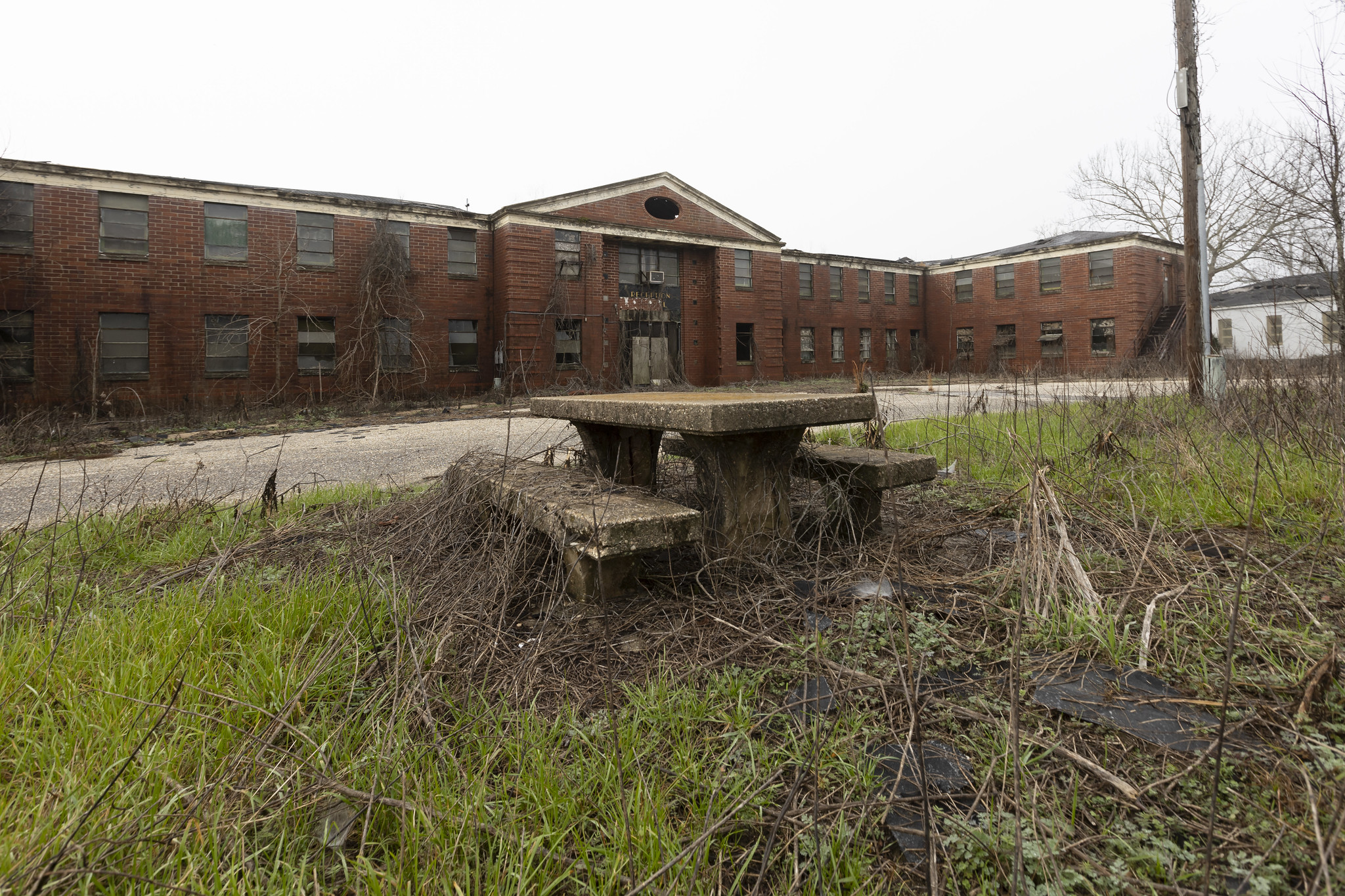
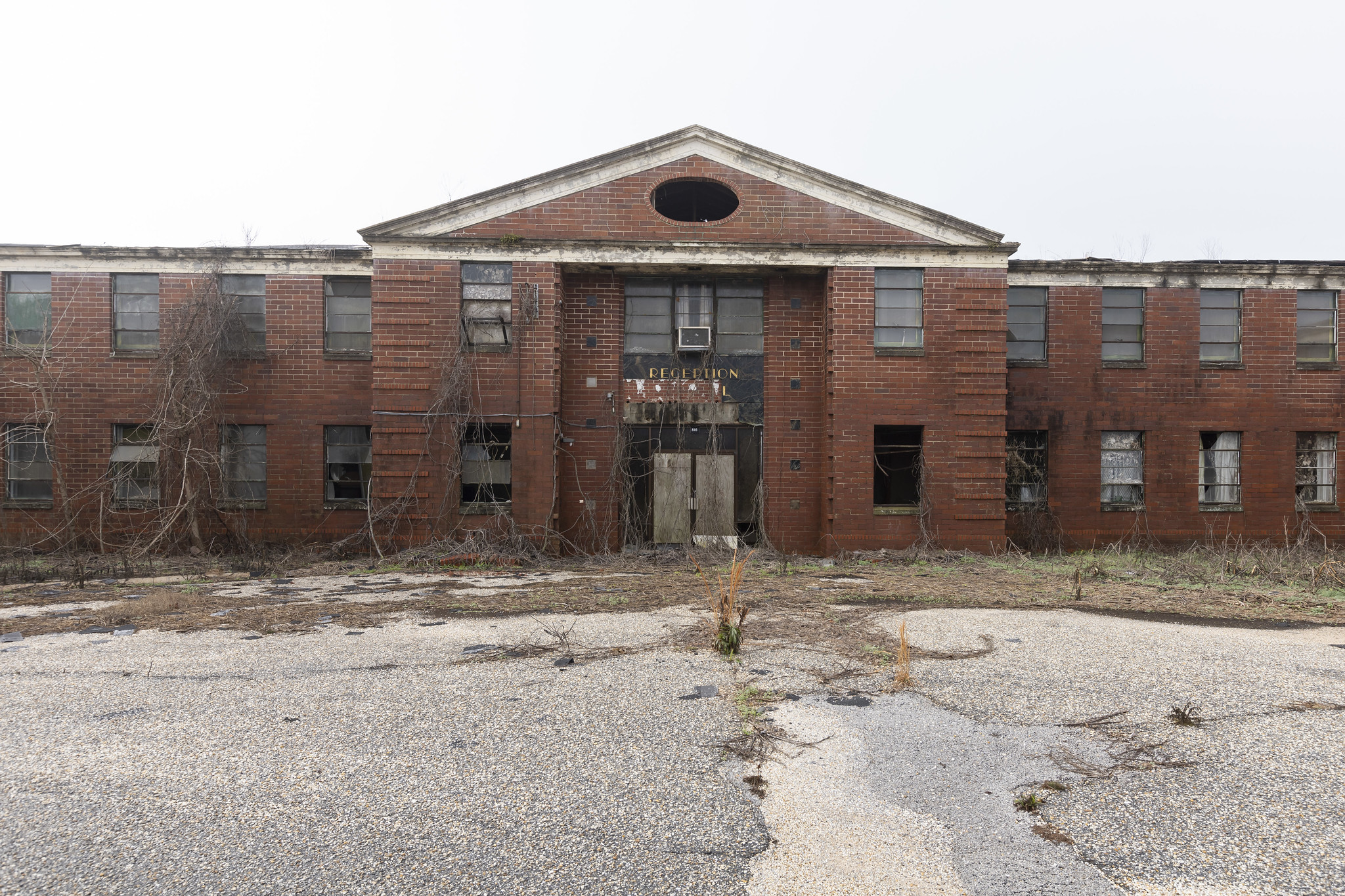
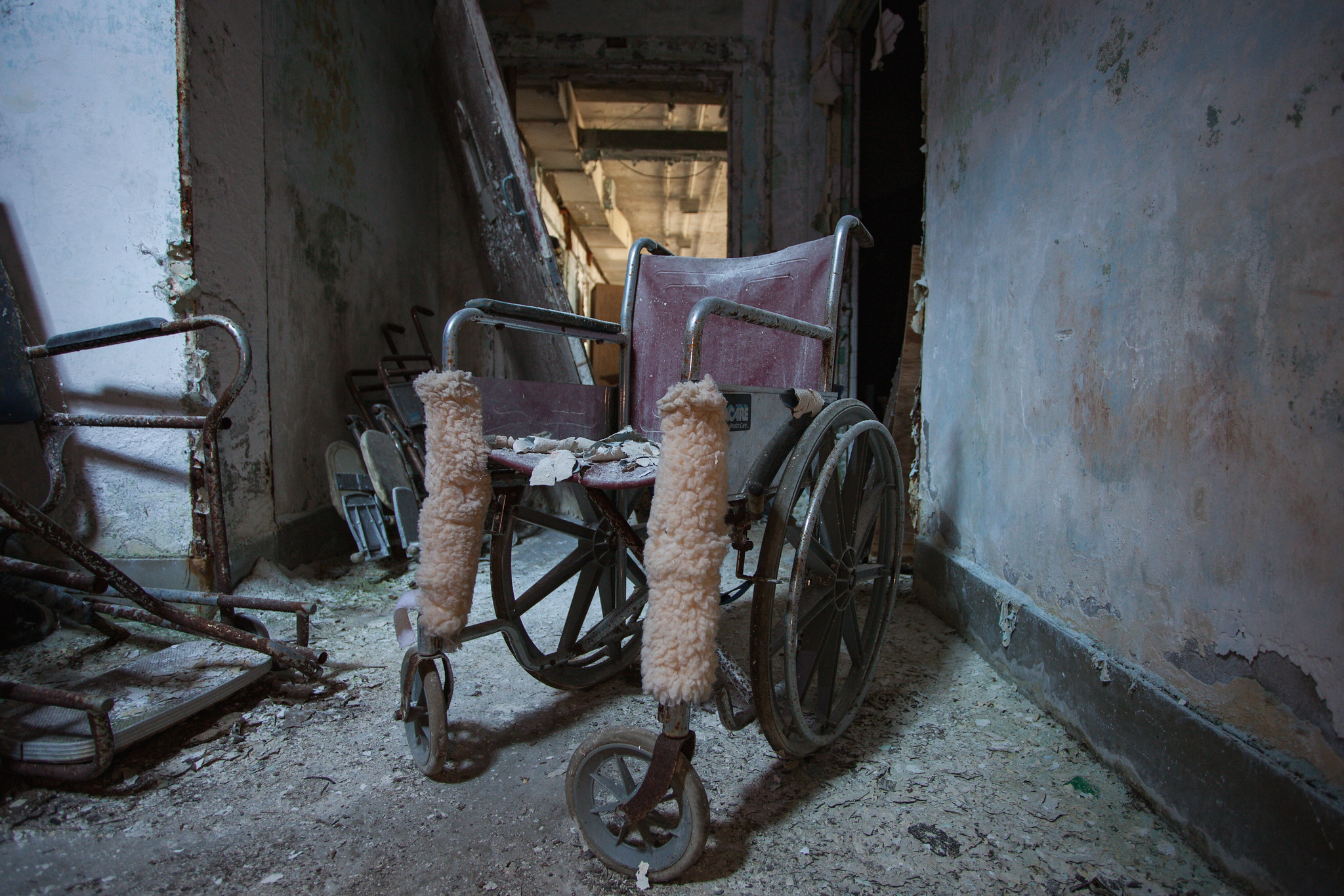
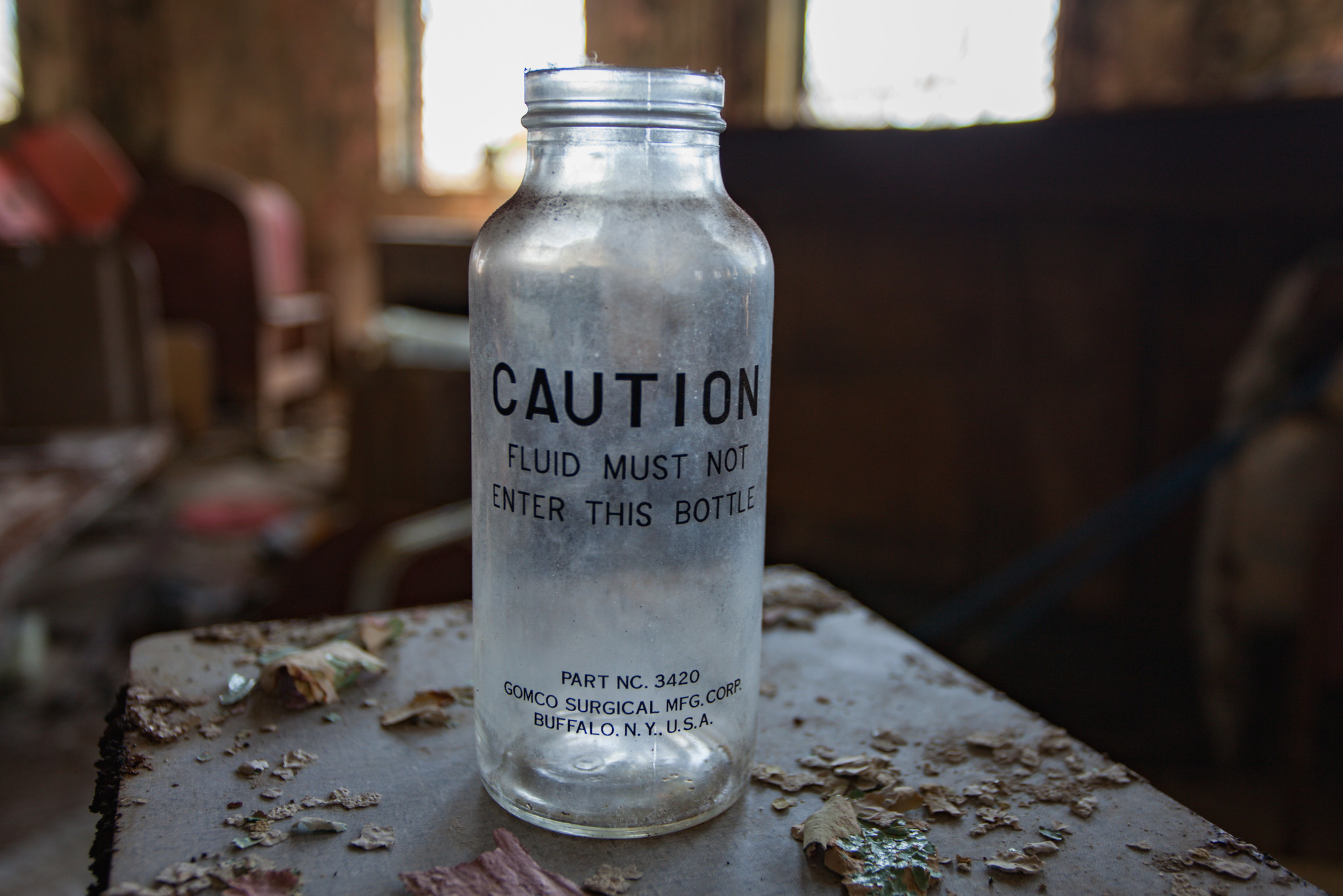
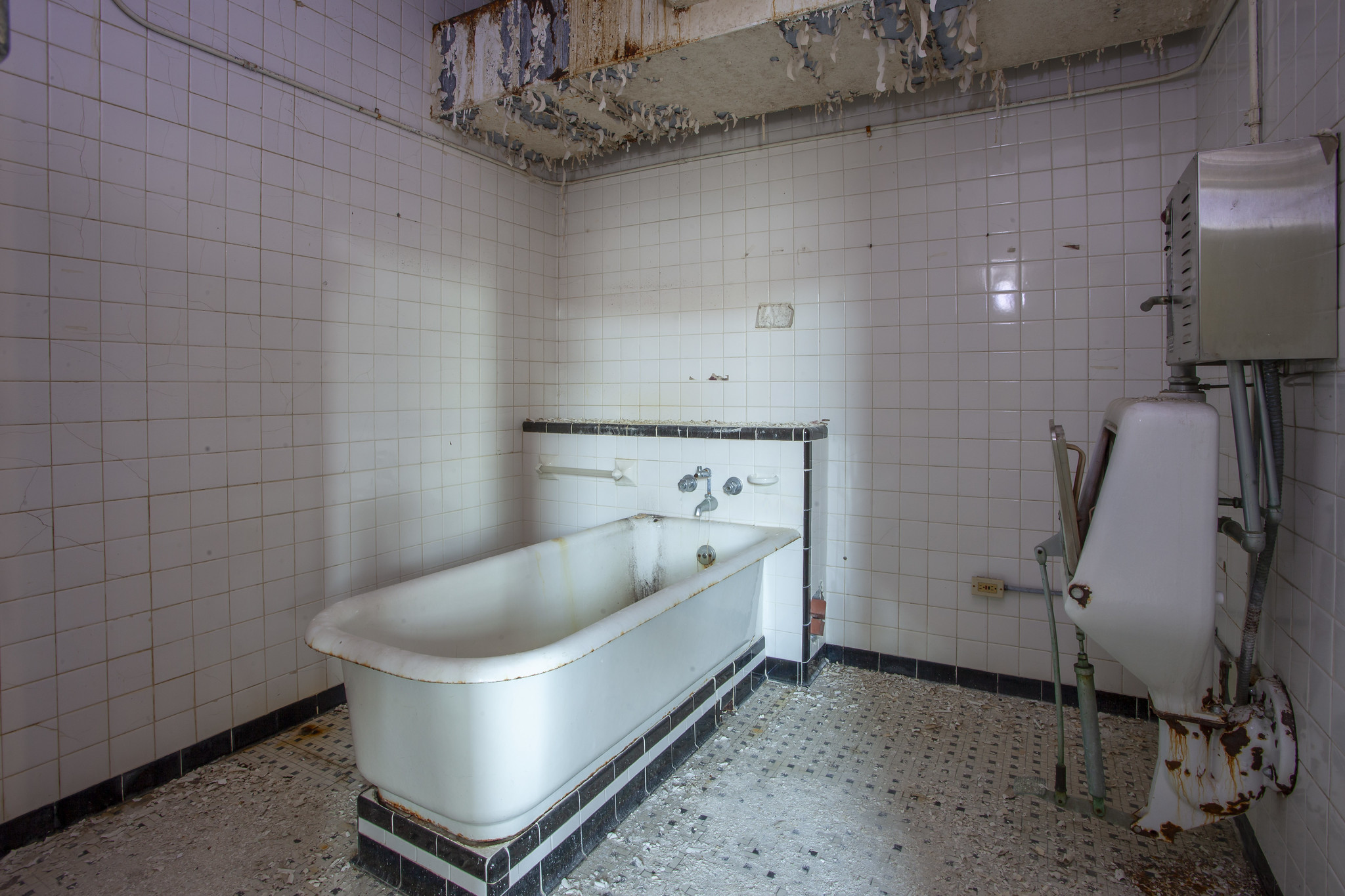
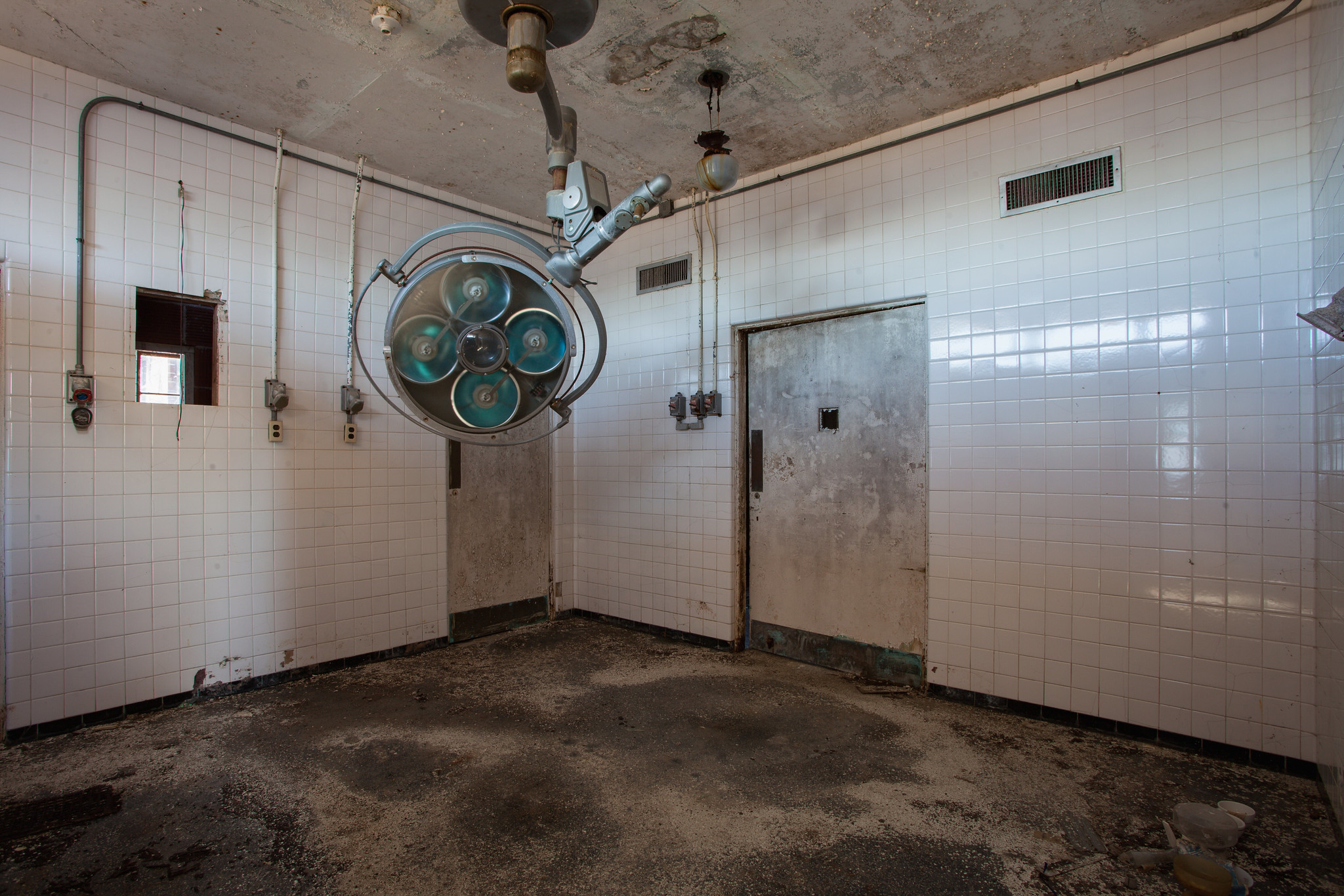
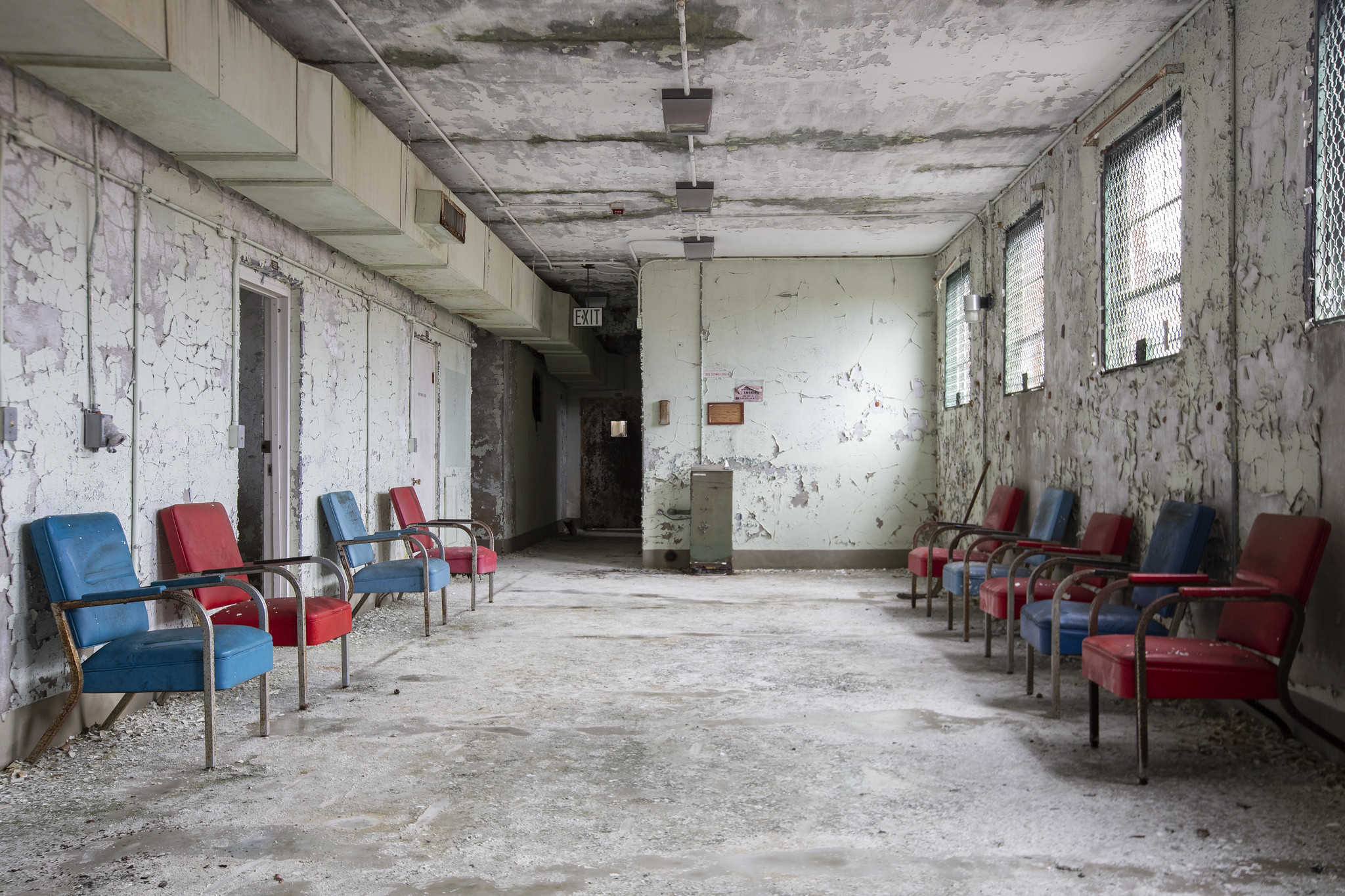
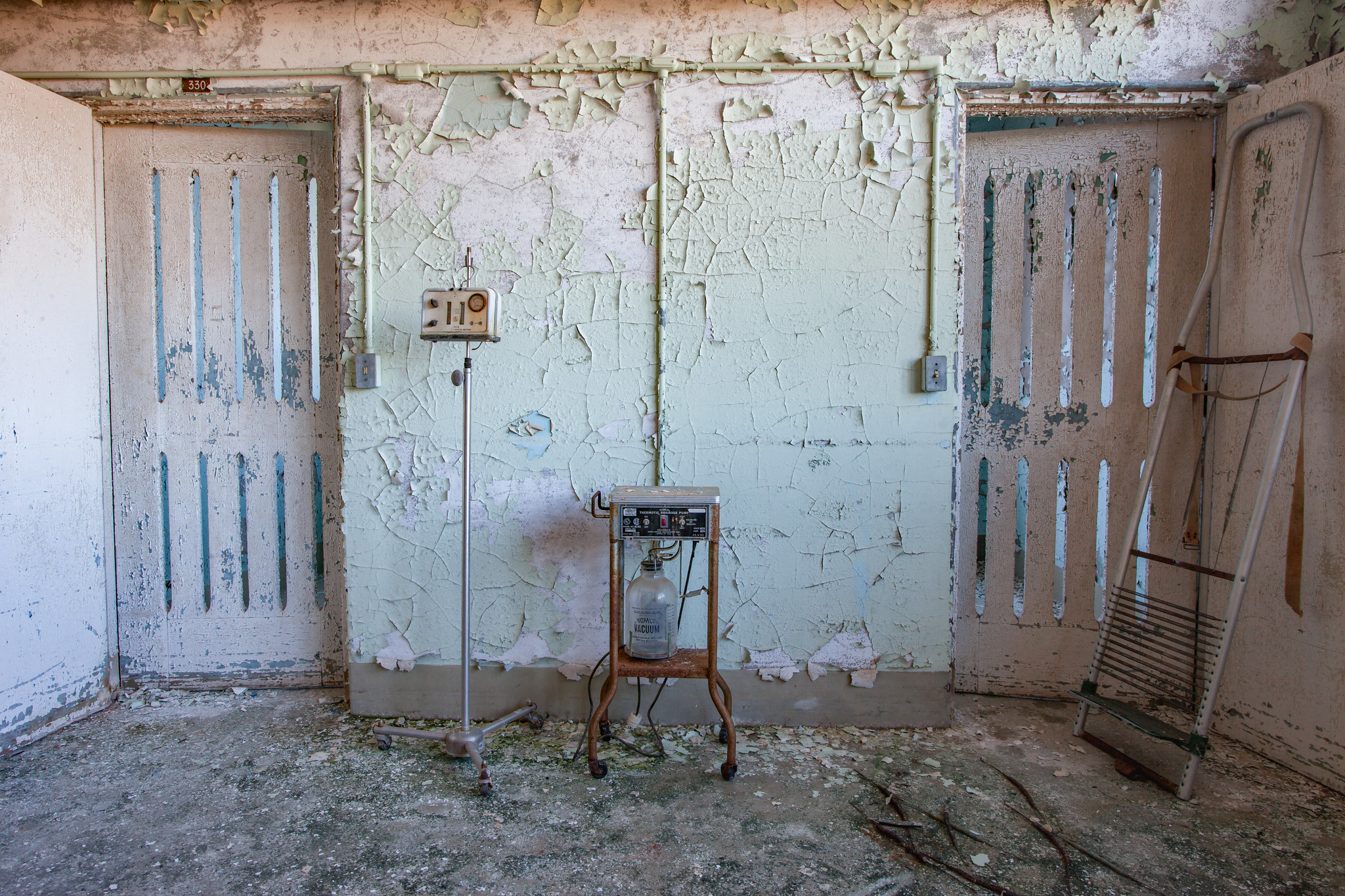
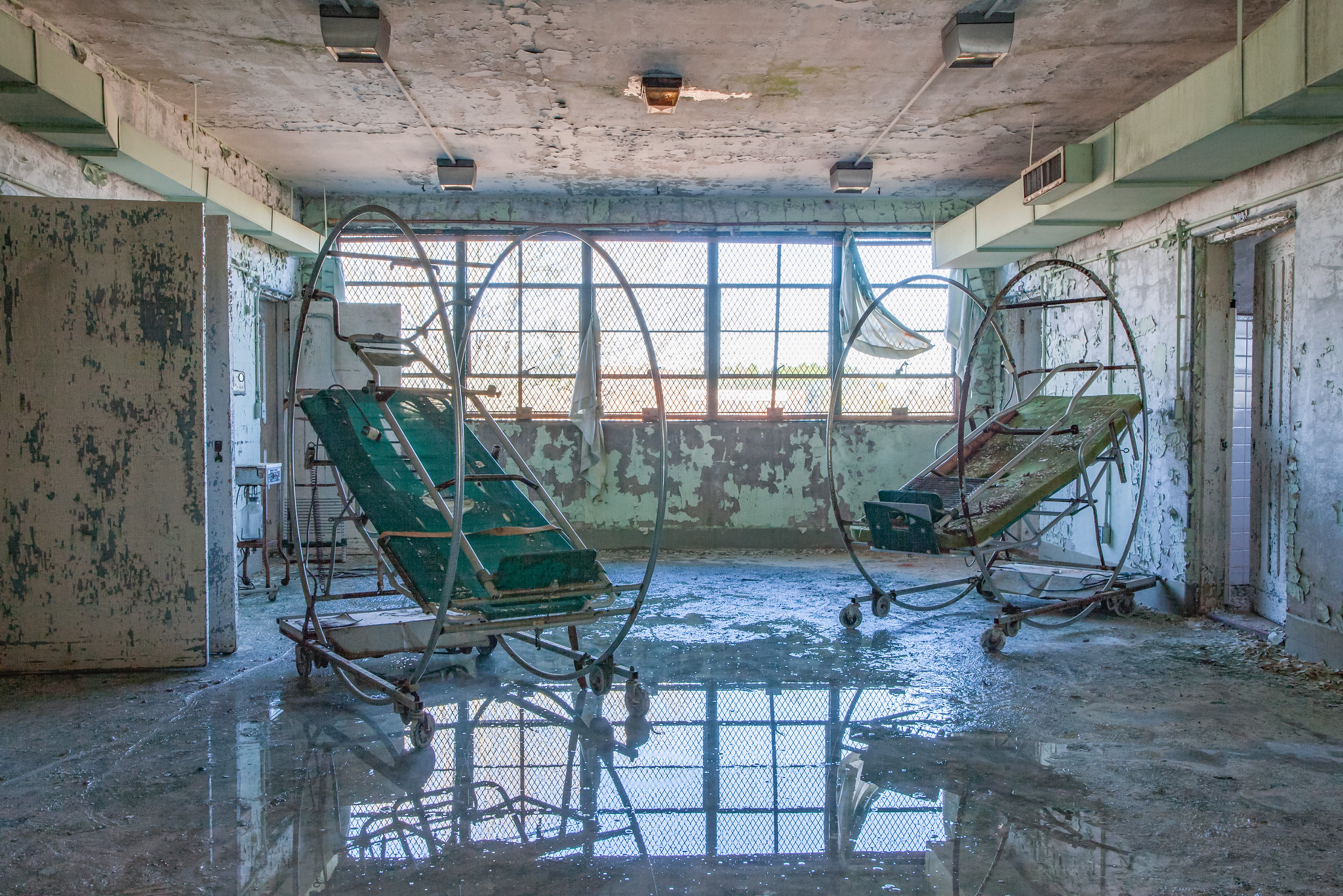
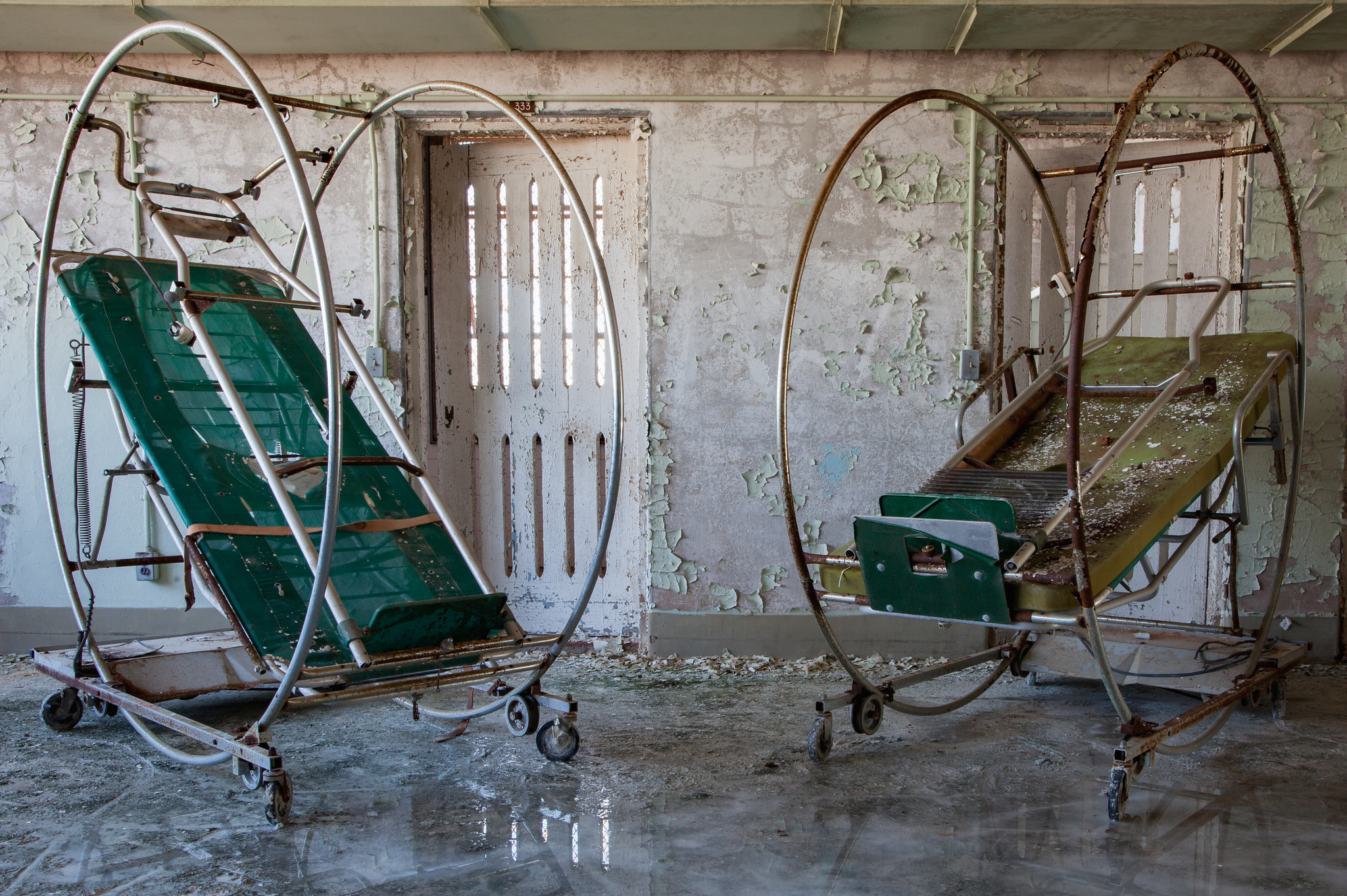
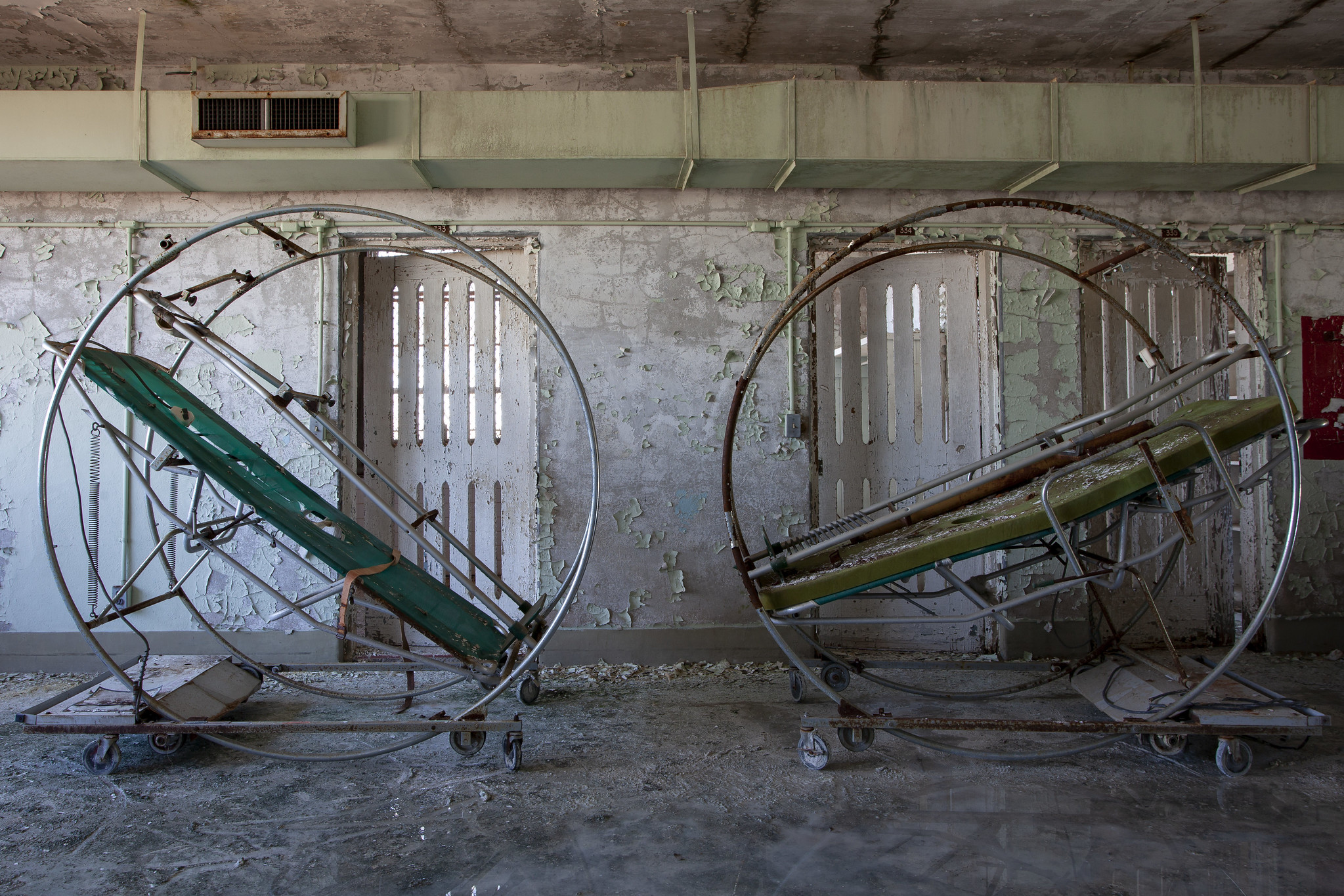
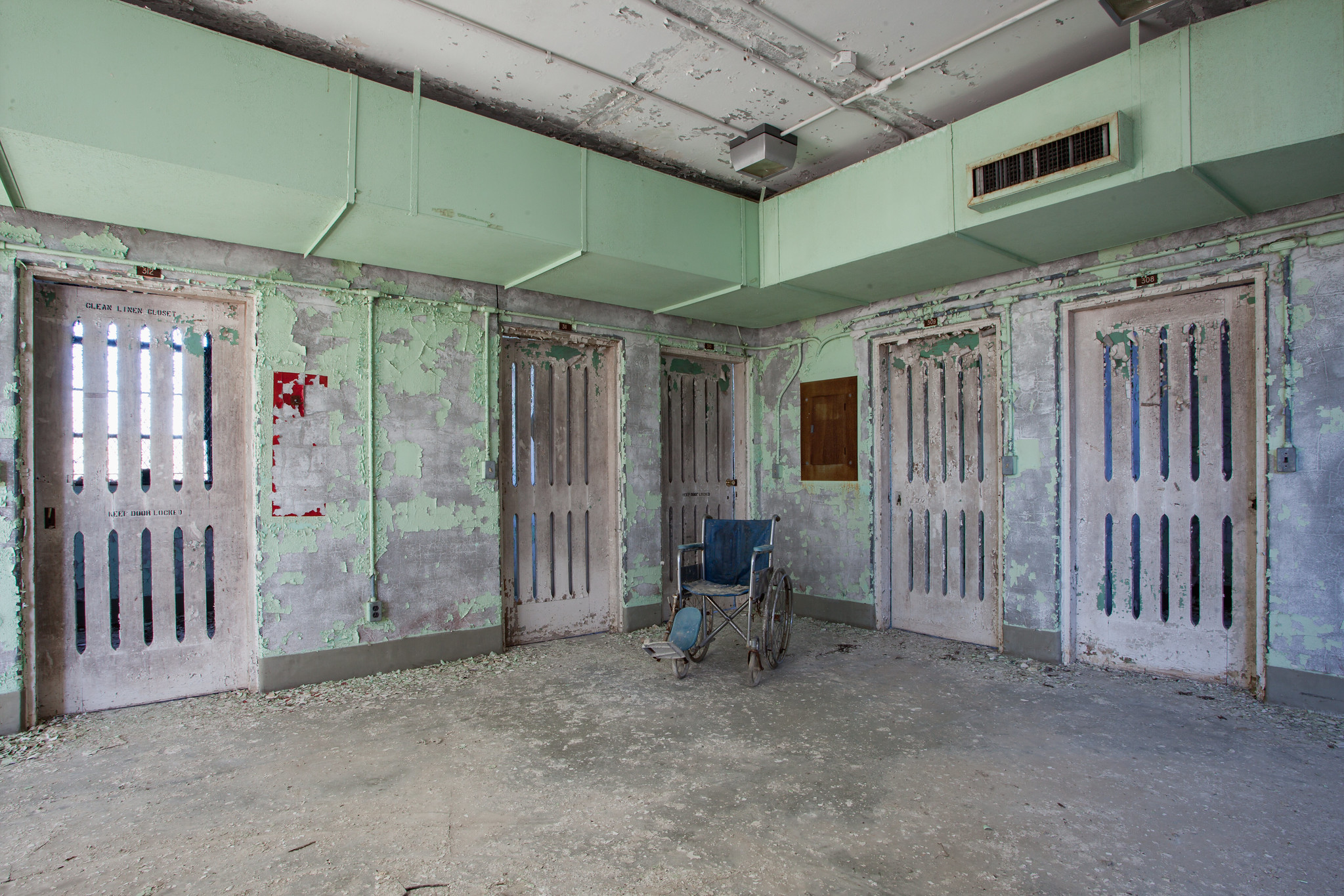
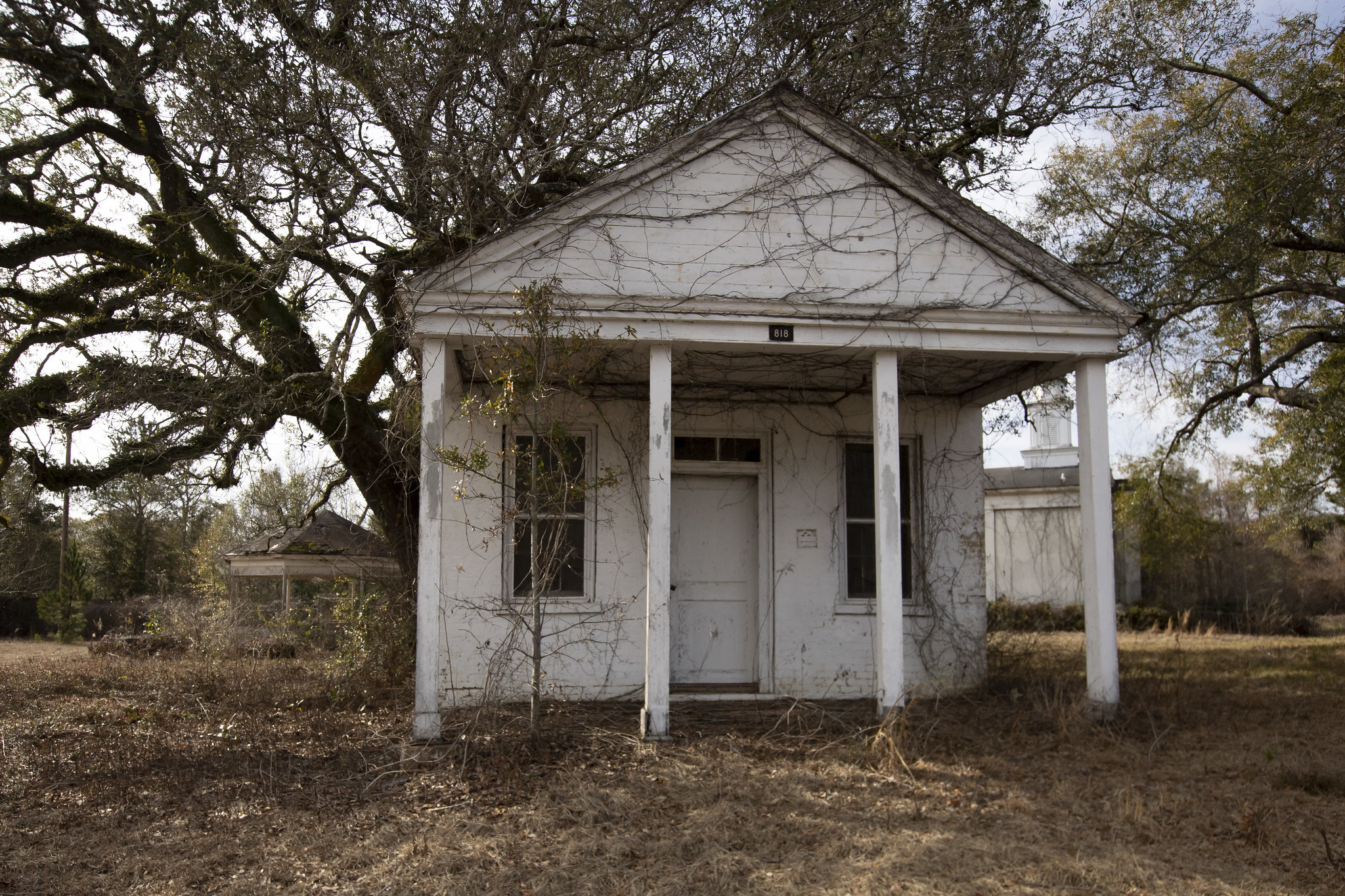
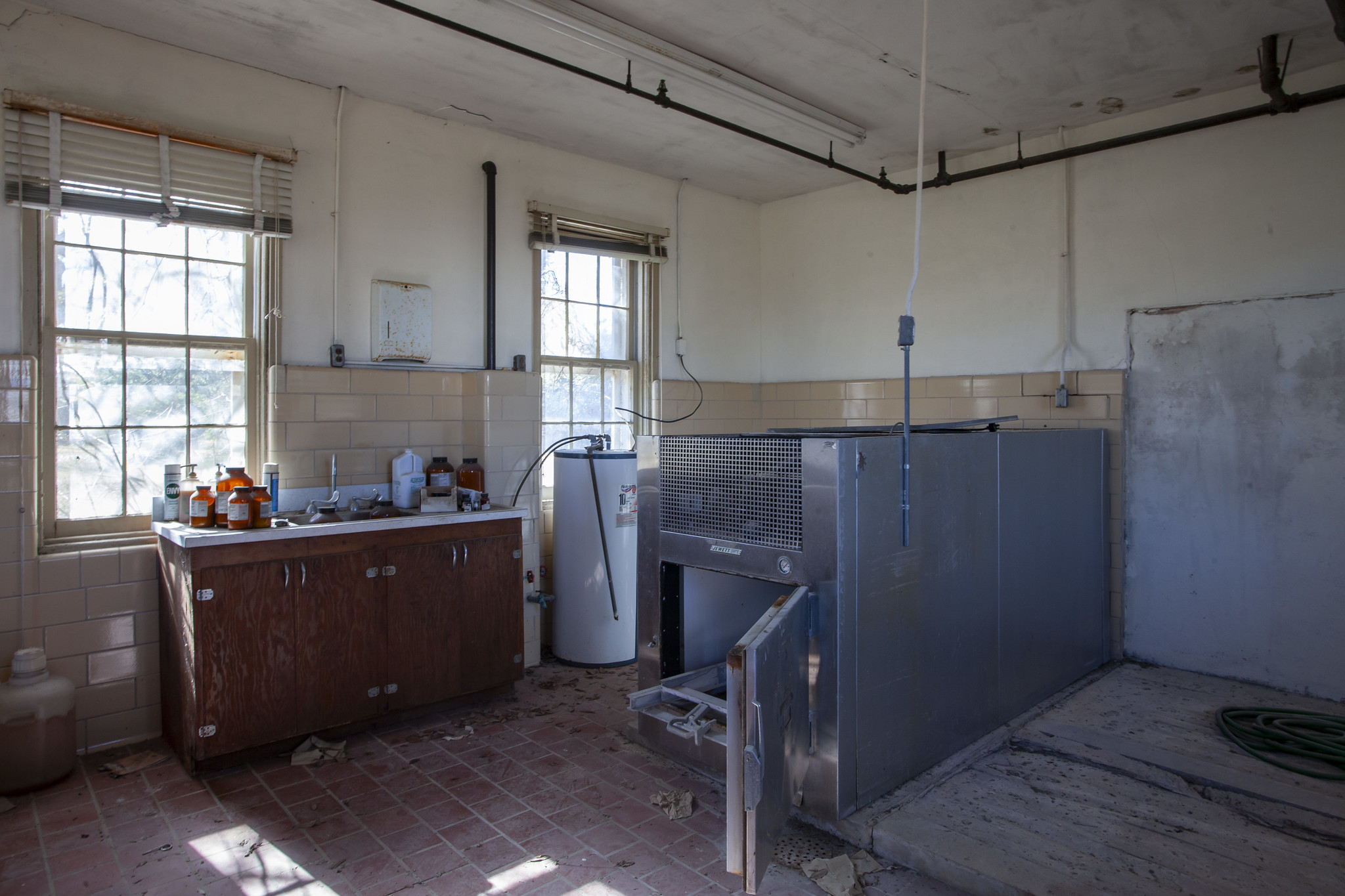
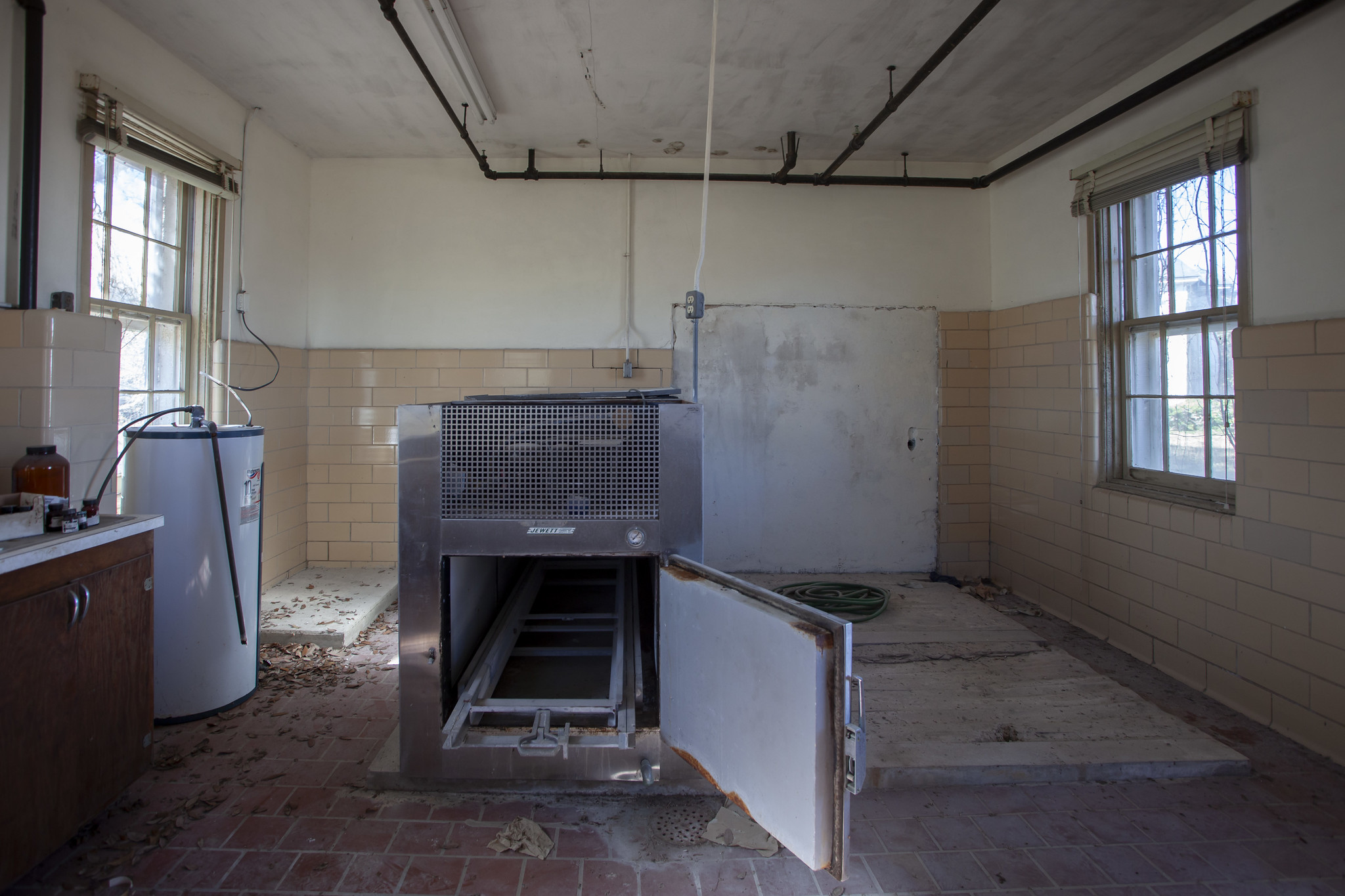
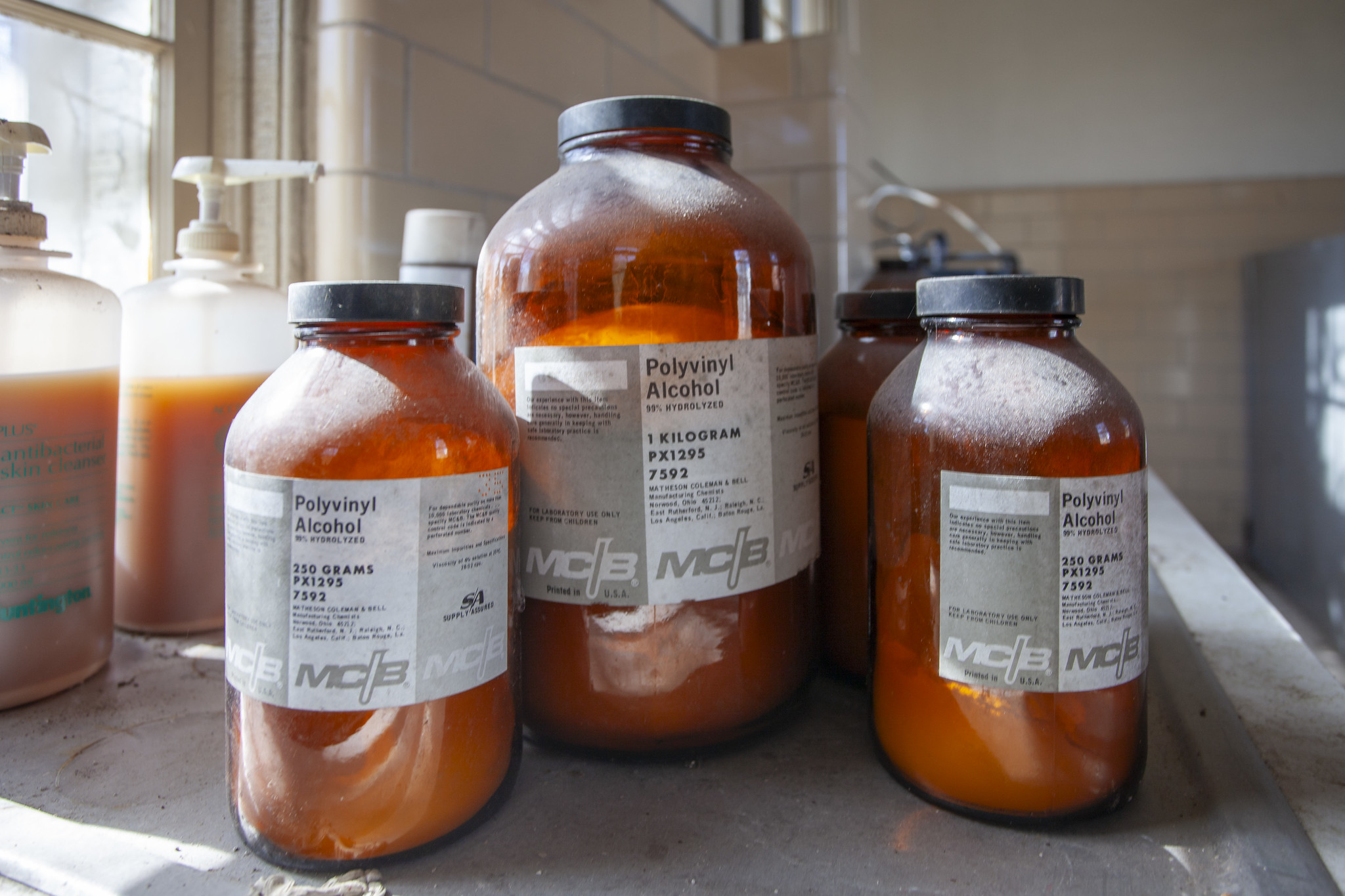
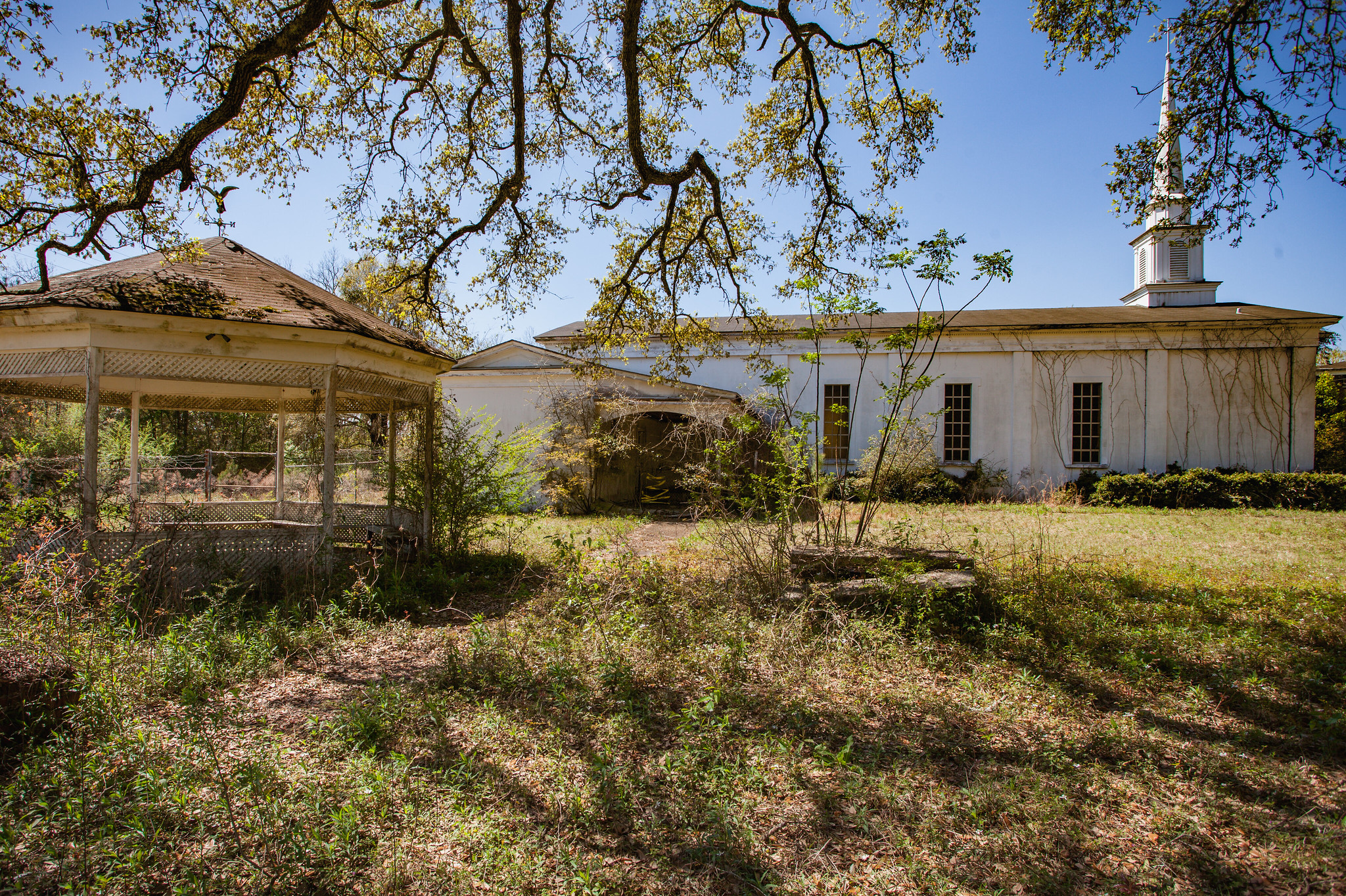
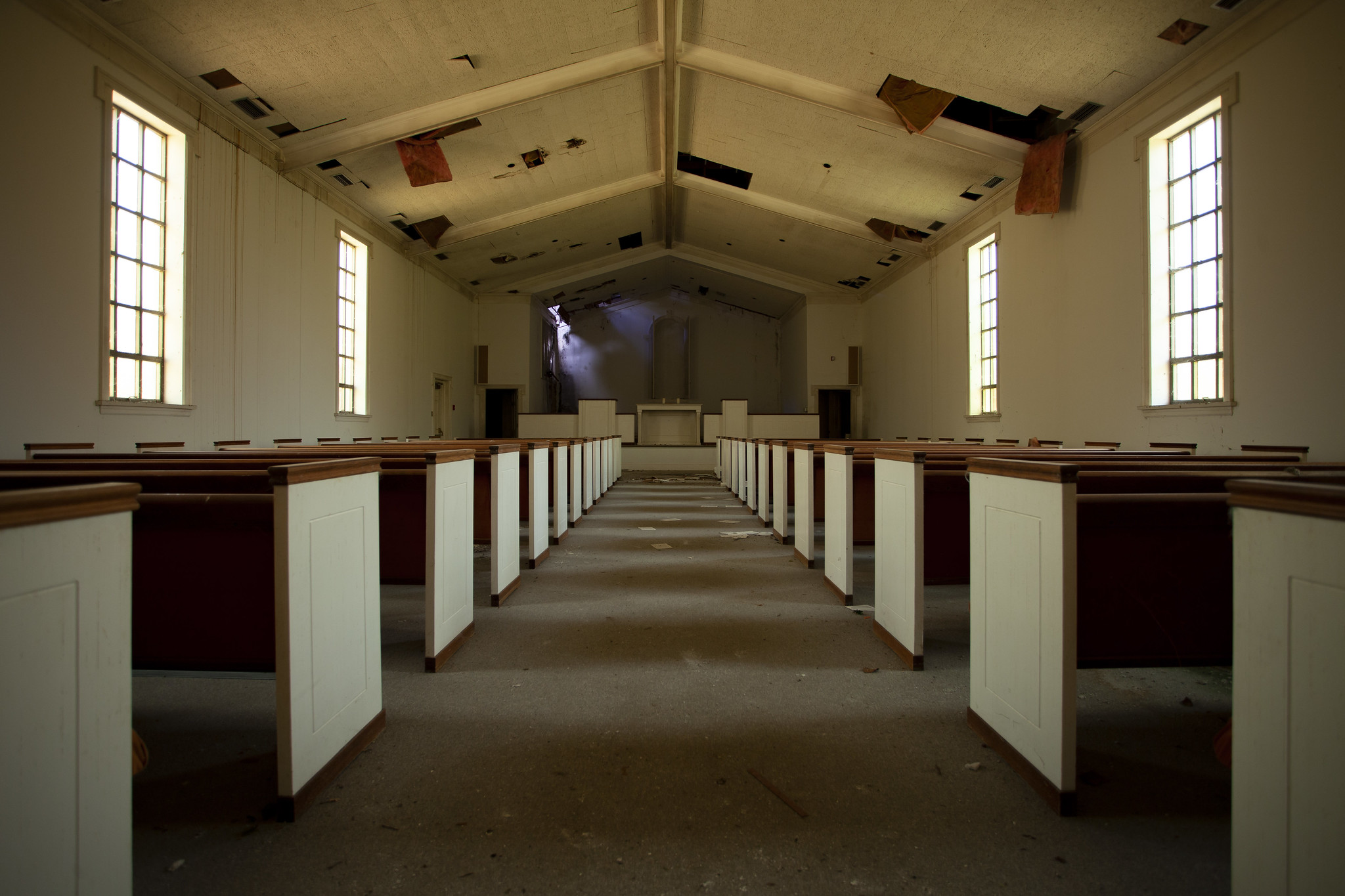
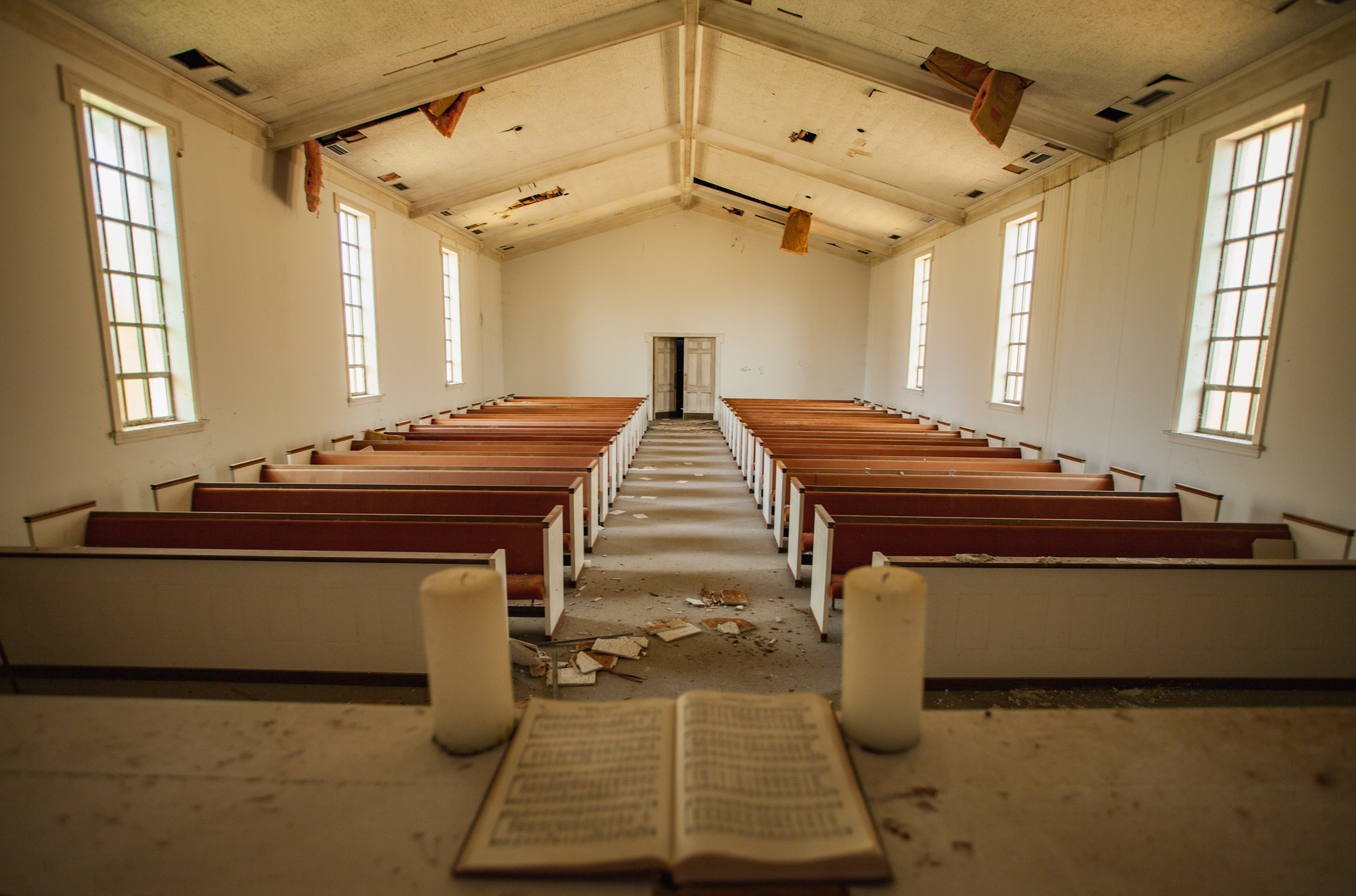
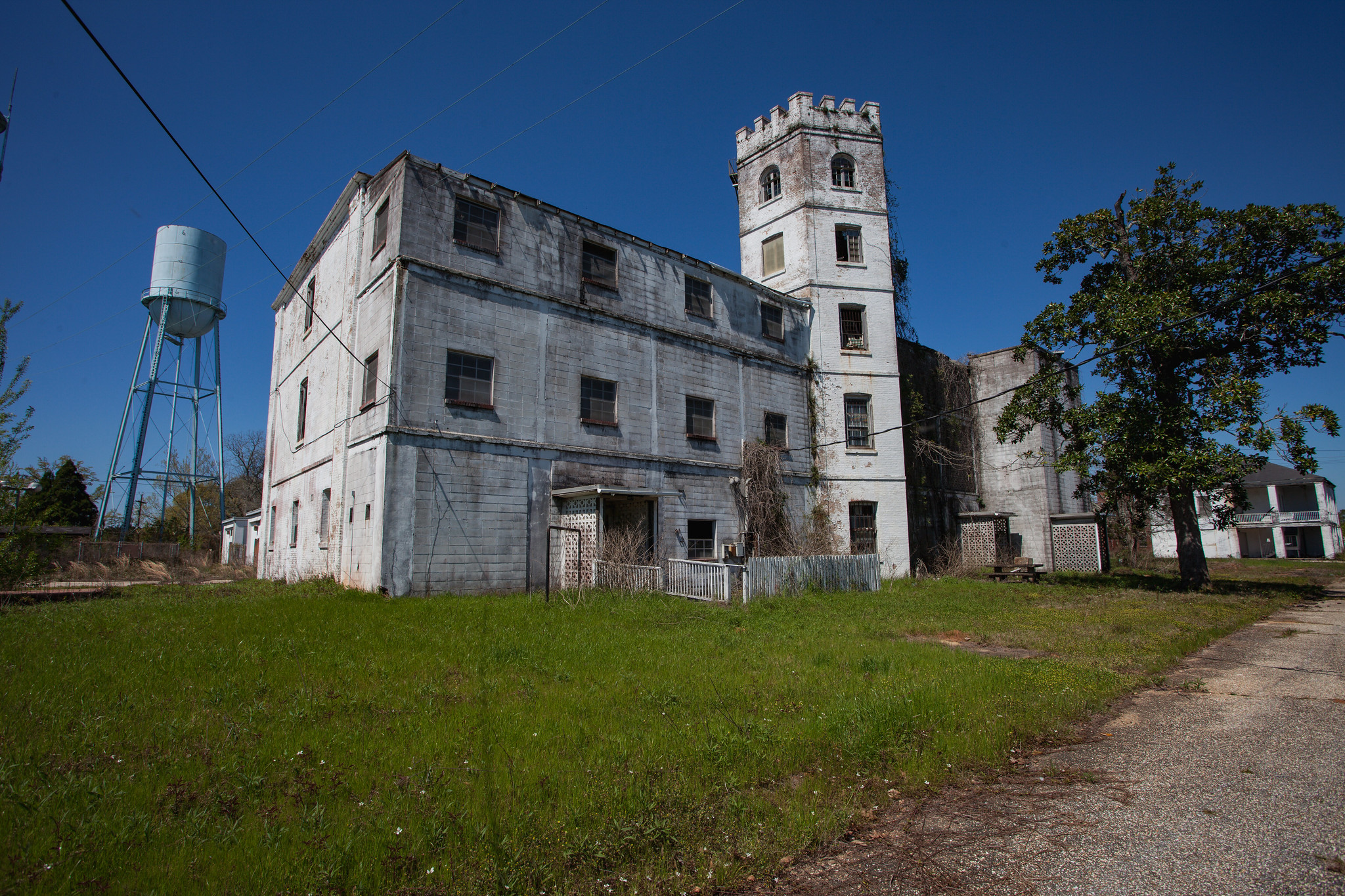
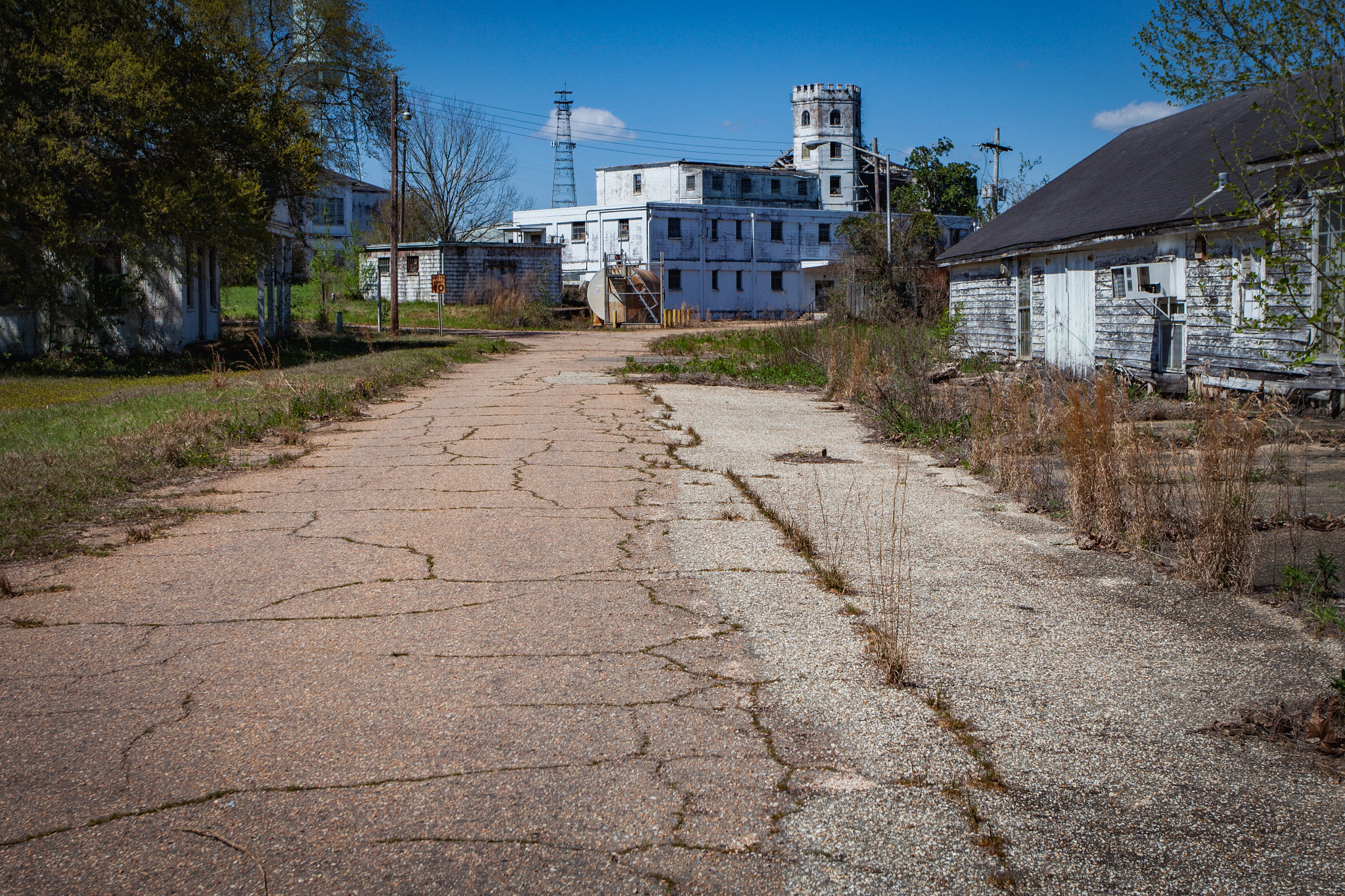
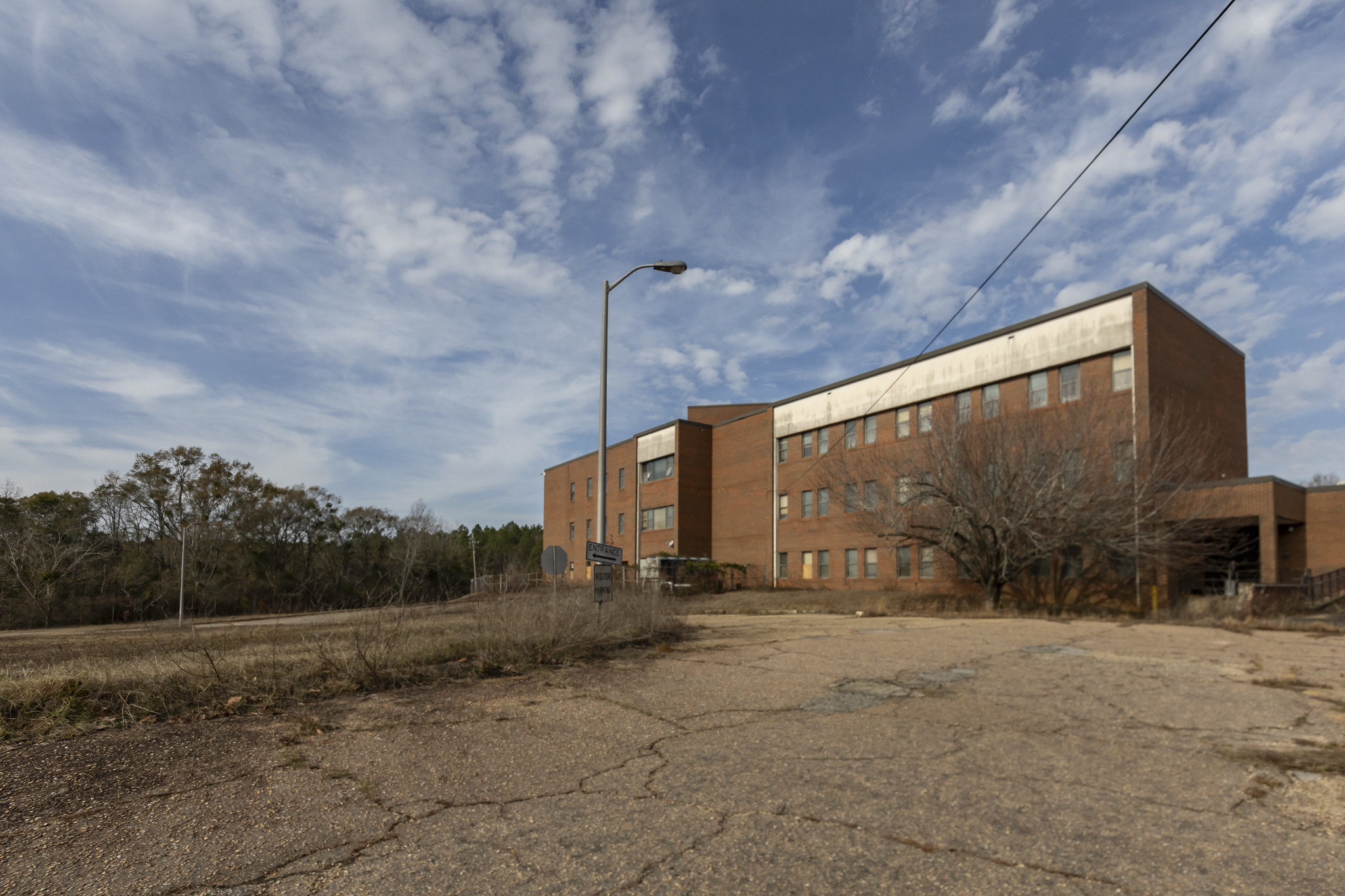
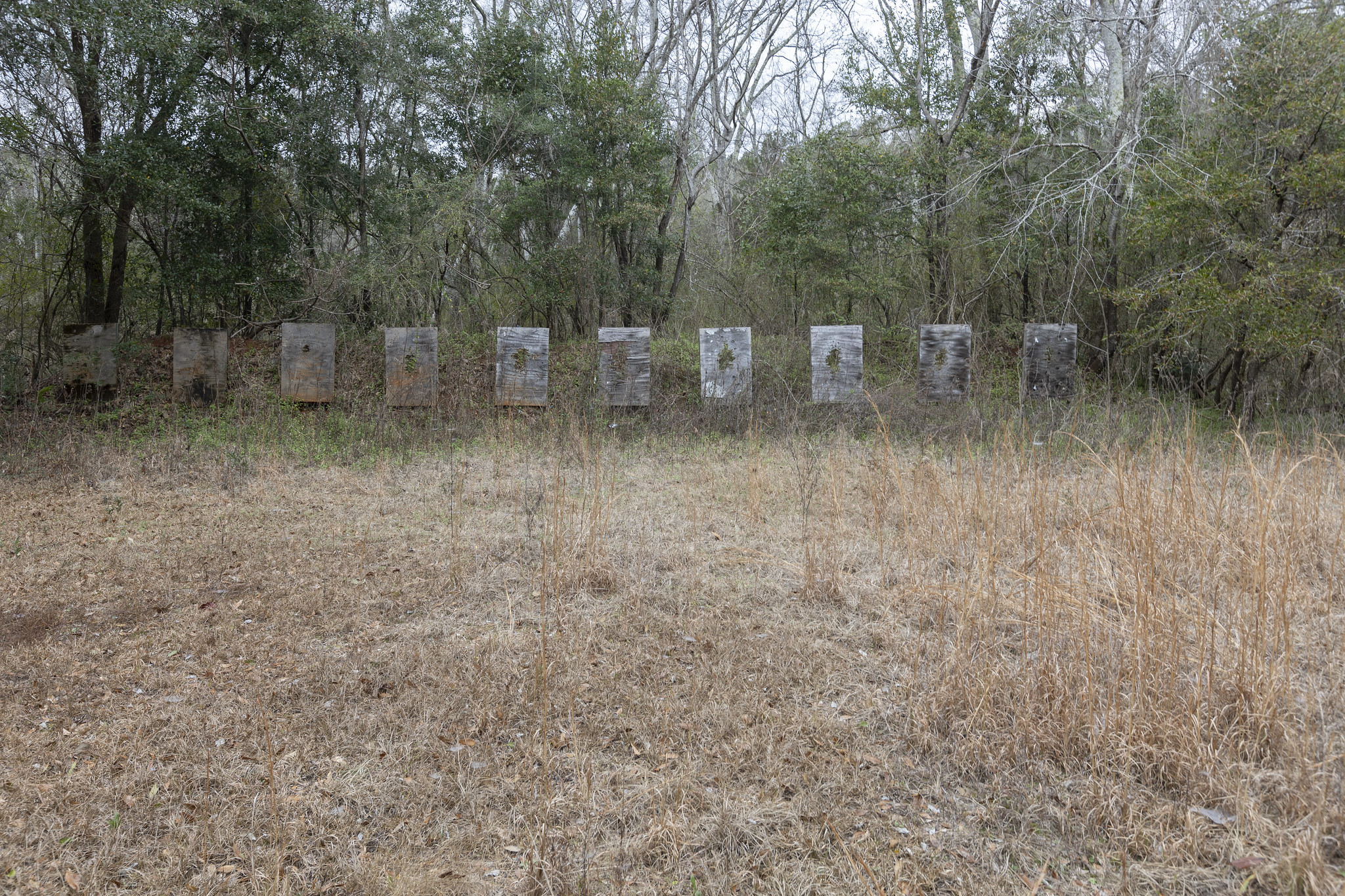
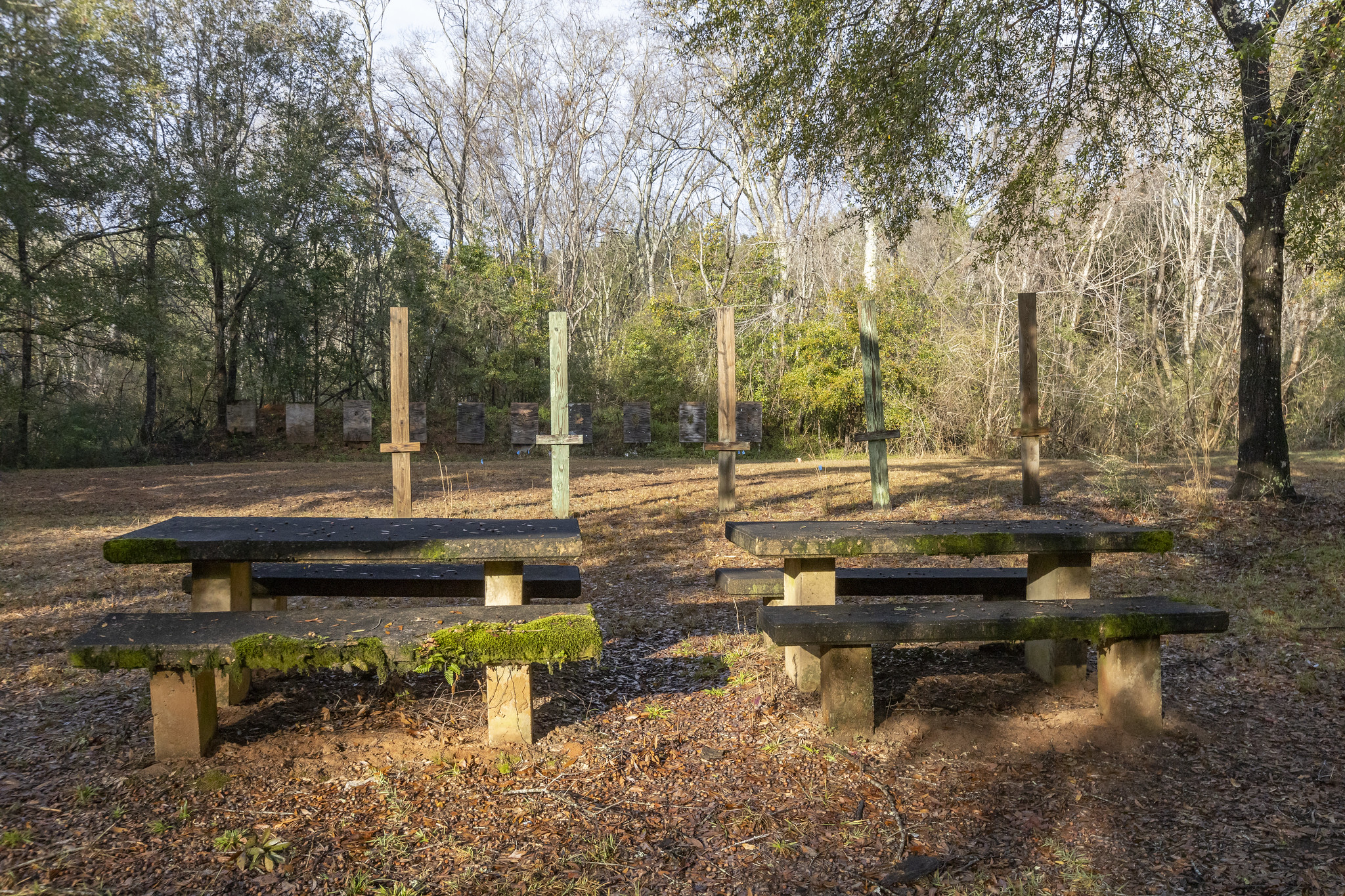
Thank you for reading. I appreciate your support. Please tell your friends about my blog.
You can find me on Facebook, Instagram, and TikTok. More photos of Searcy Hospital are included in my book Abandoned Alabama: Exploring the Heart of Dixie. For more abandoned places from across the Southeast, check out my photography books.
Source: https://numerologybox.com
Category: Abandoned Place

